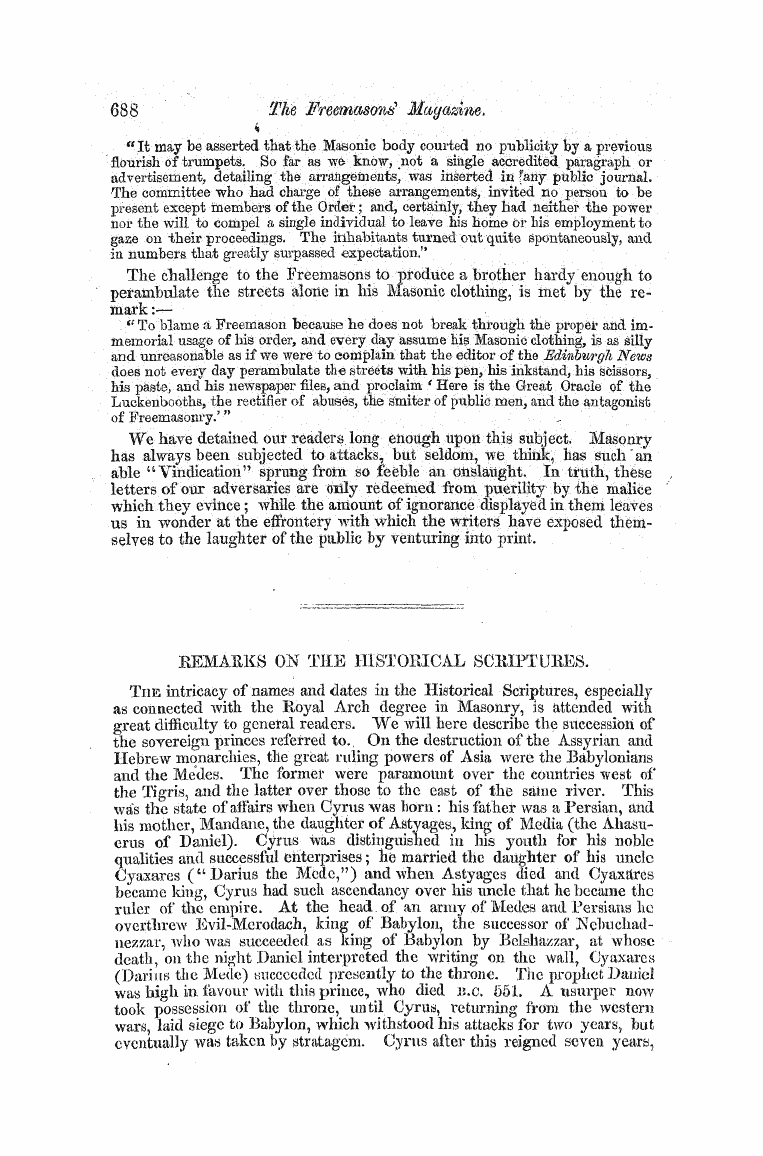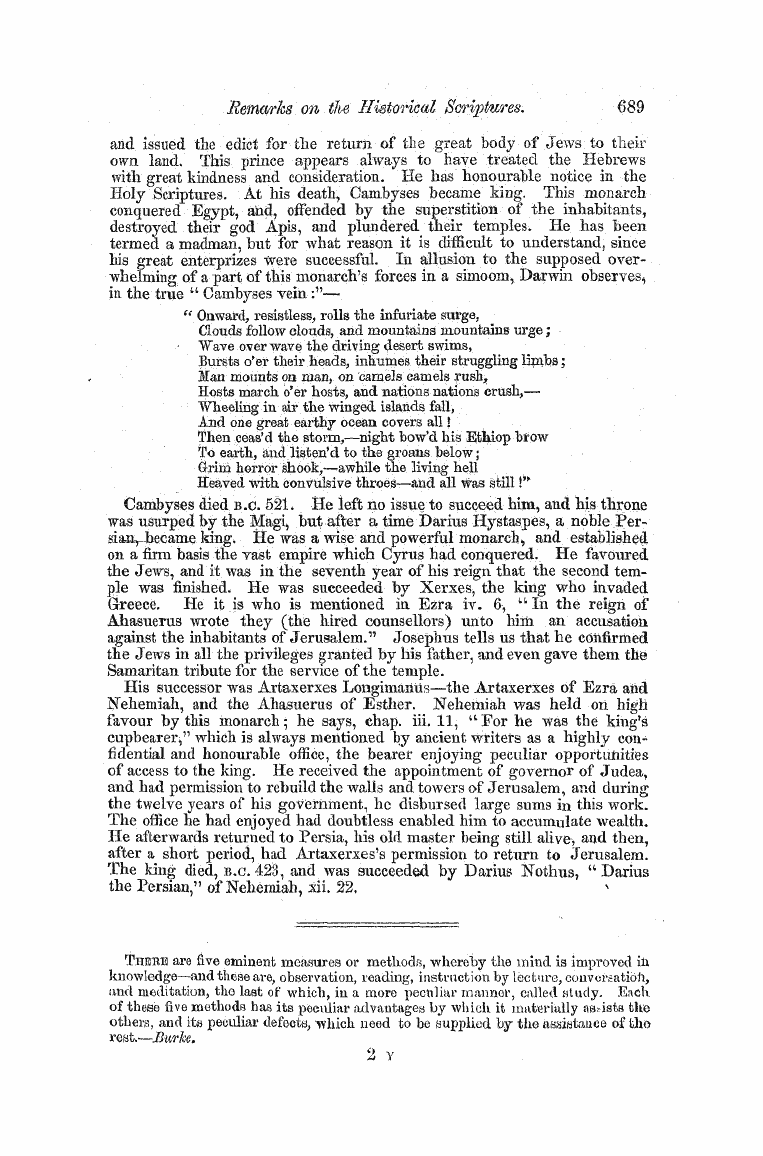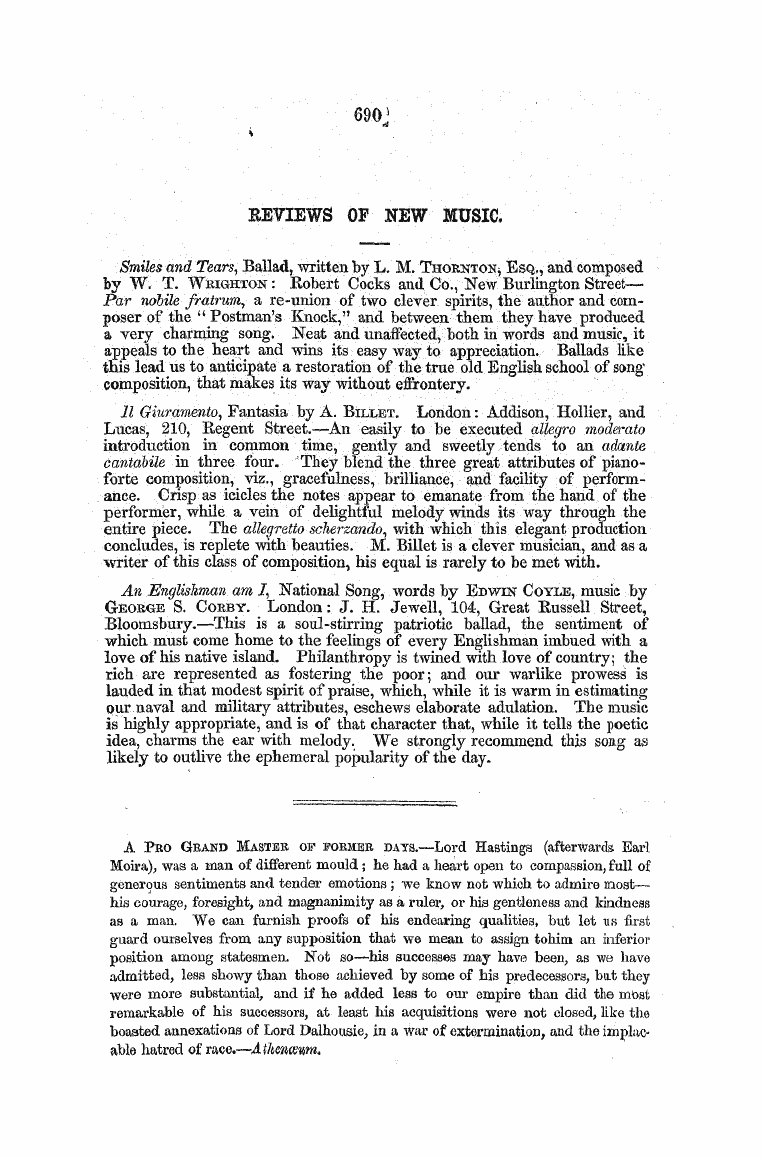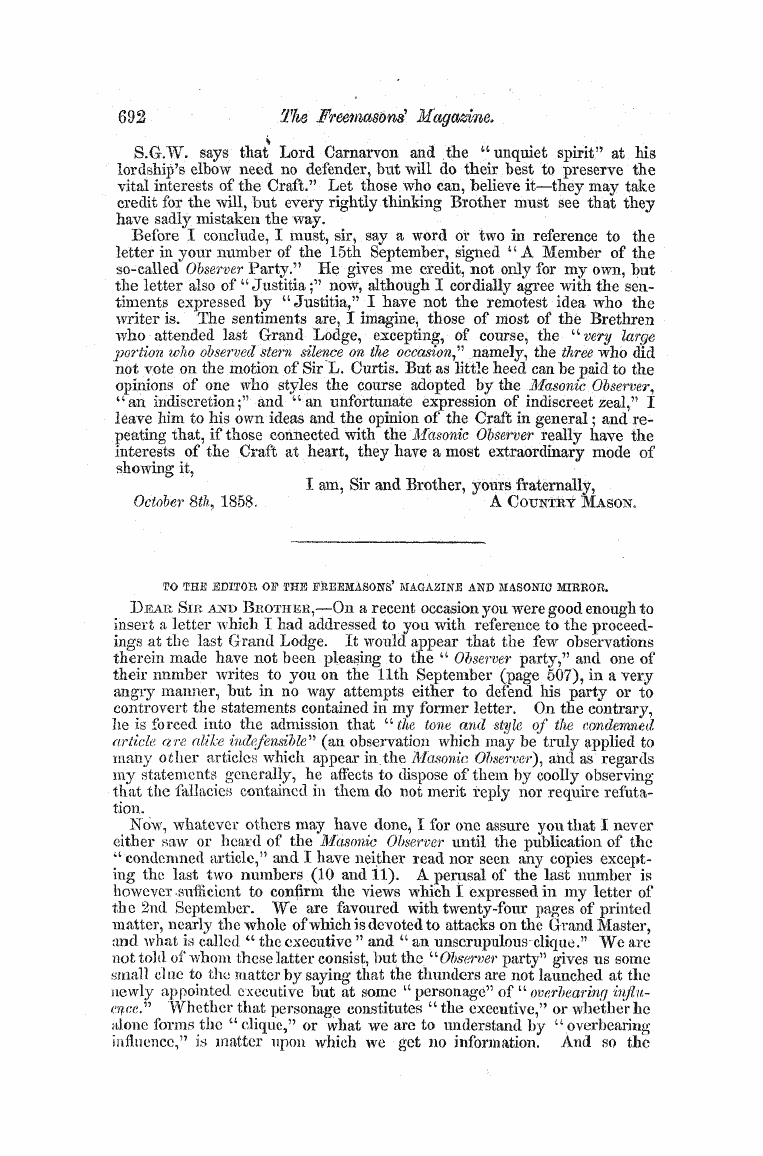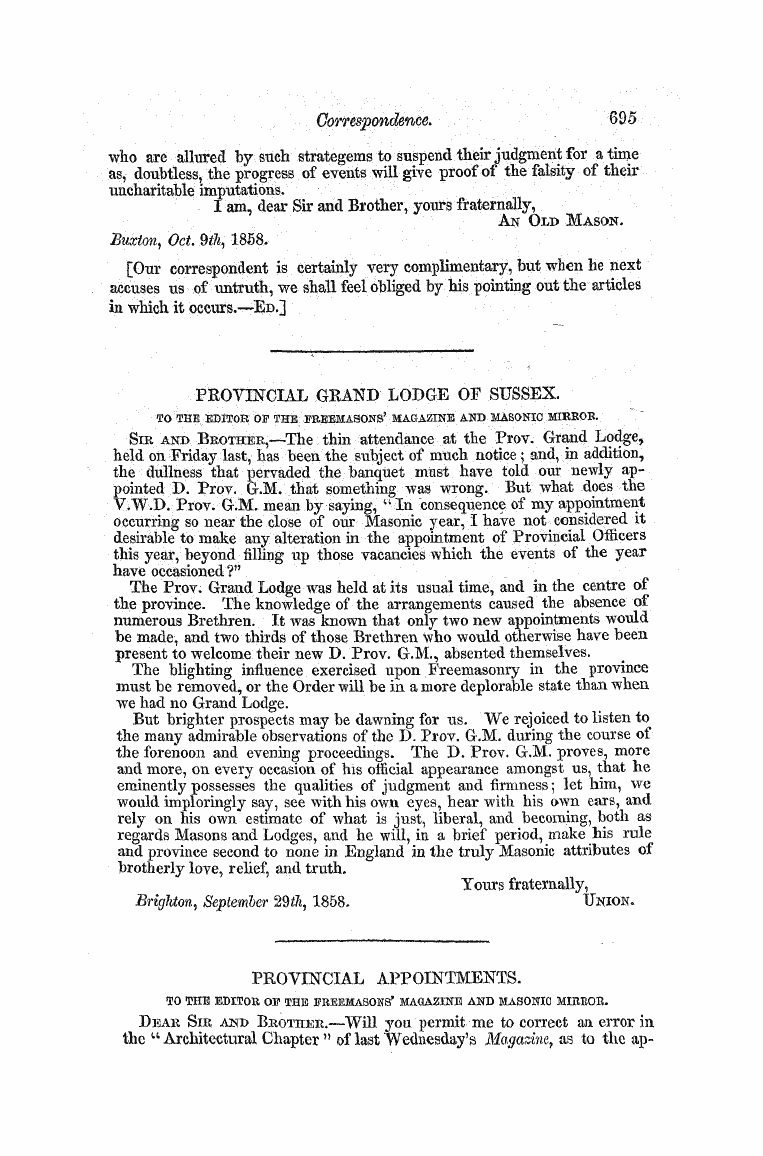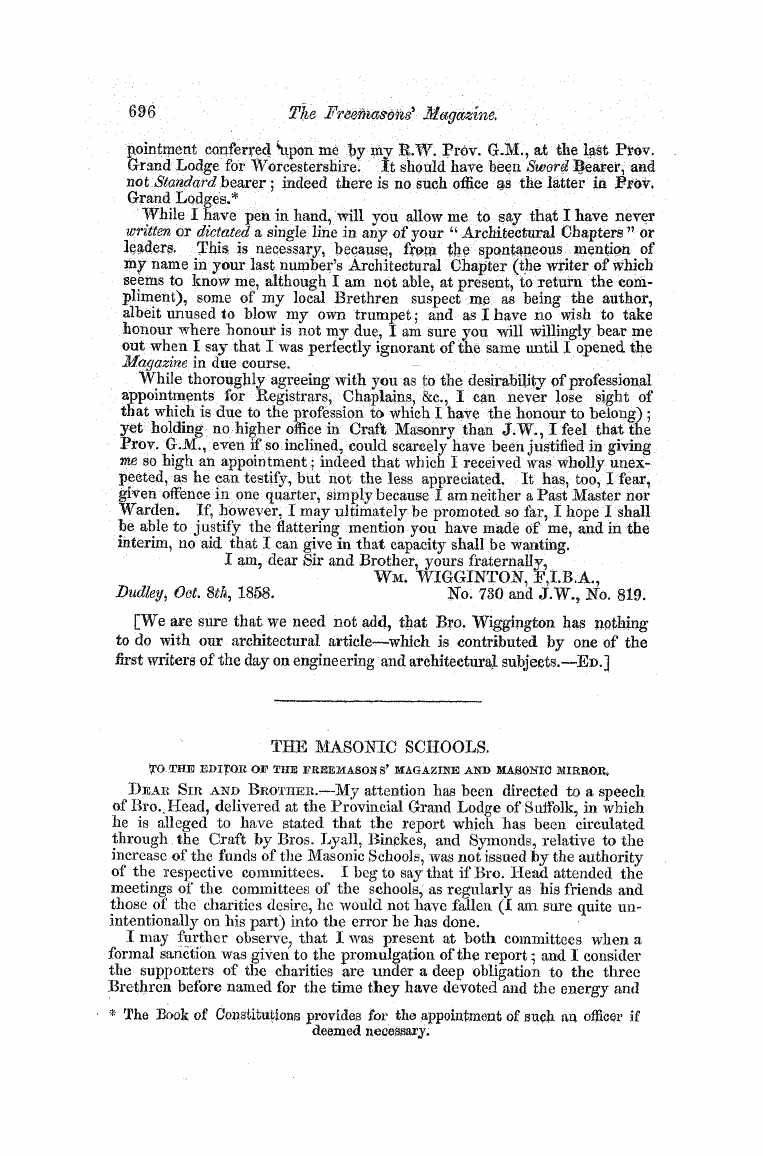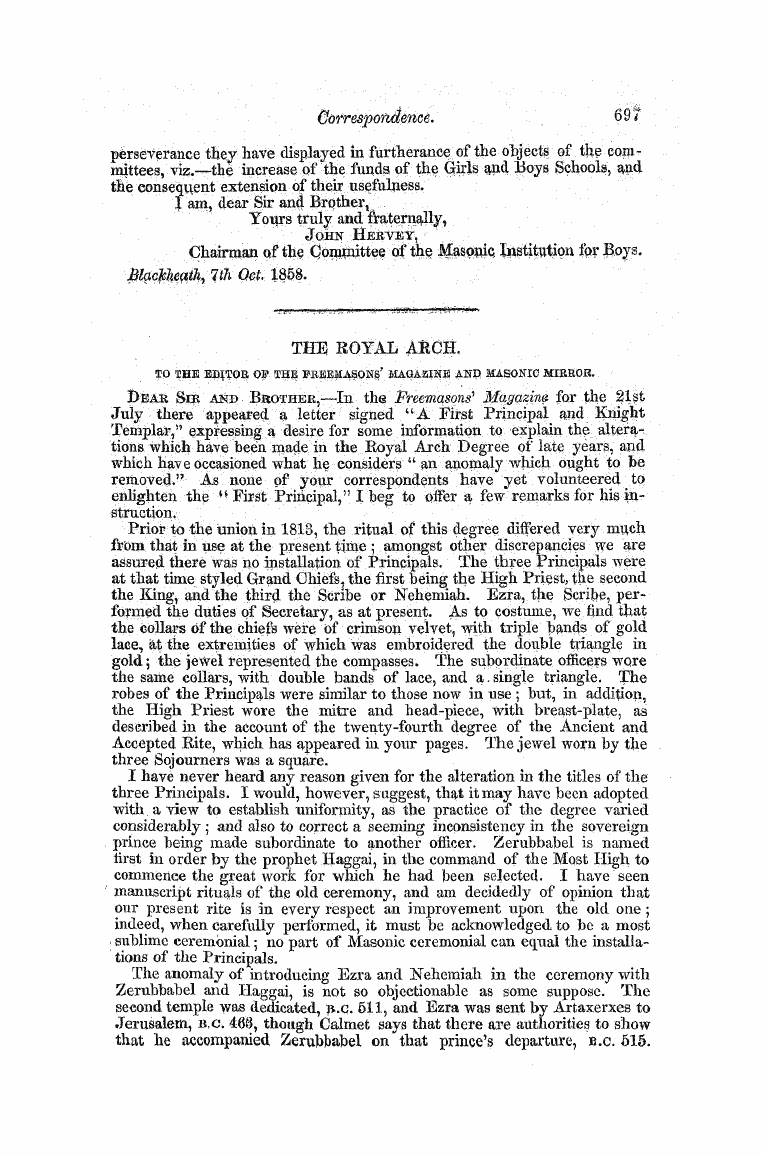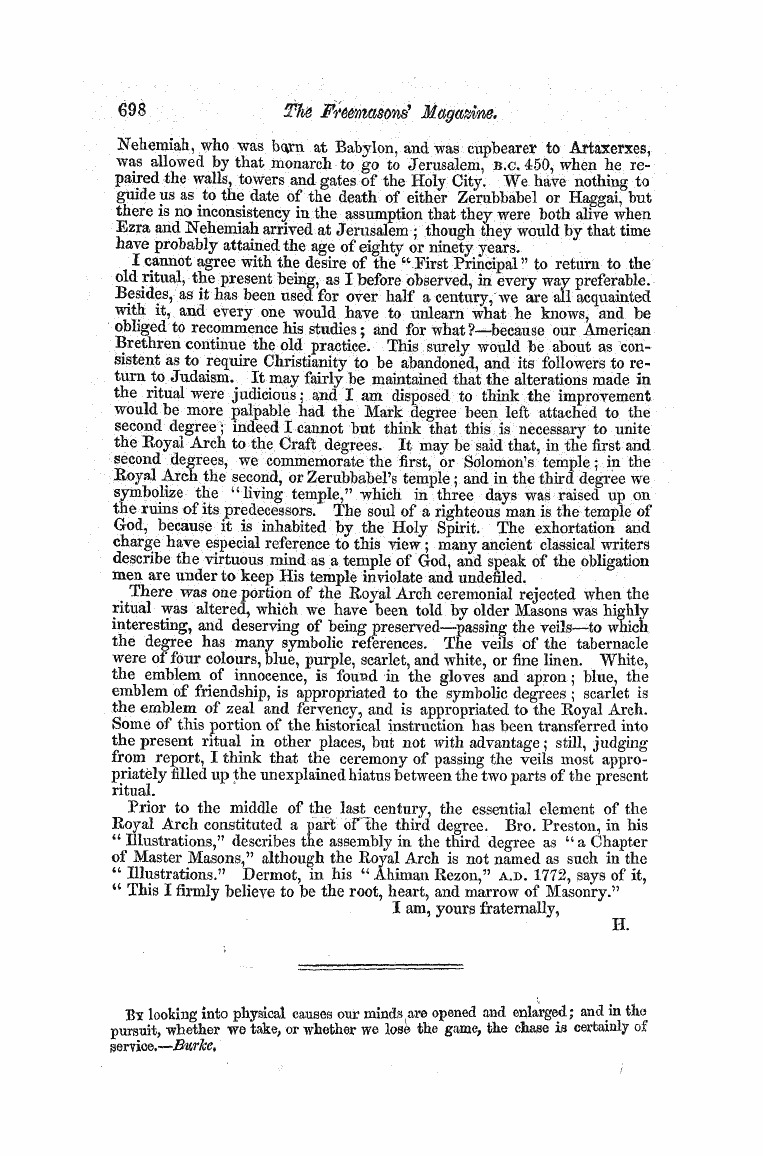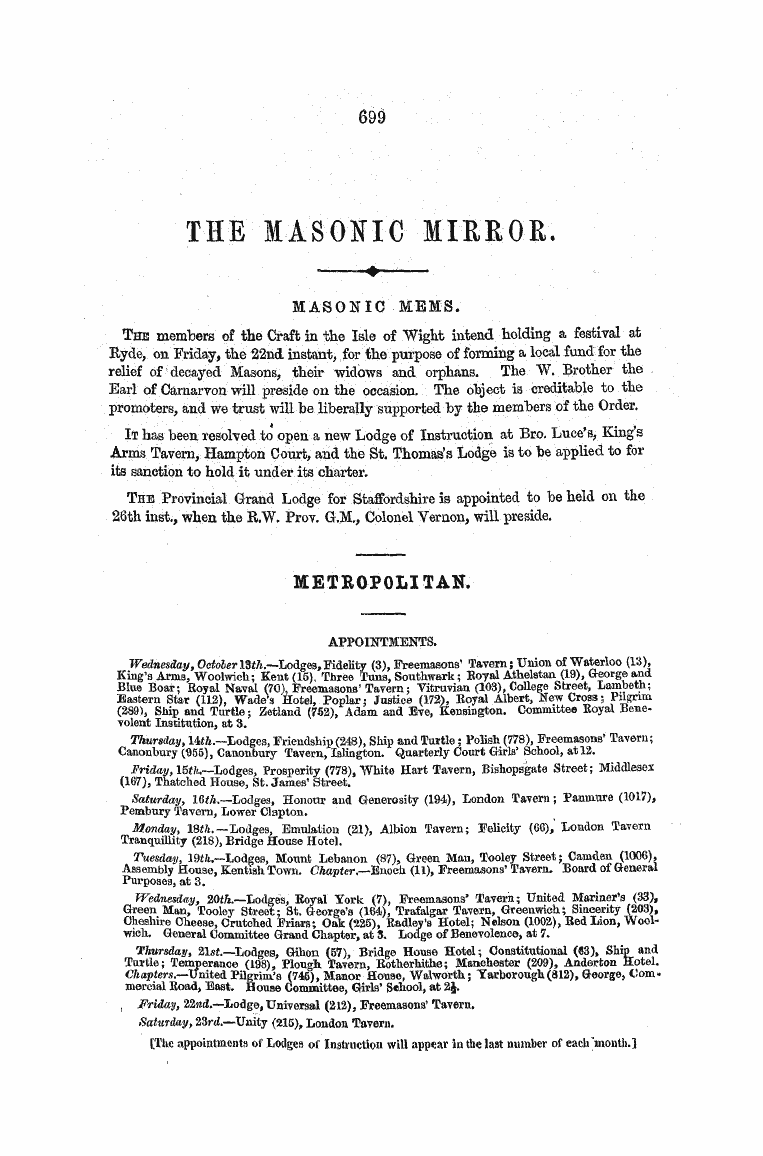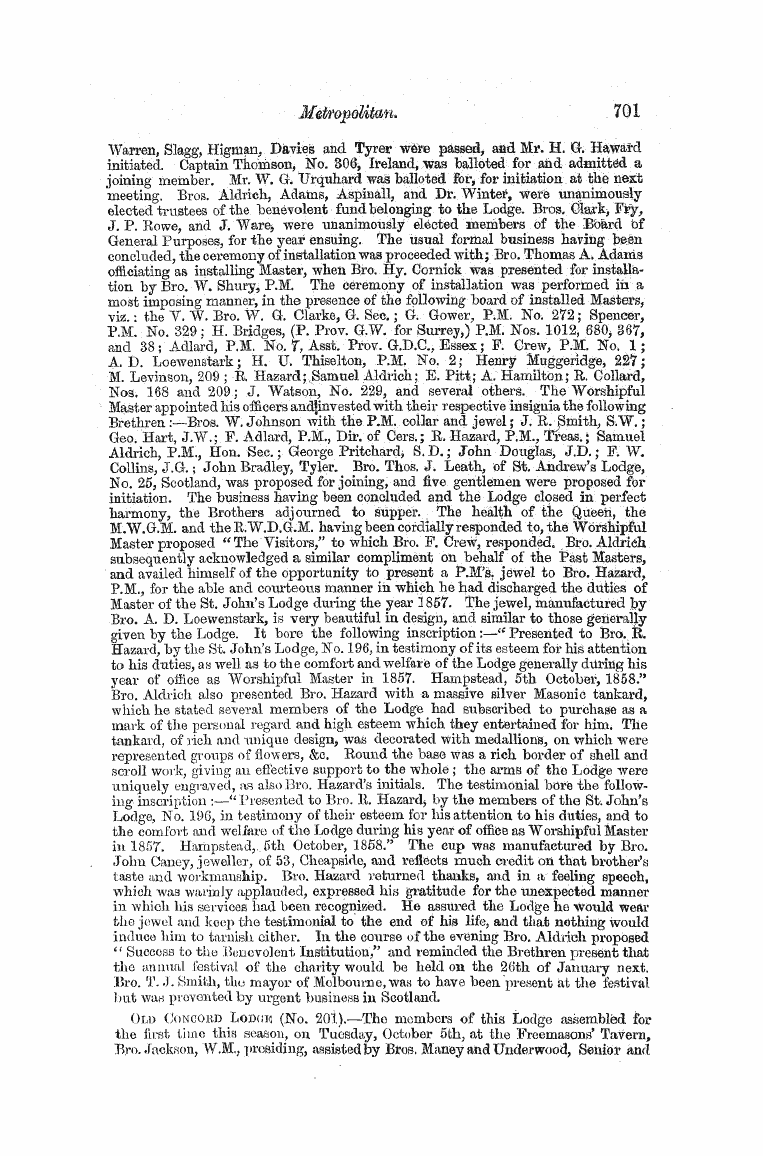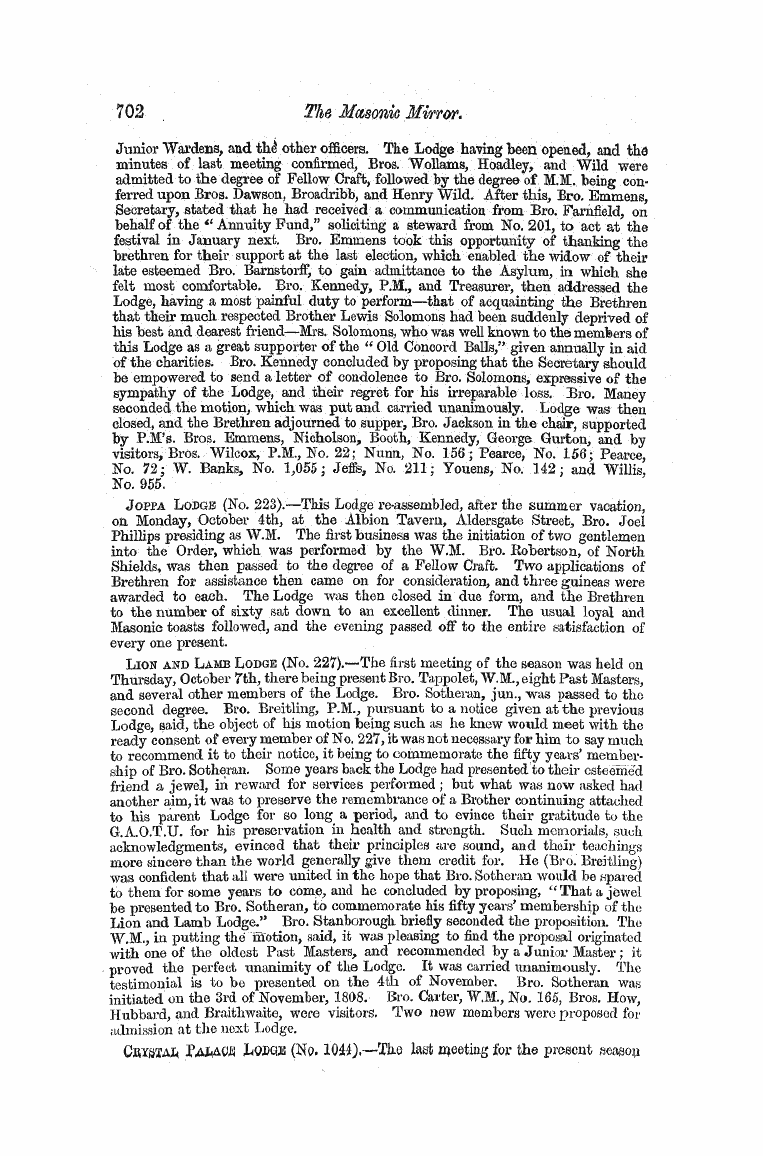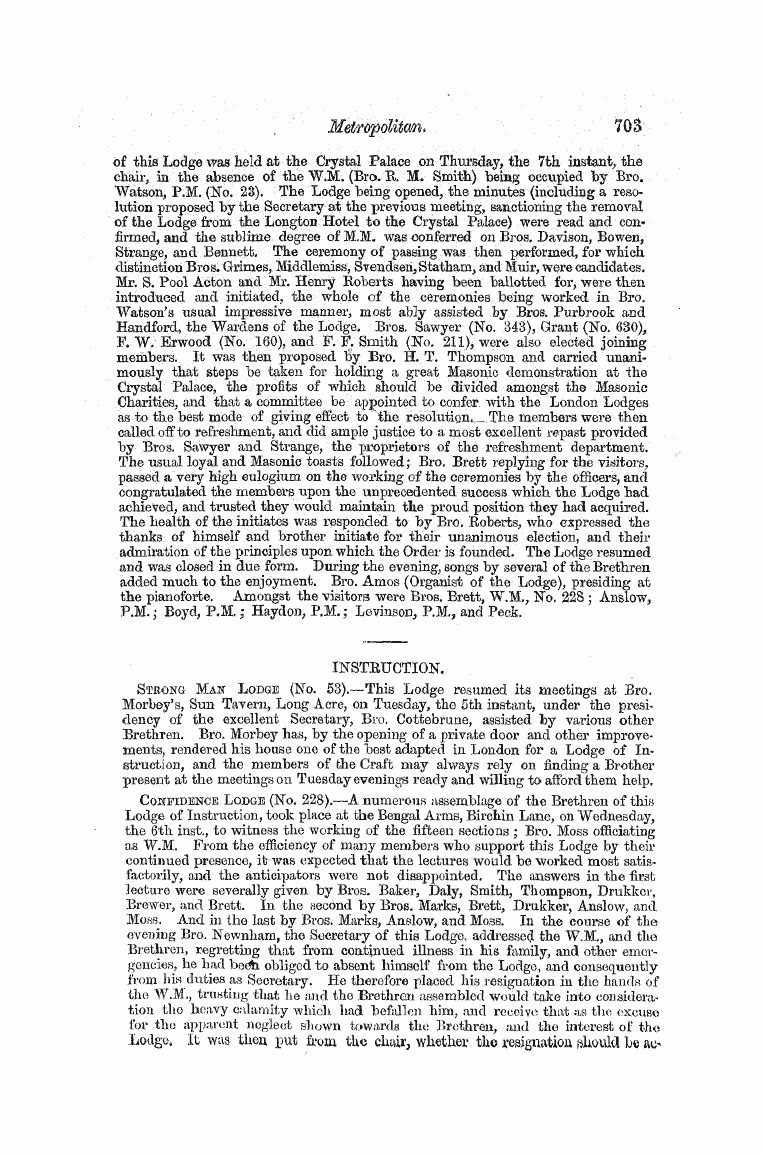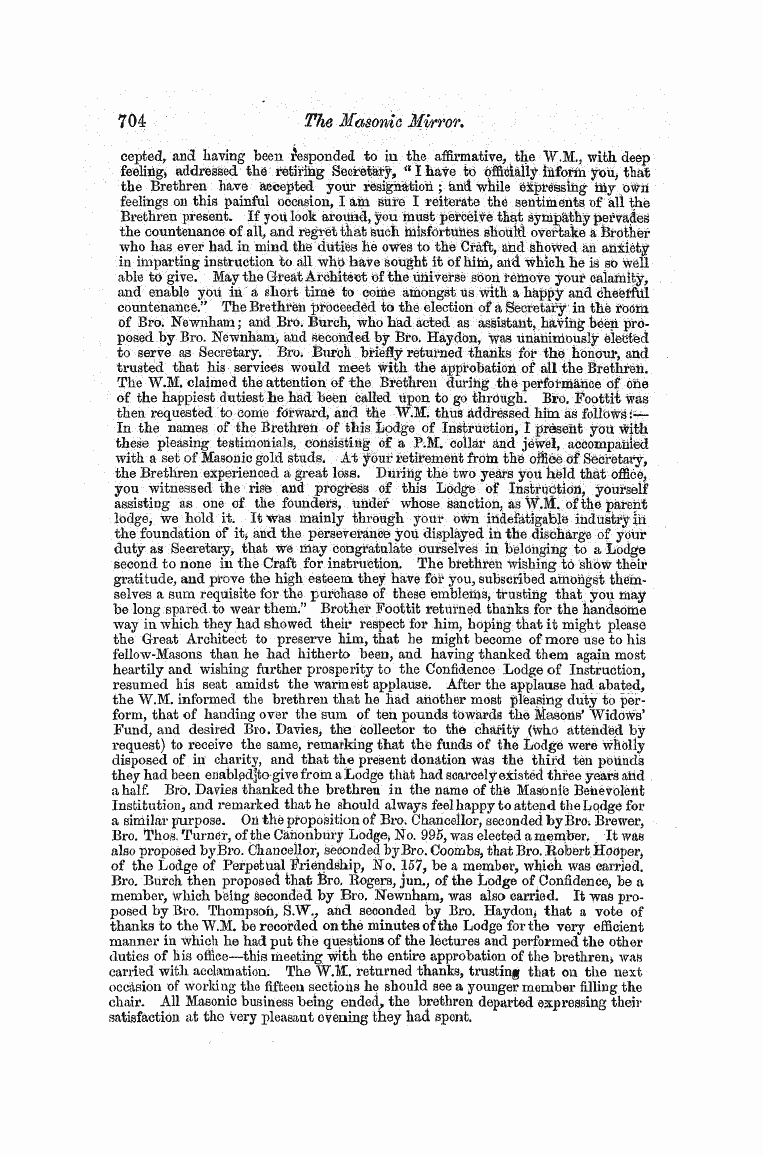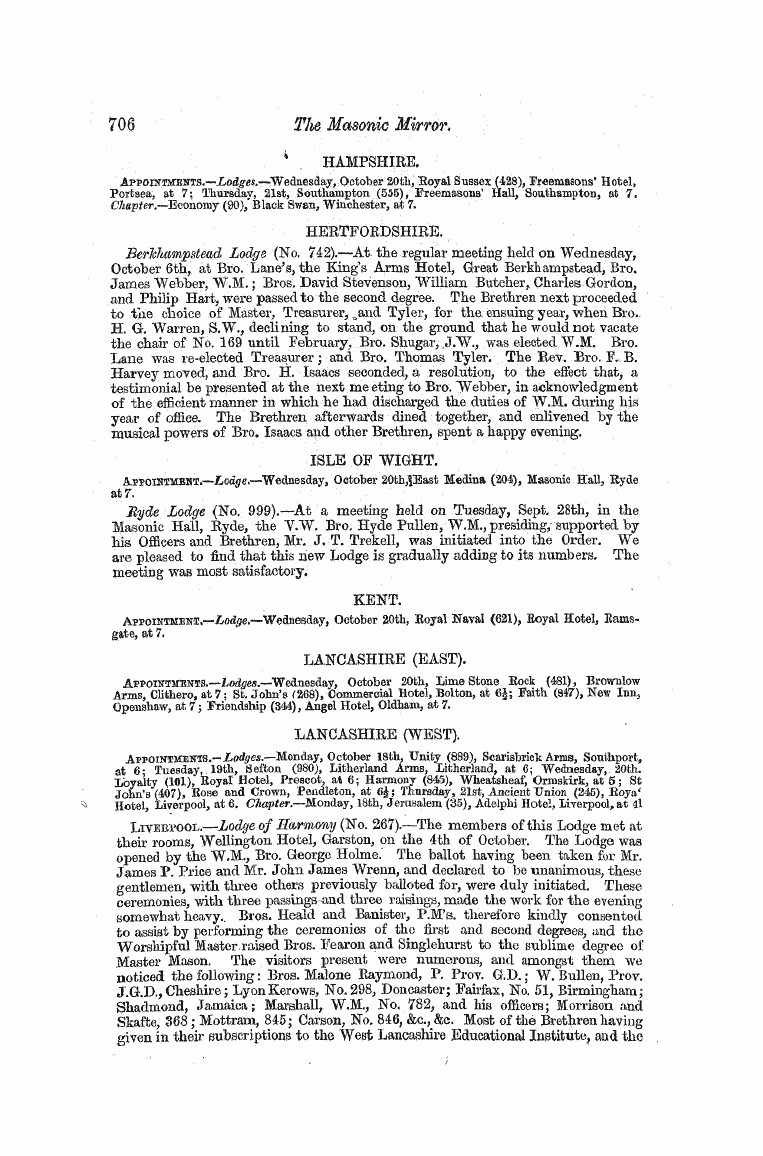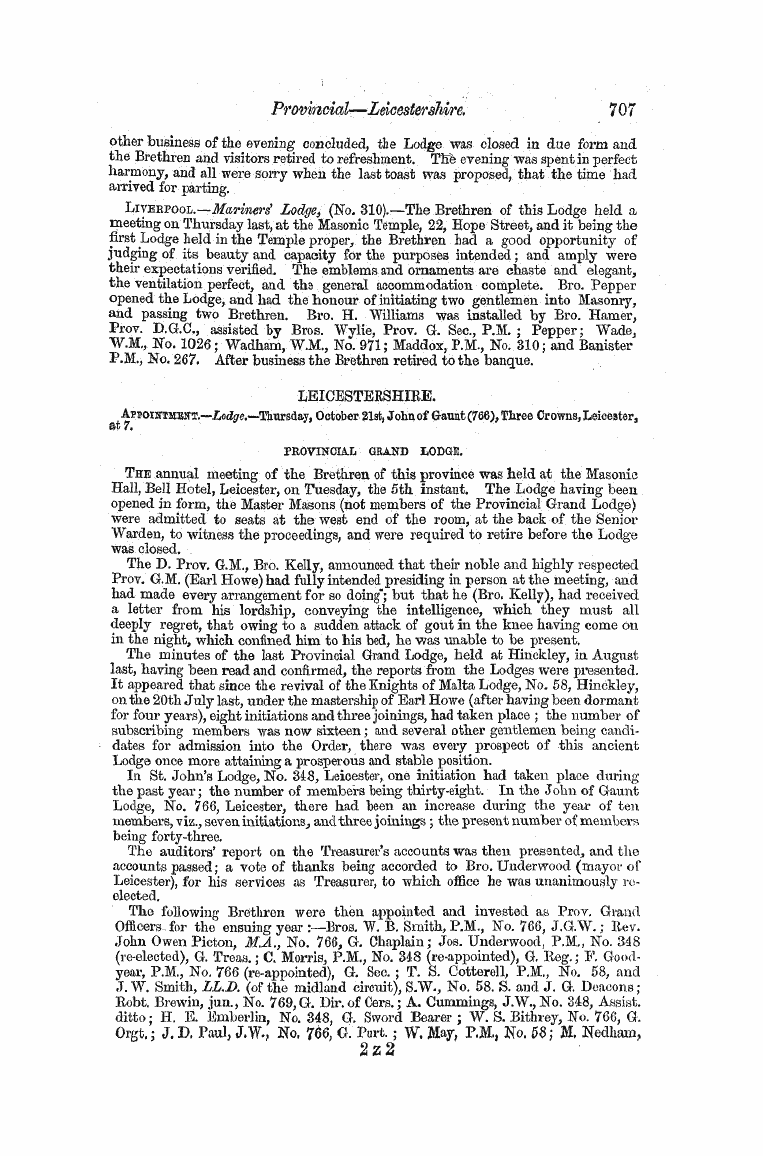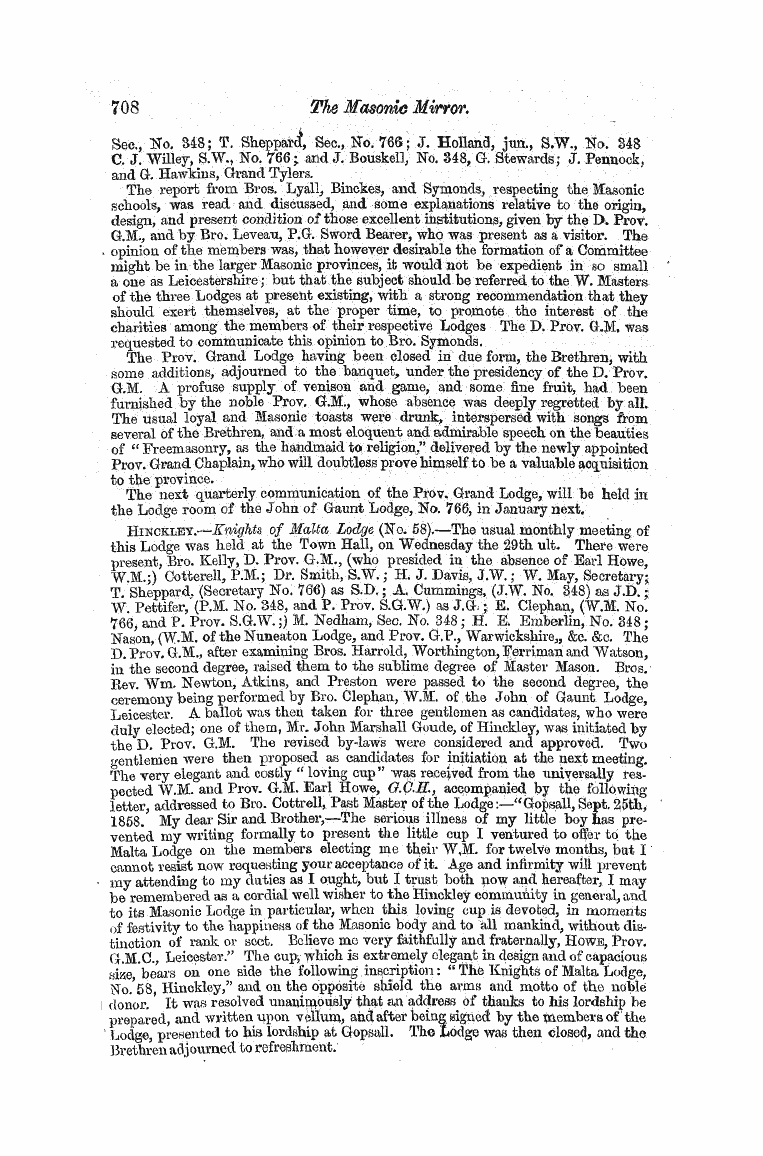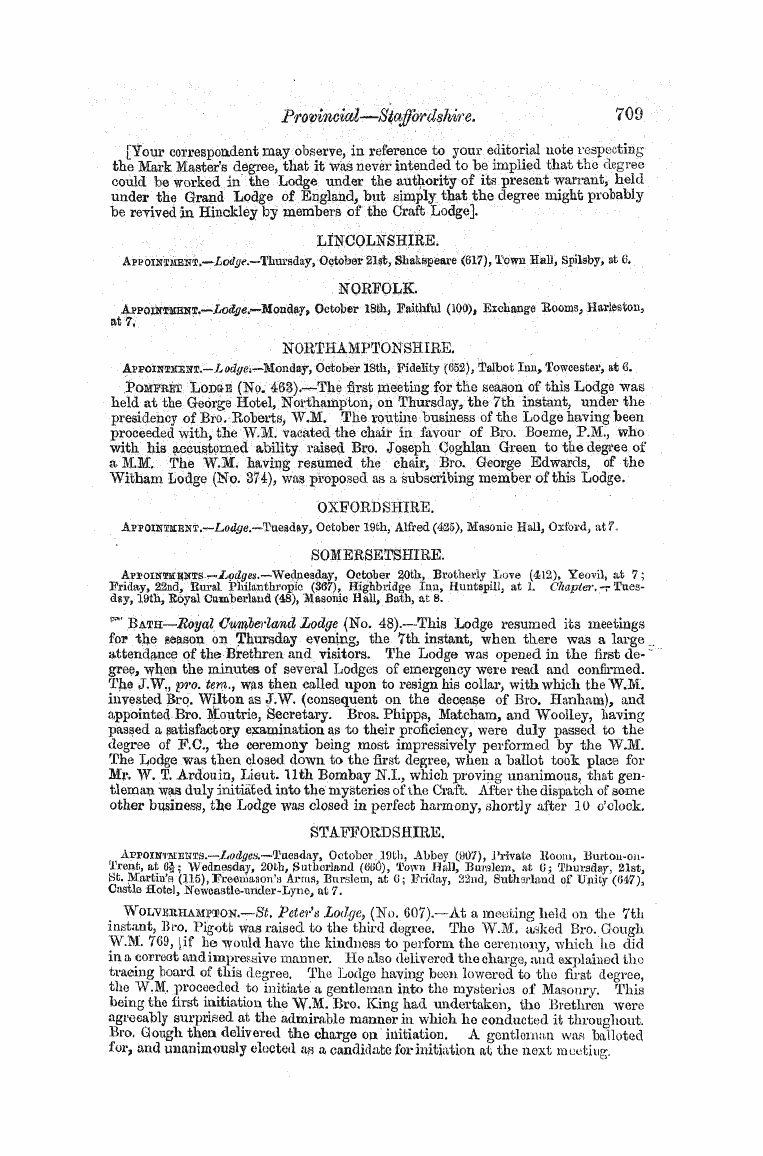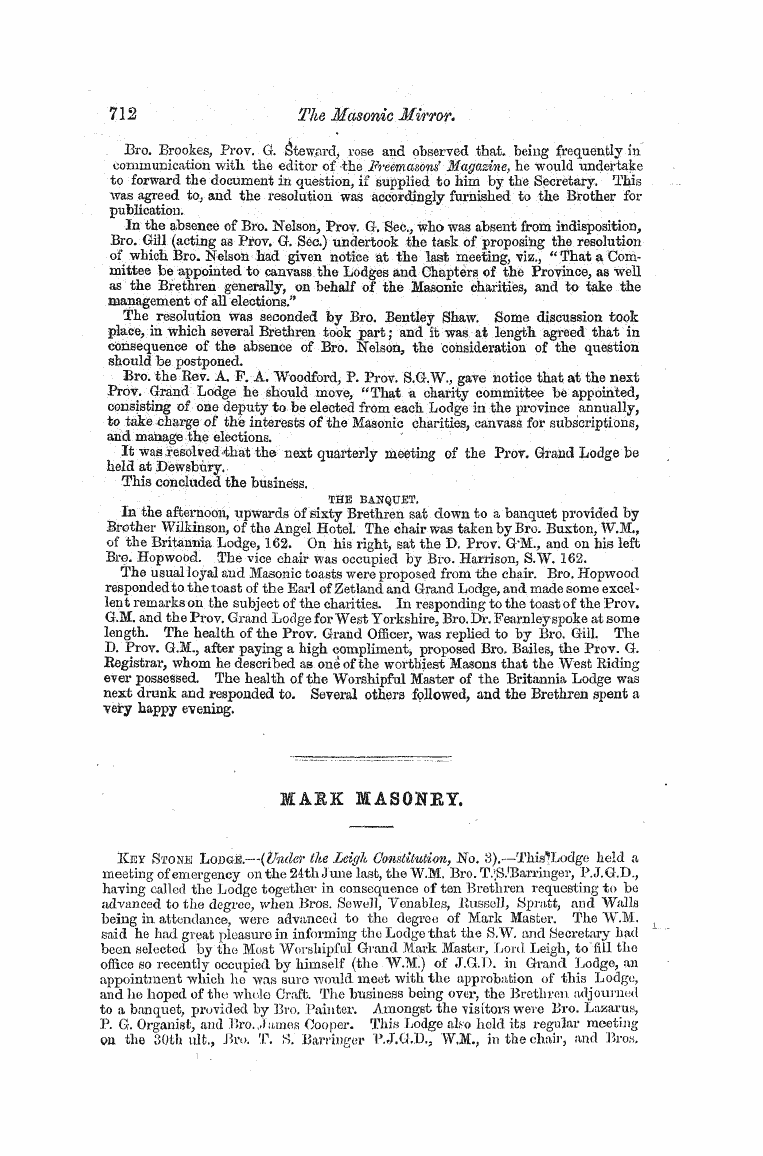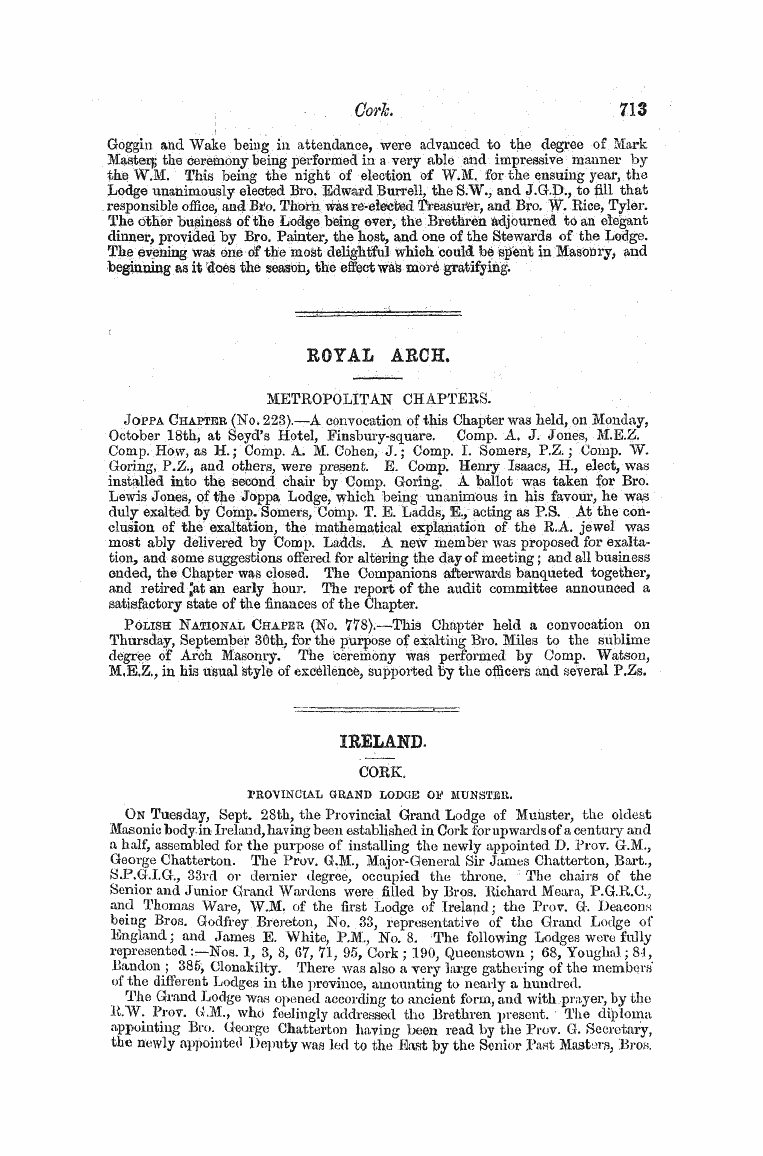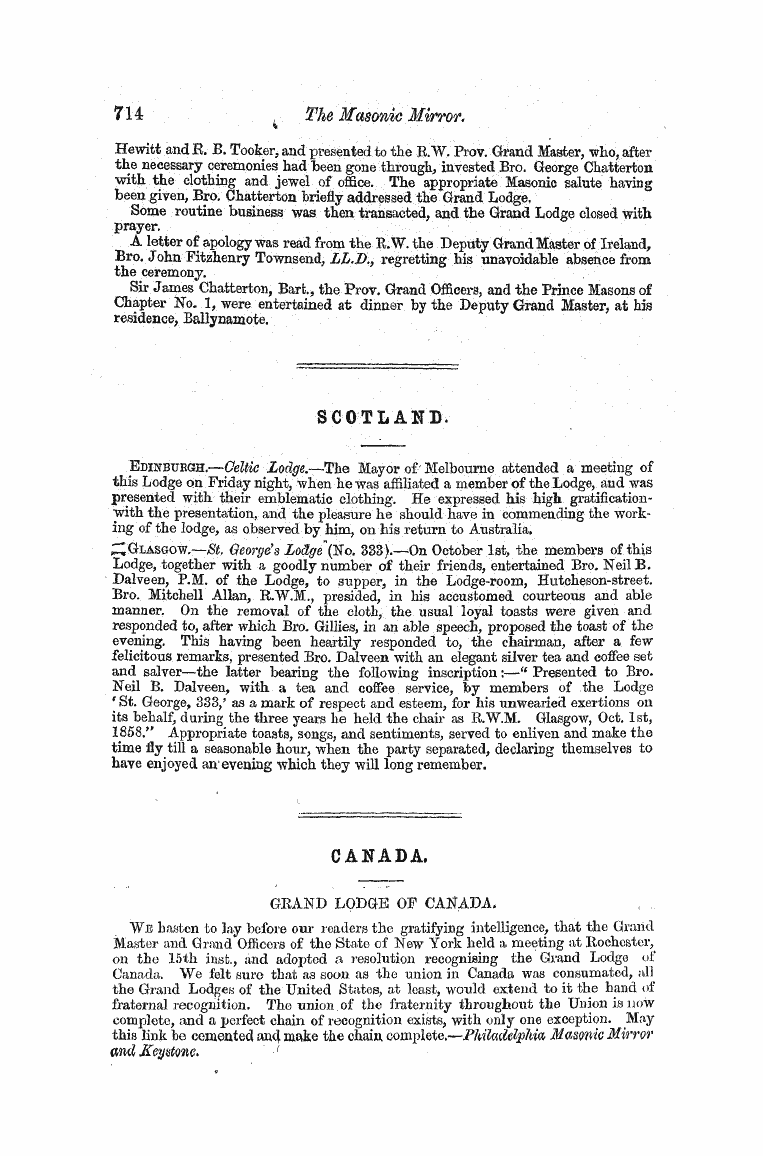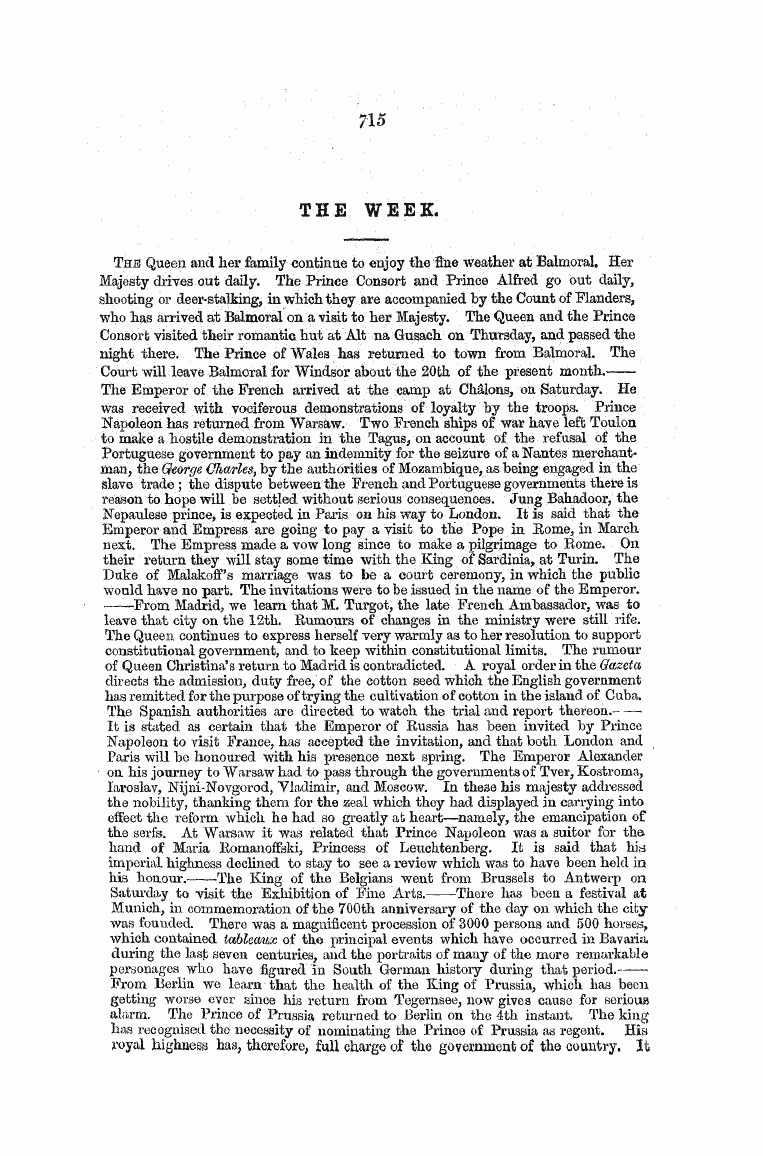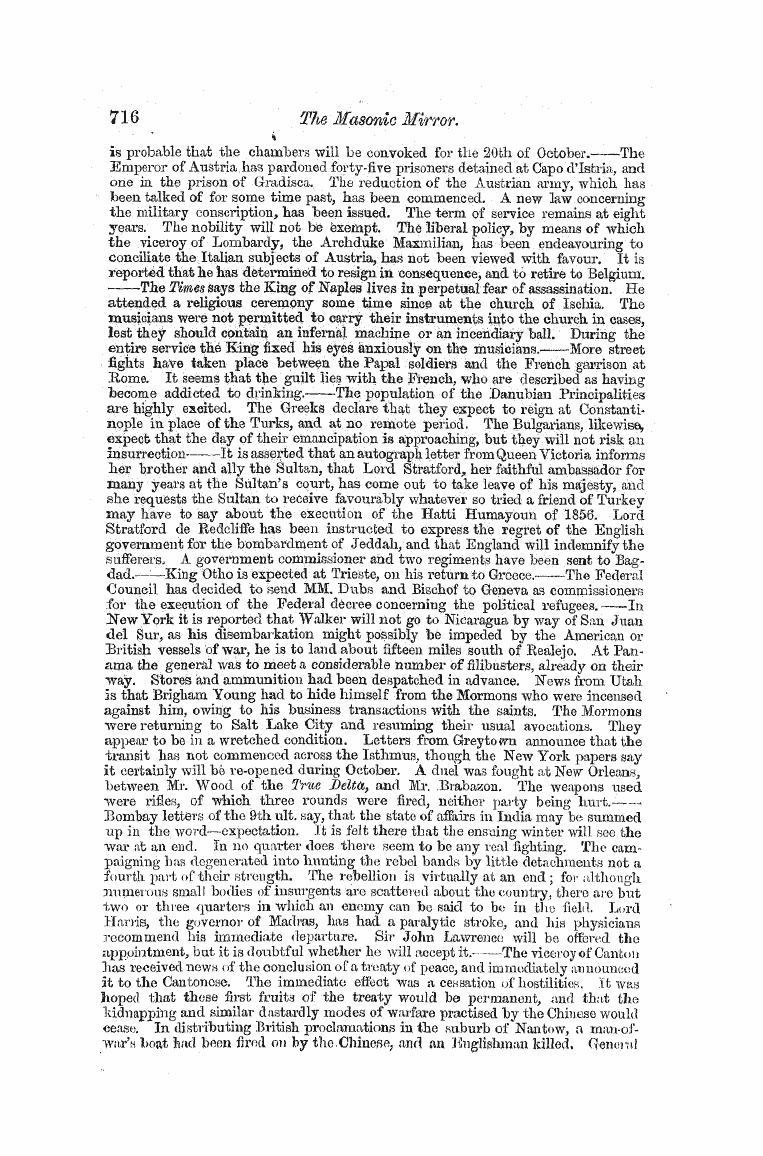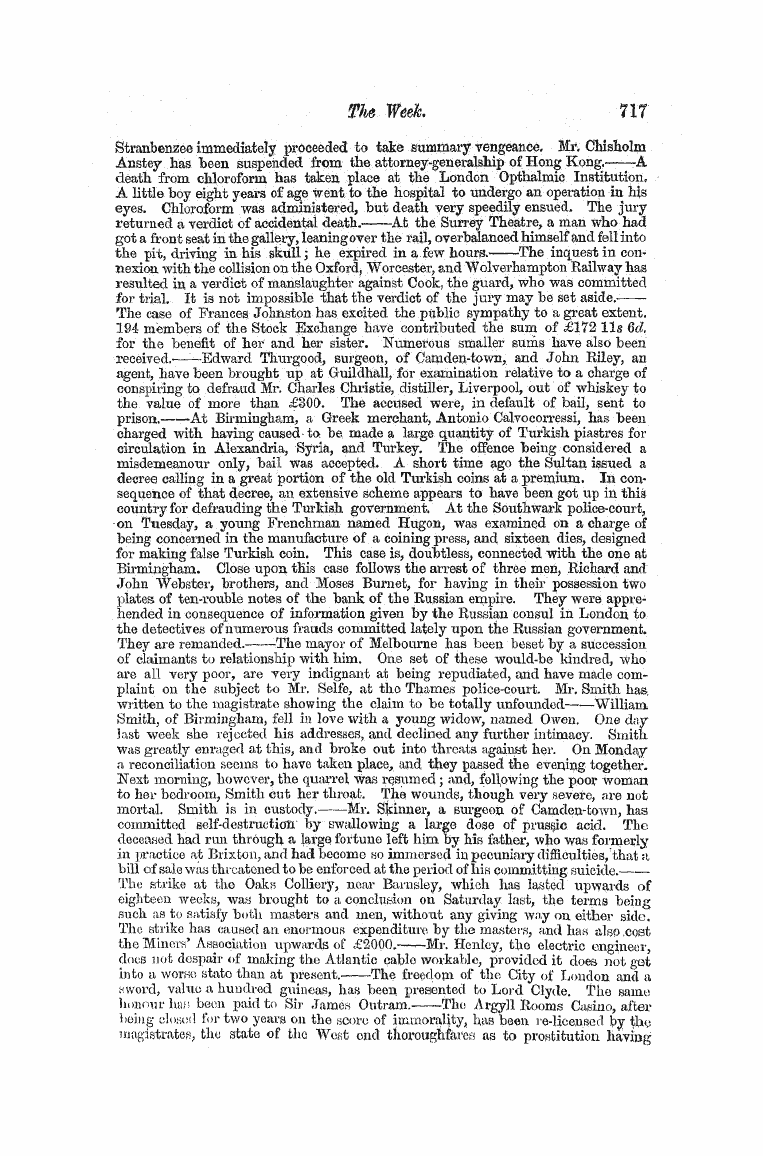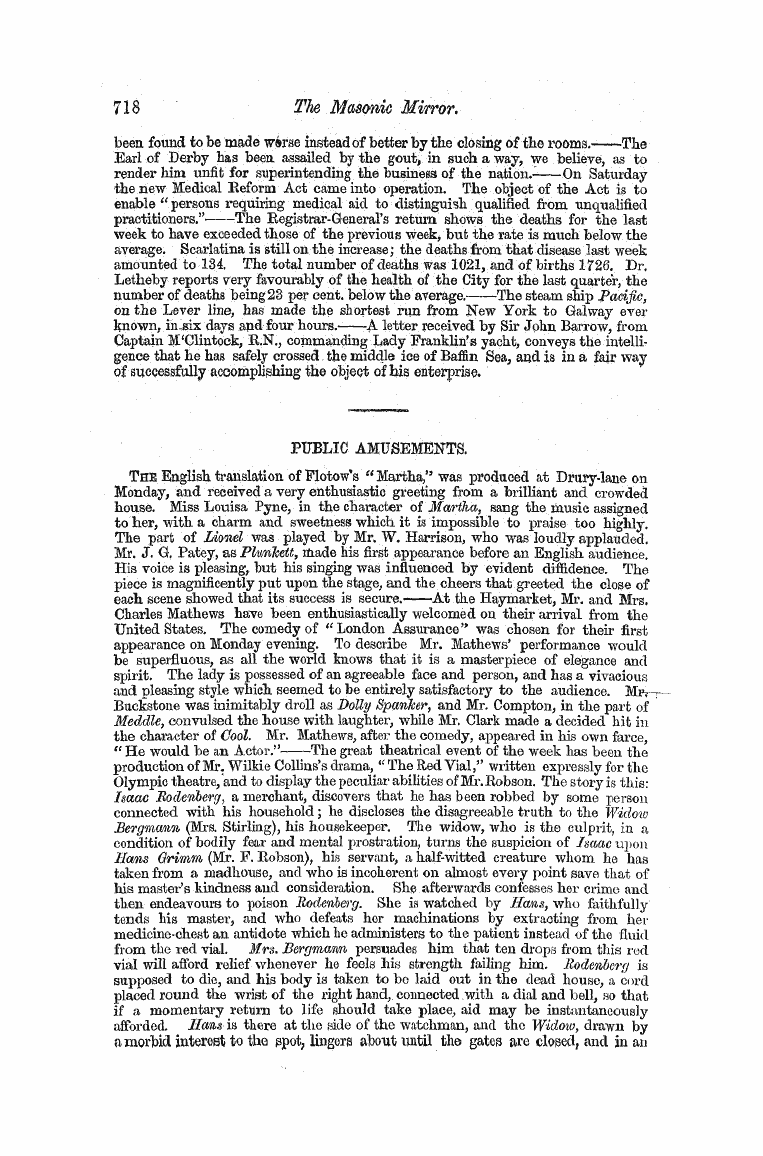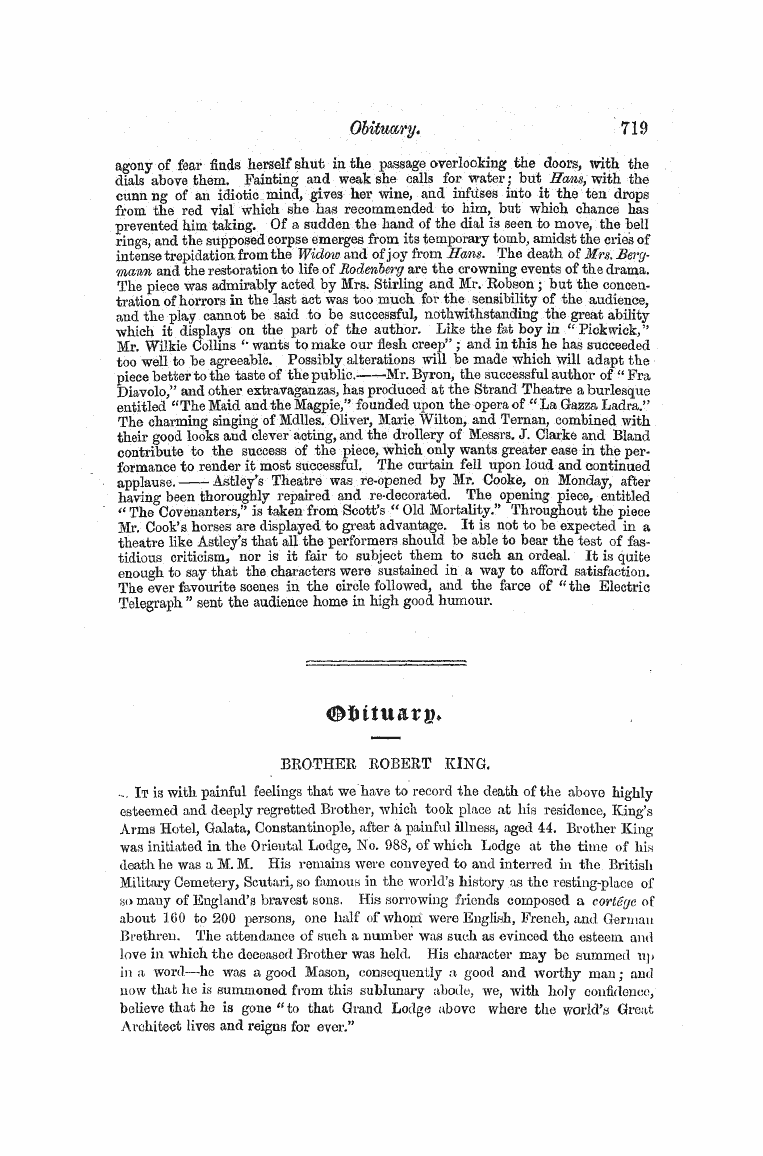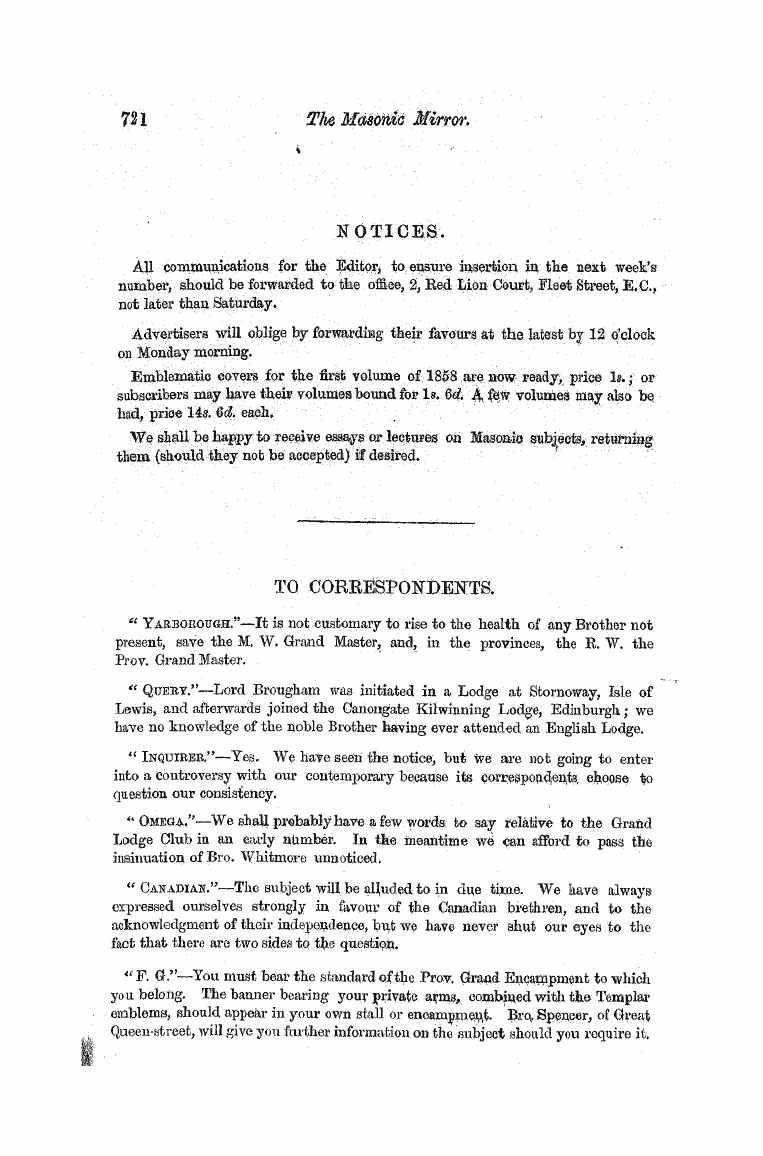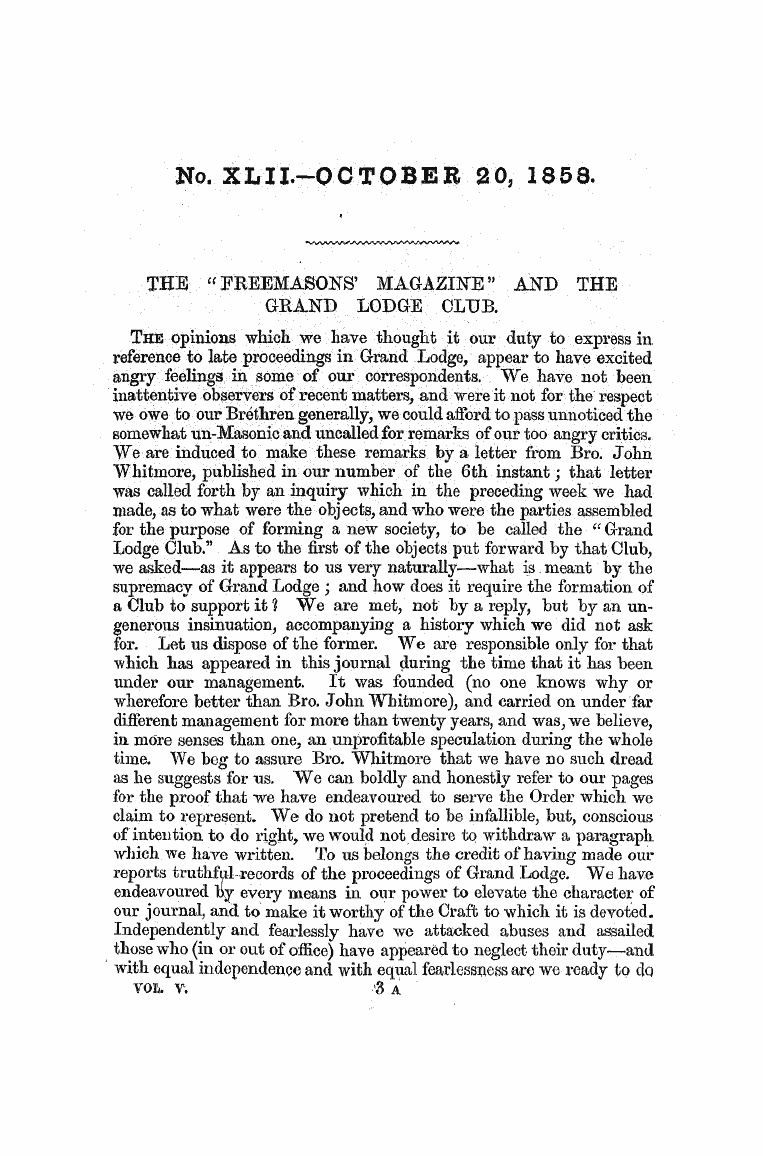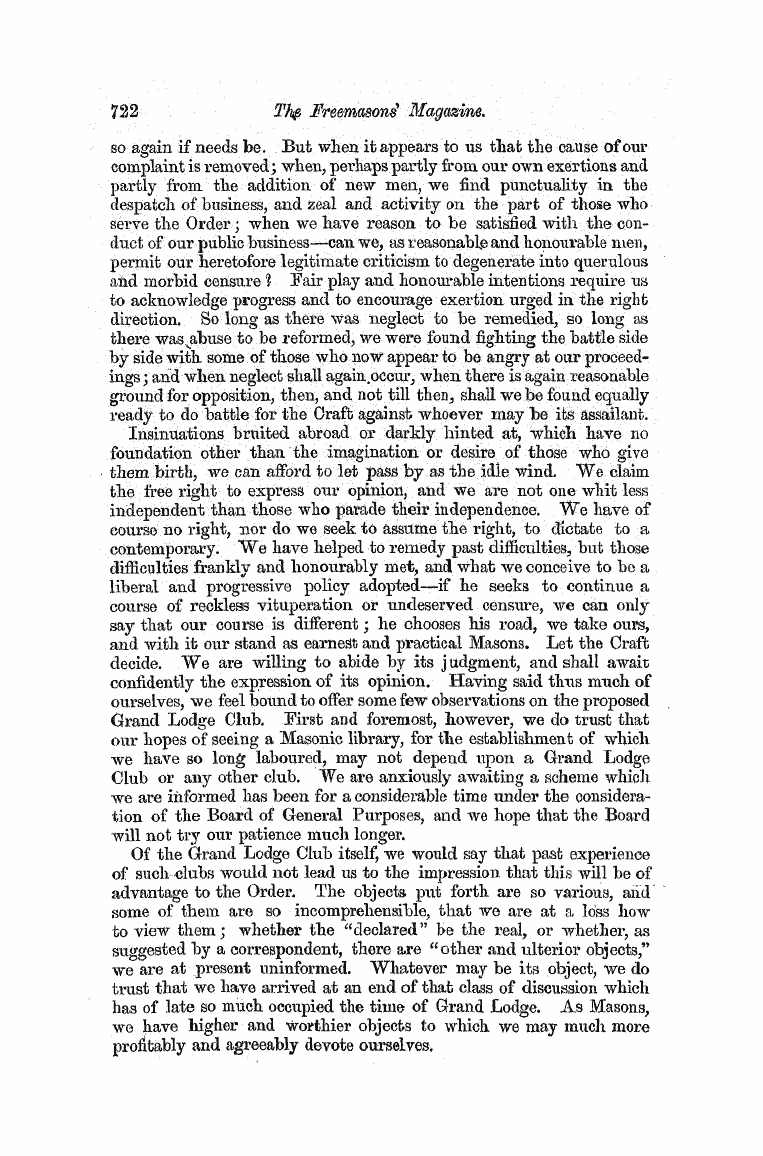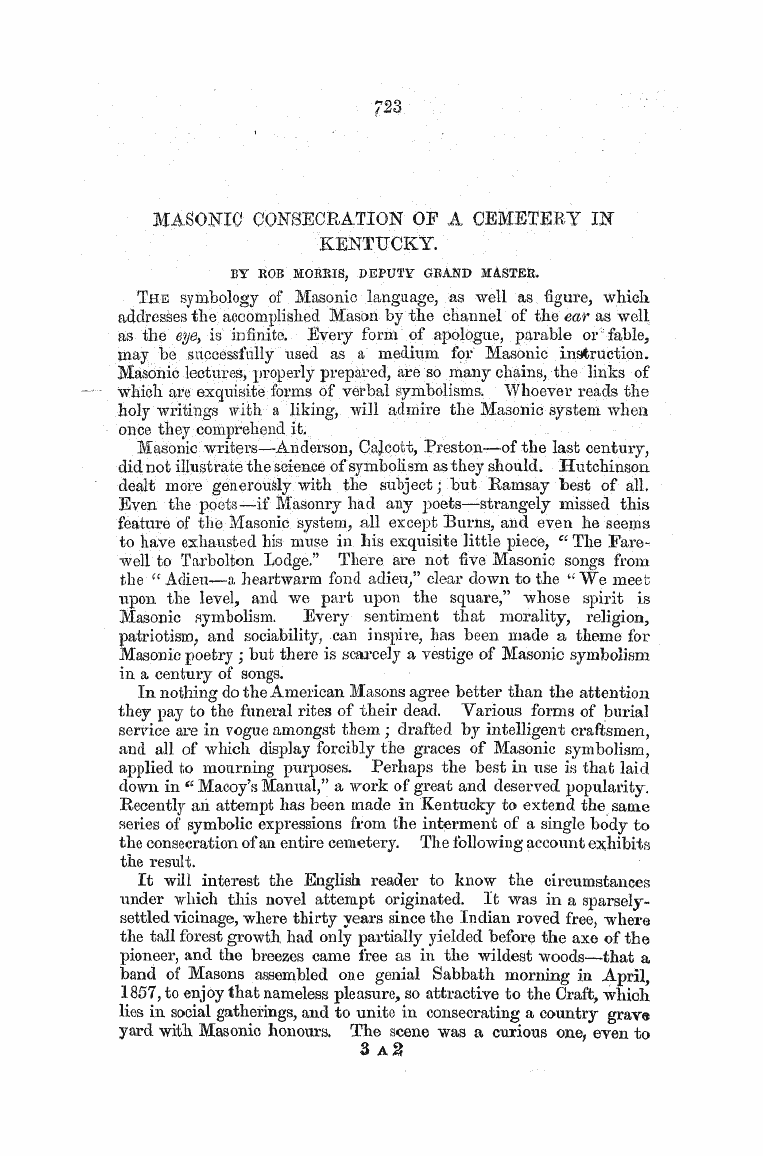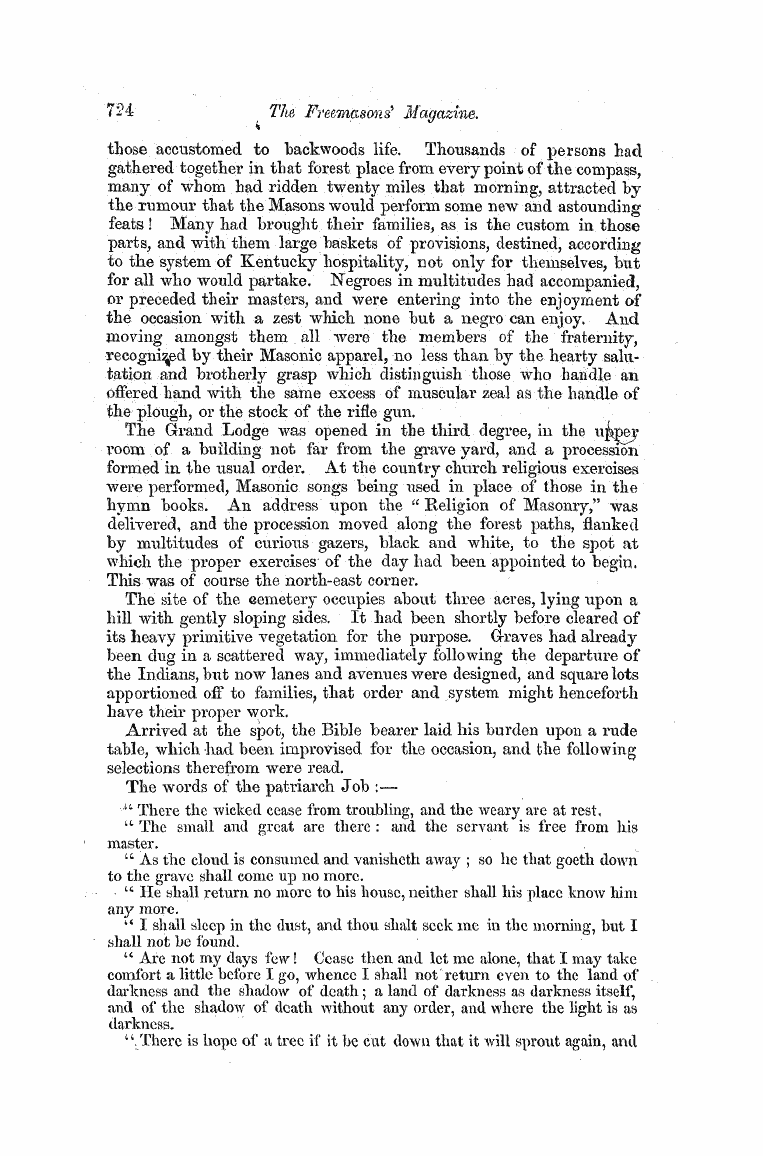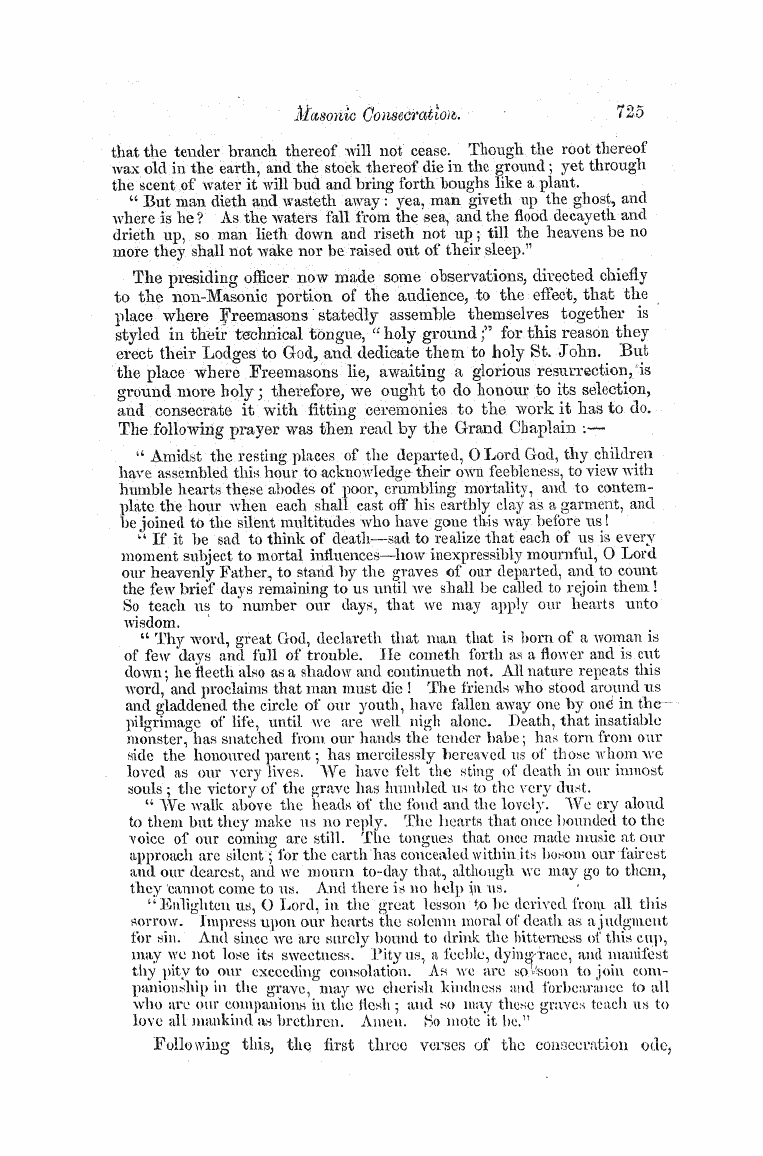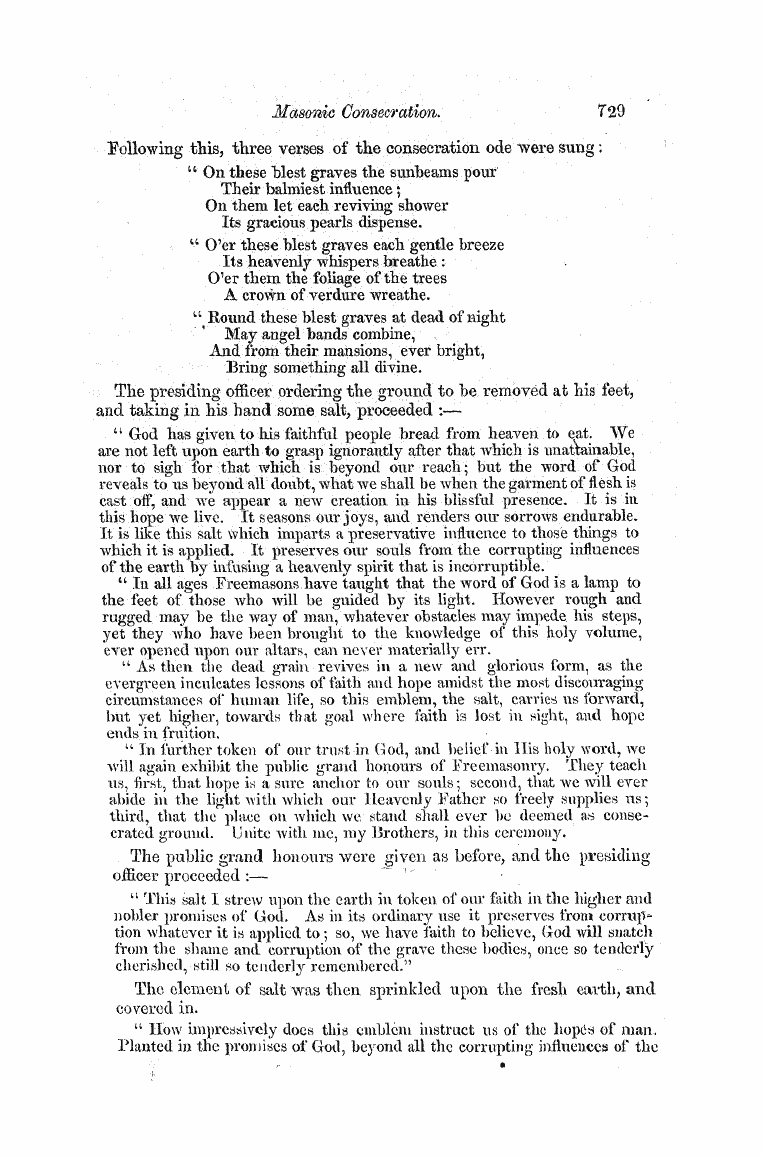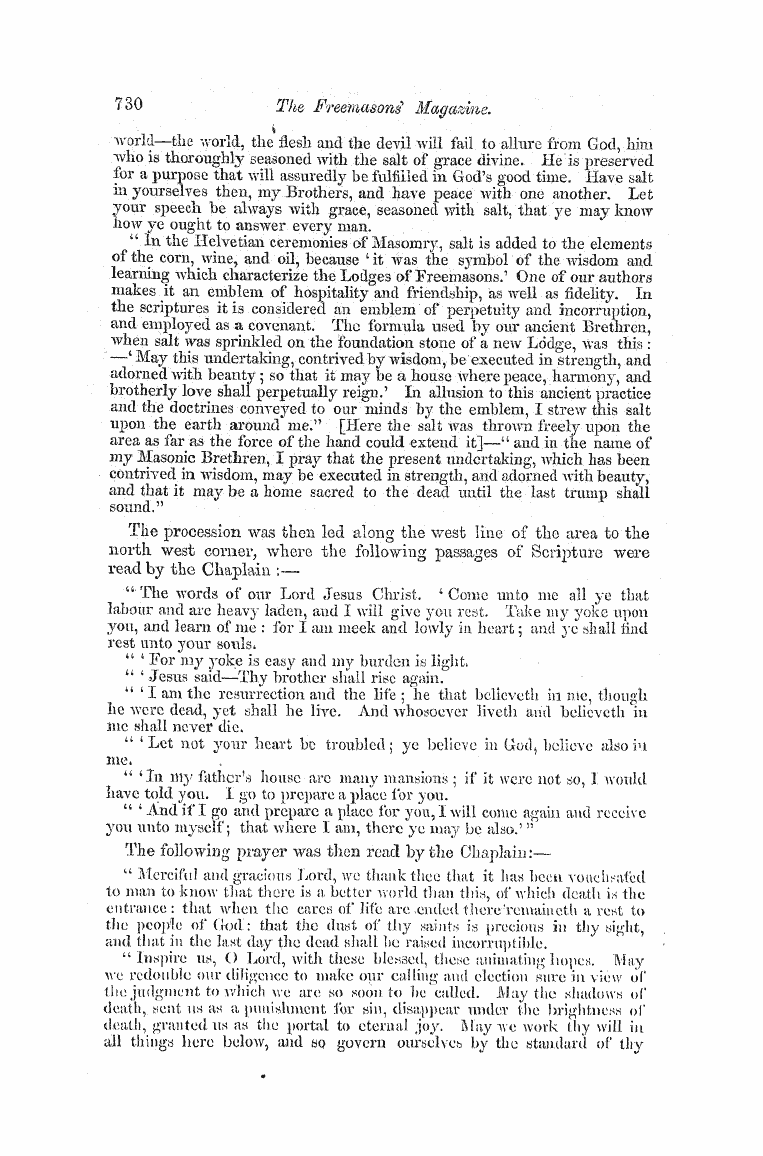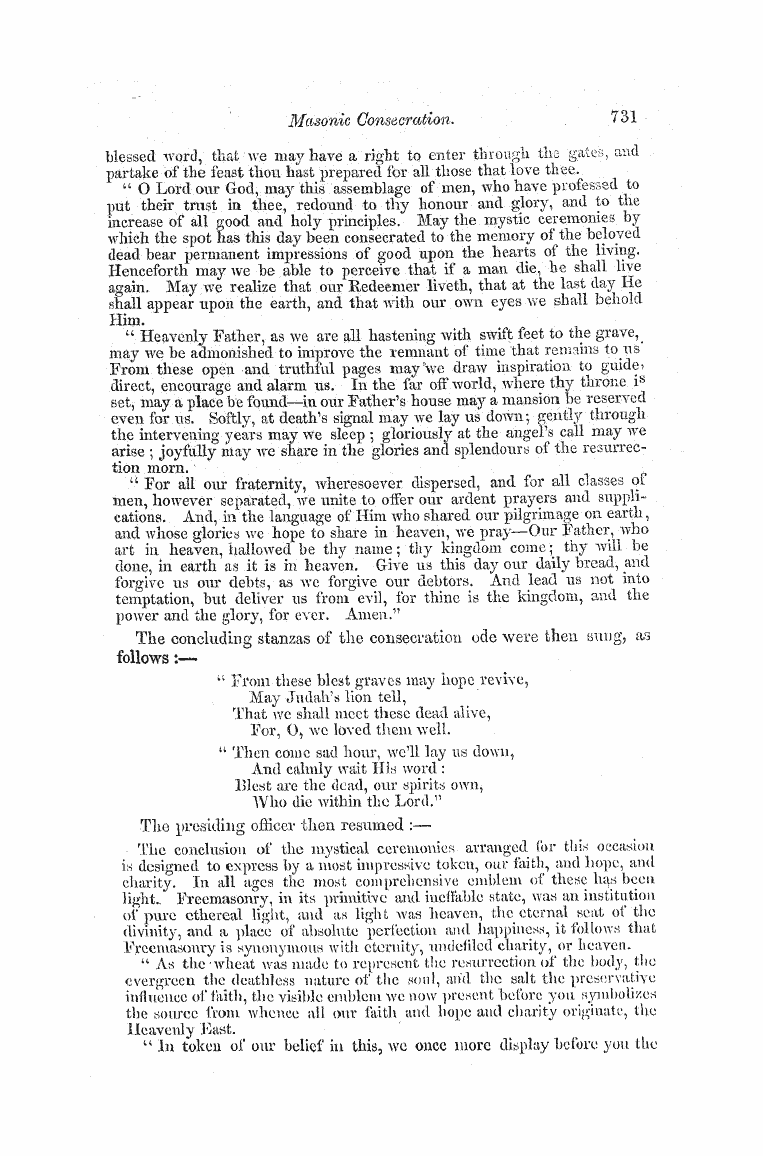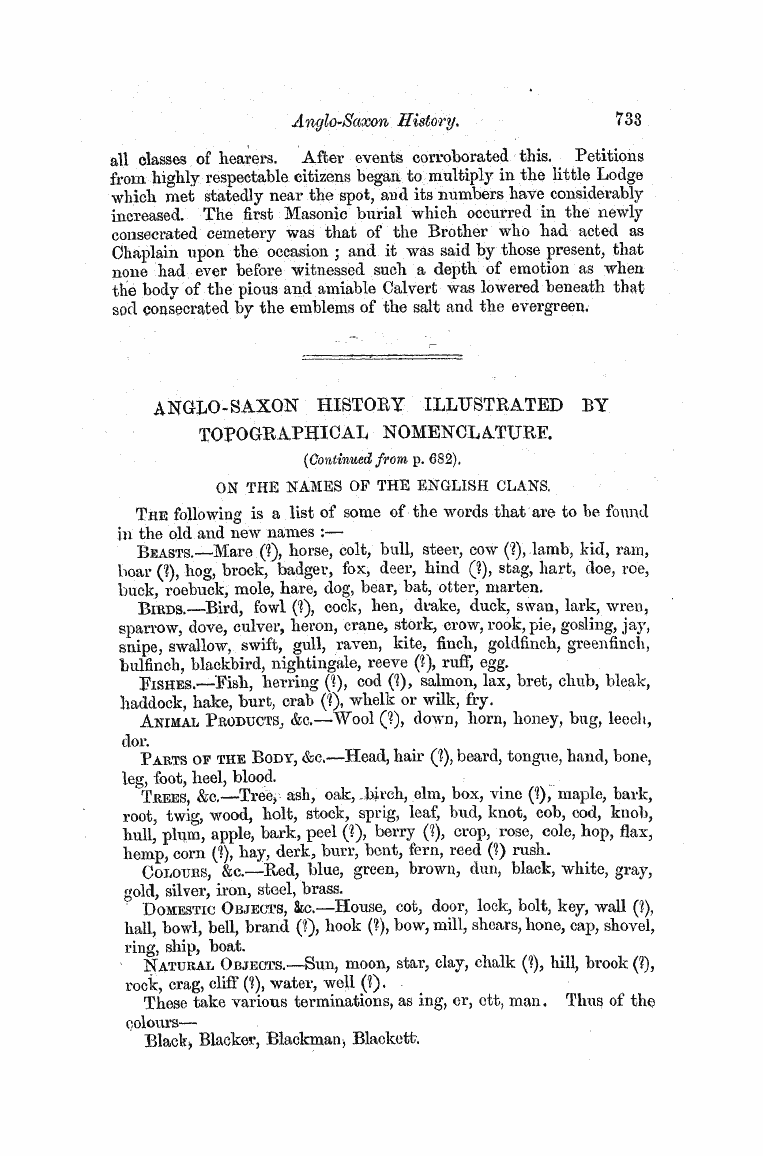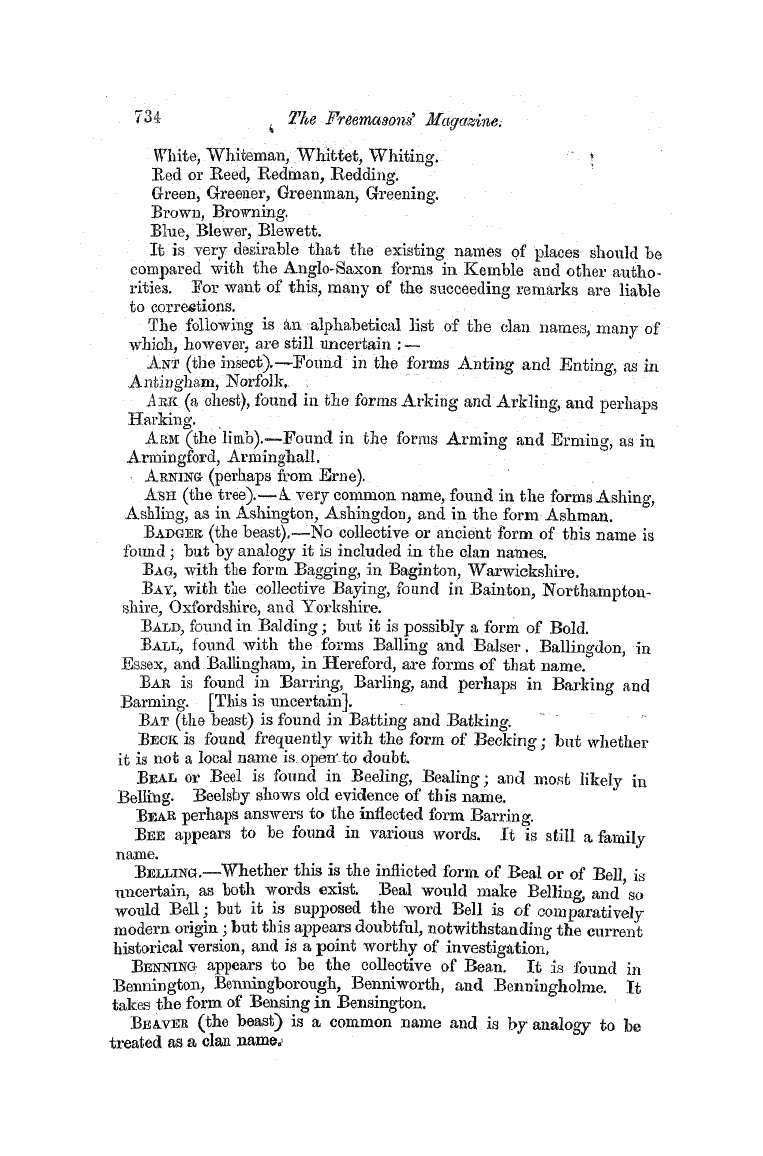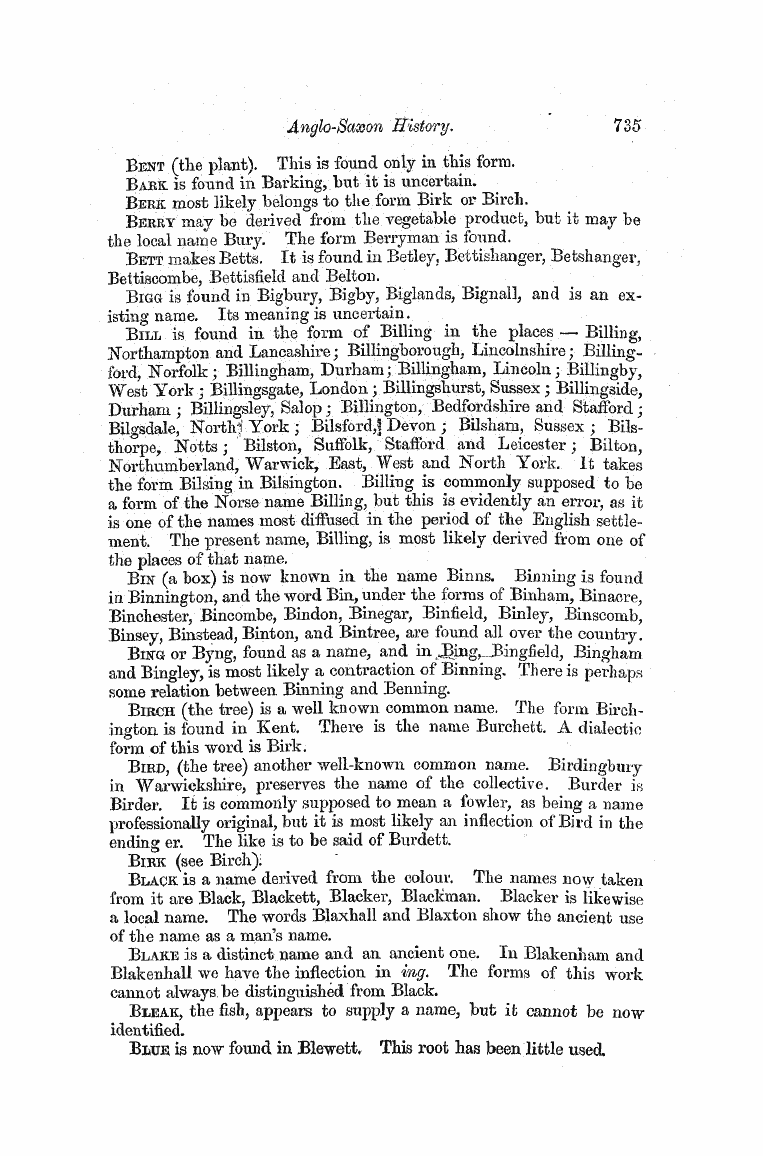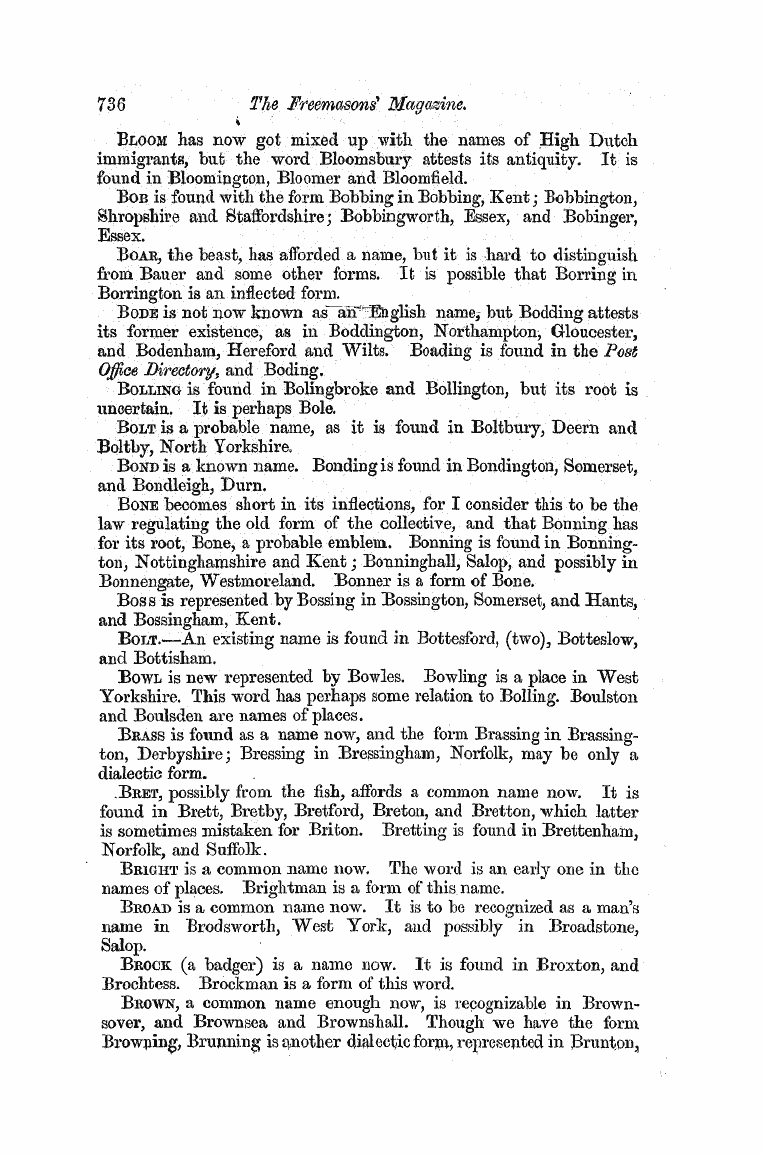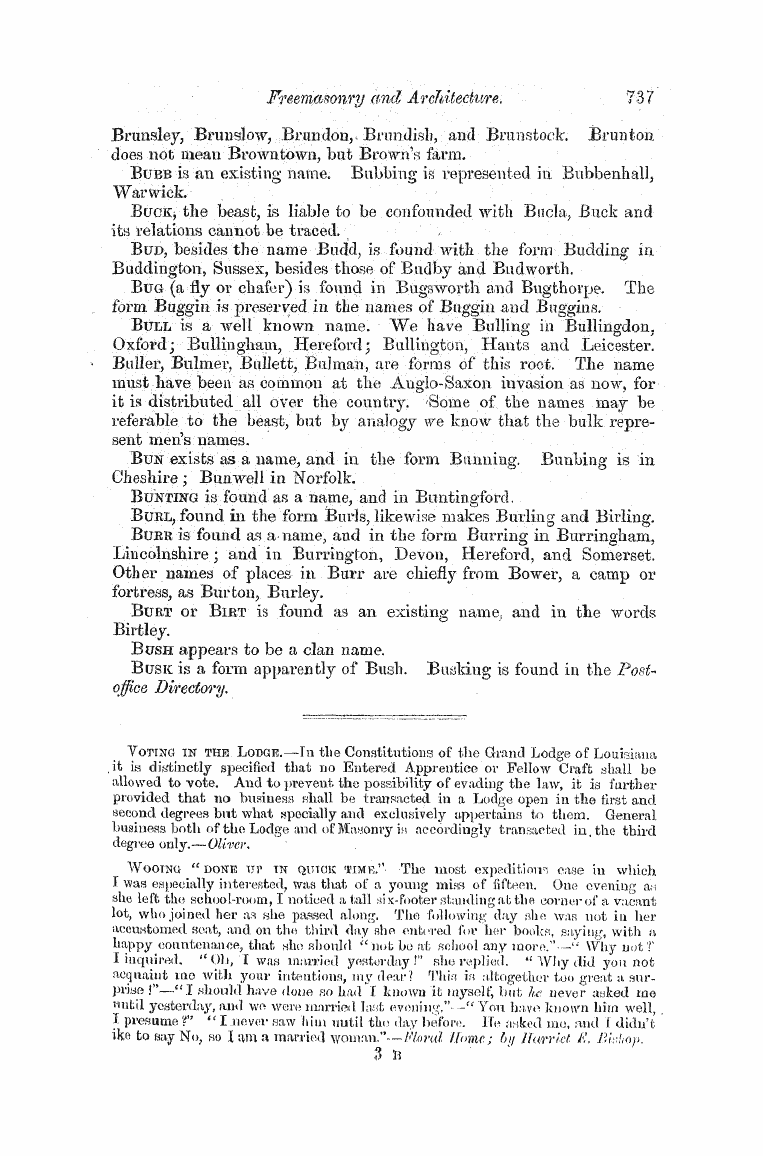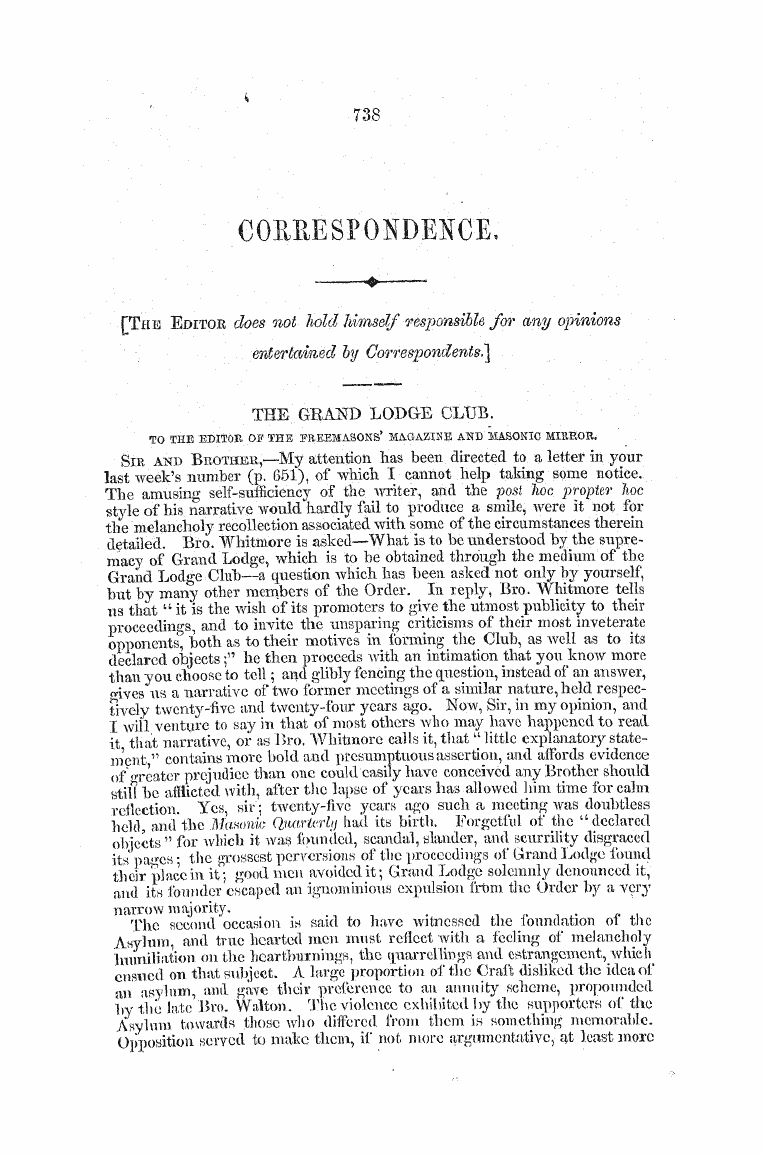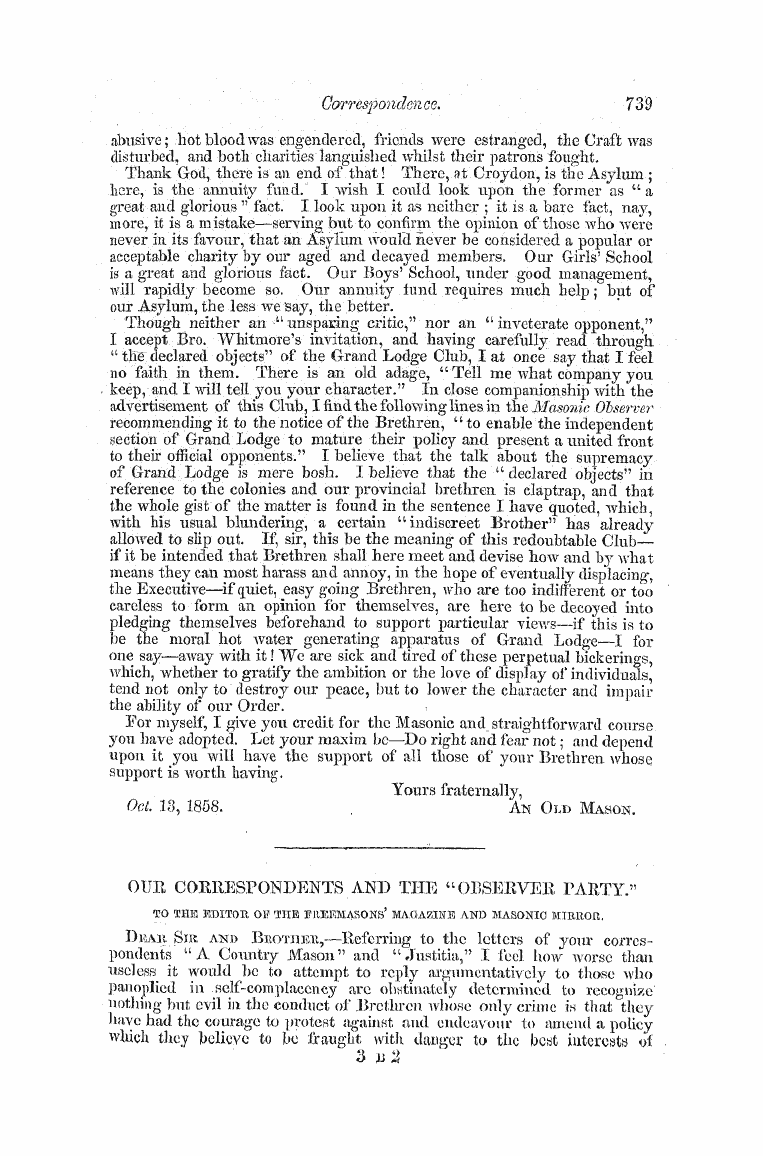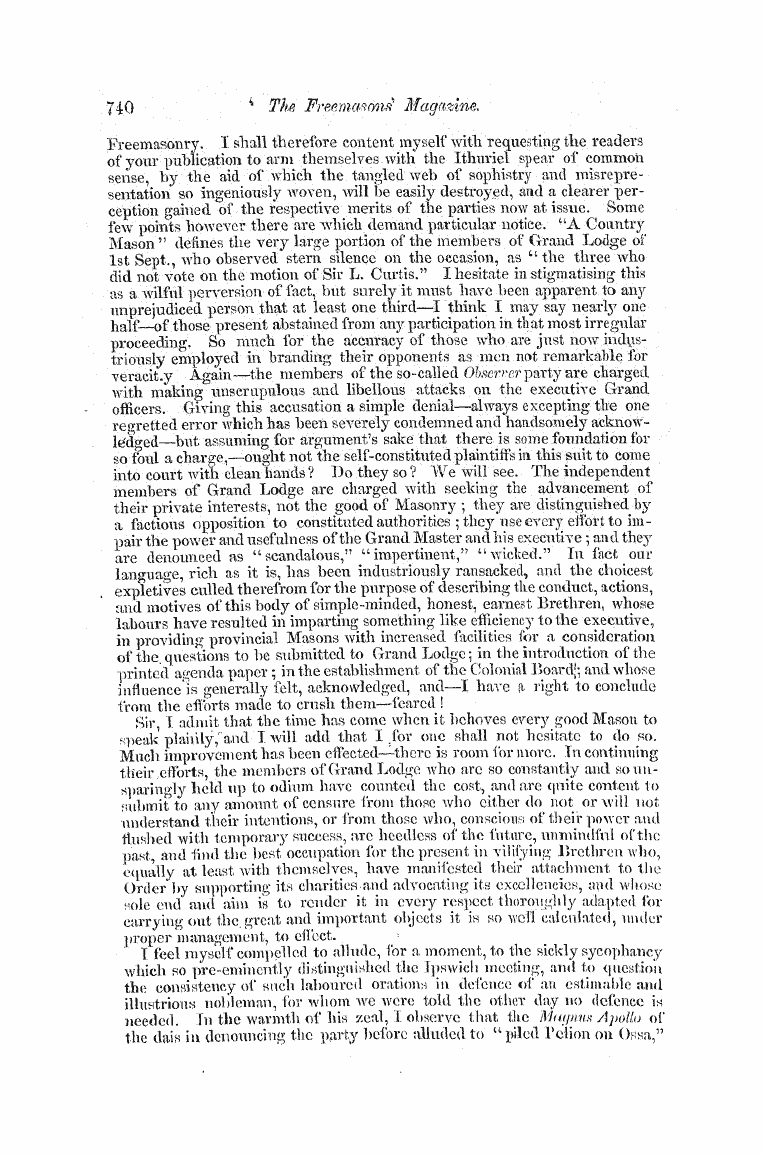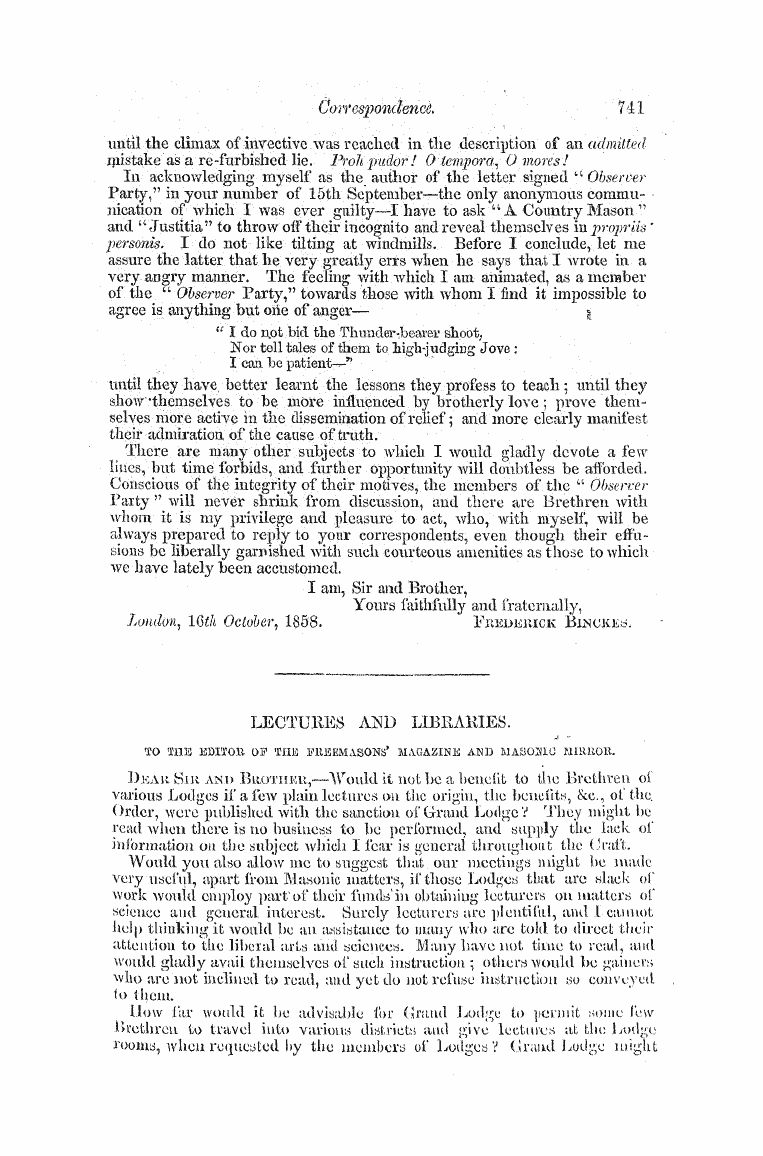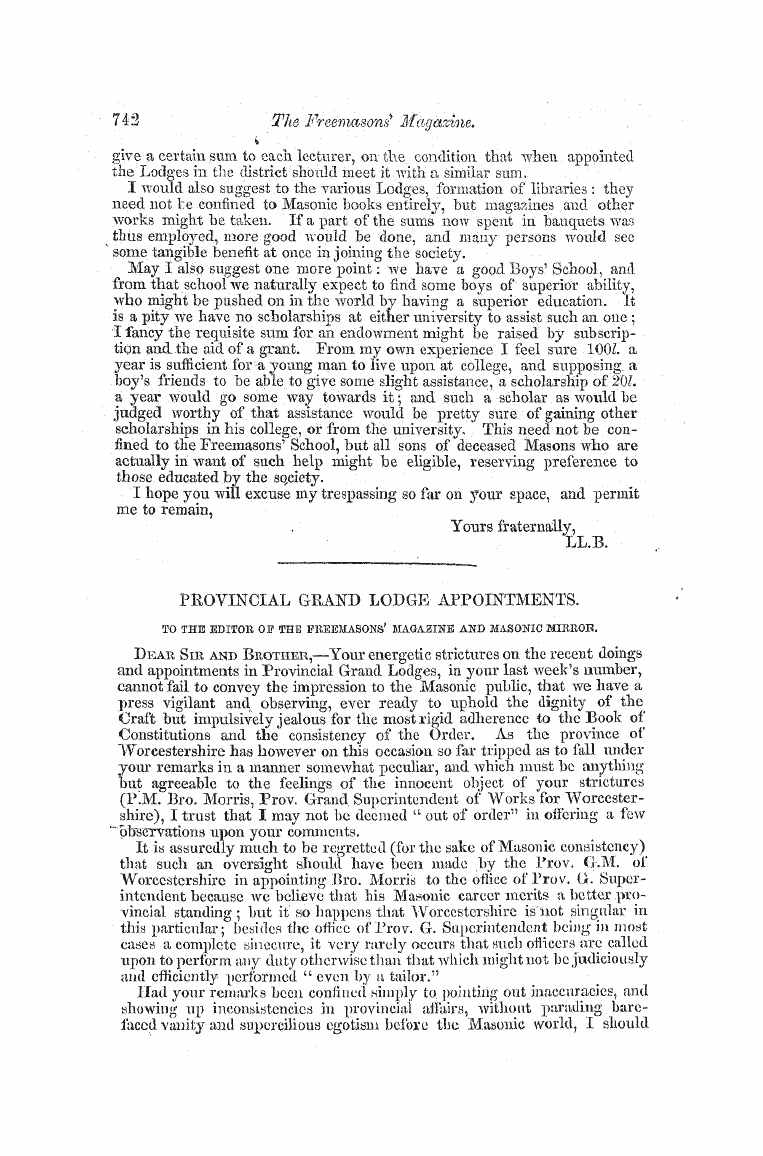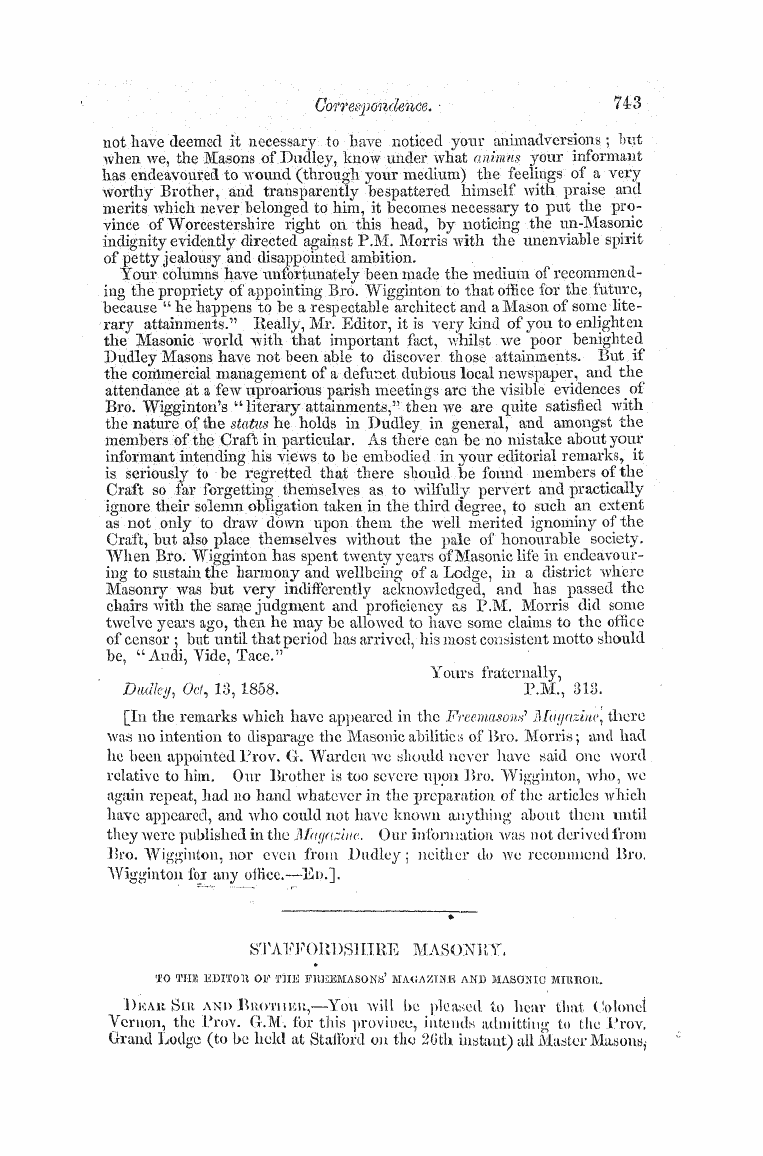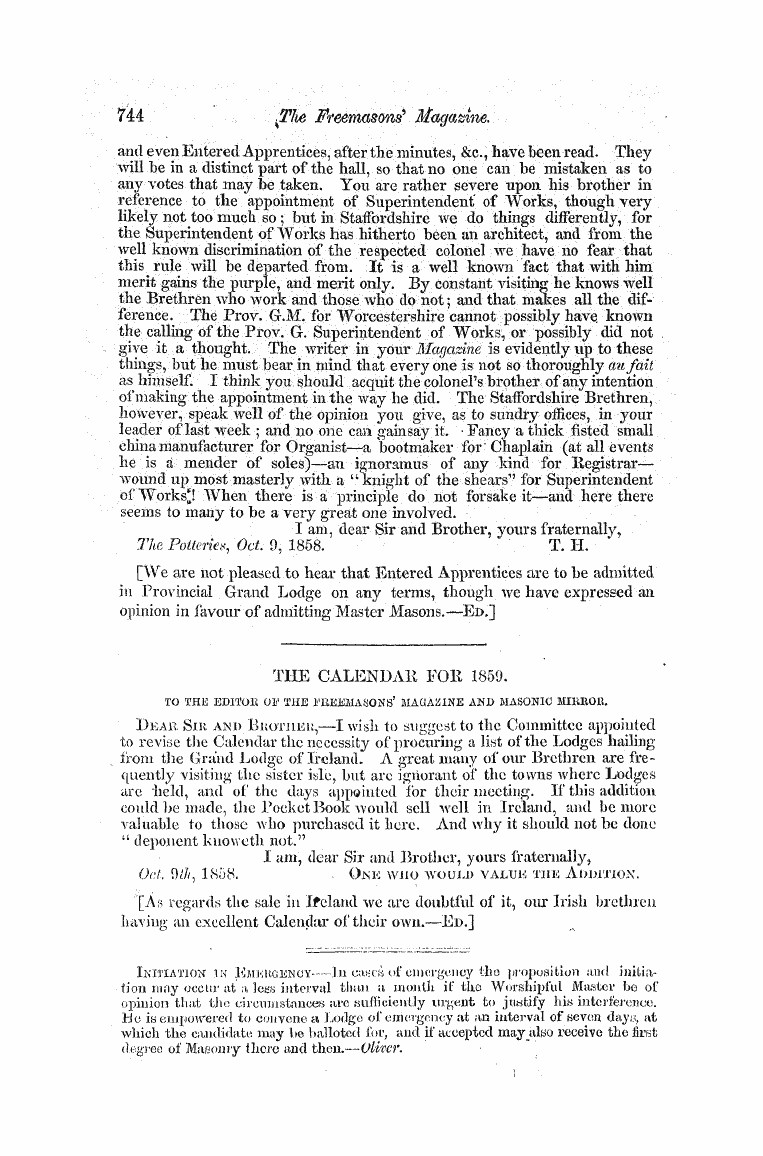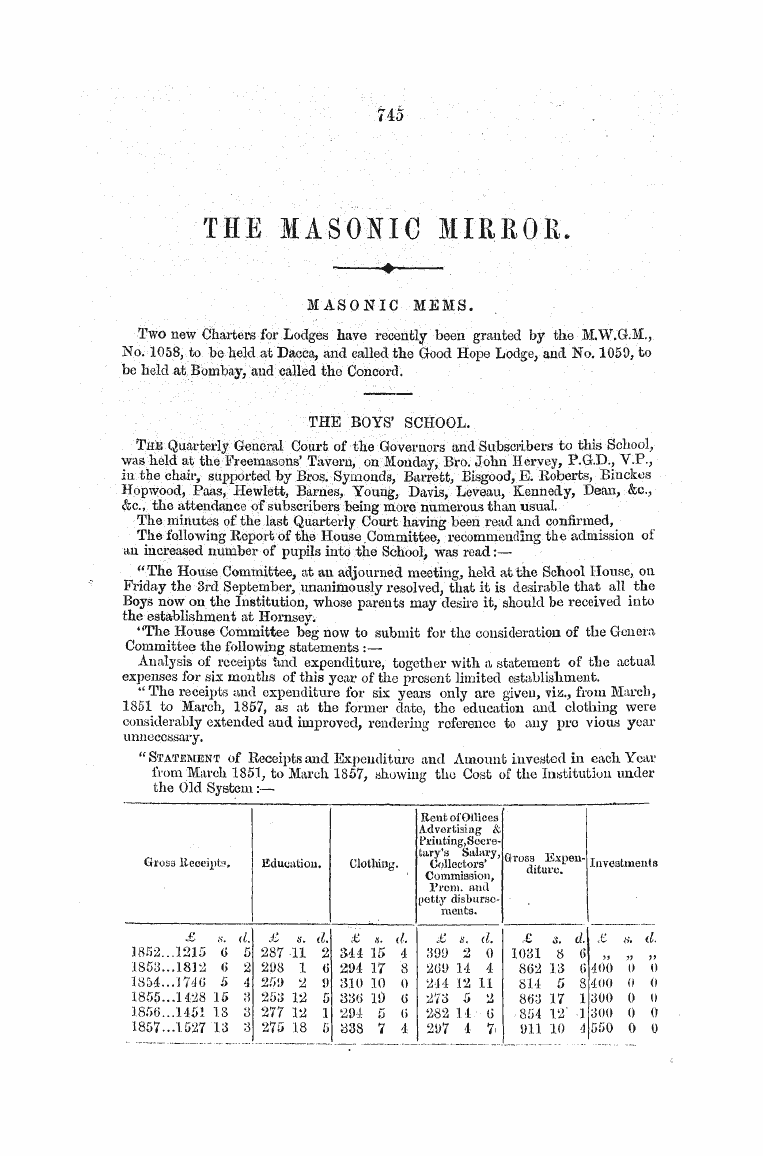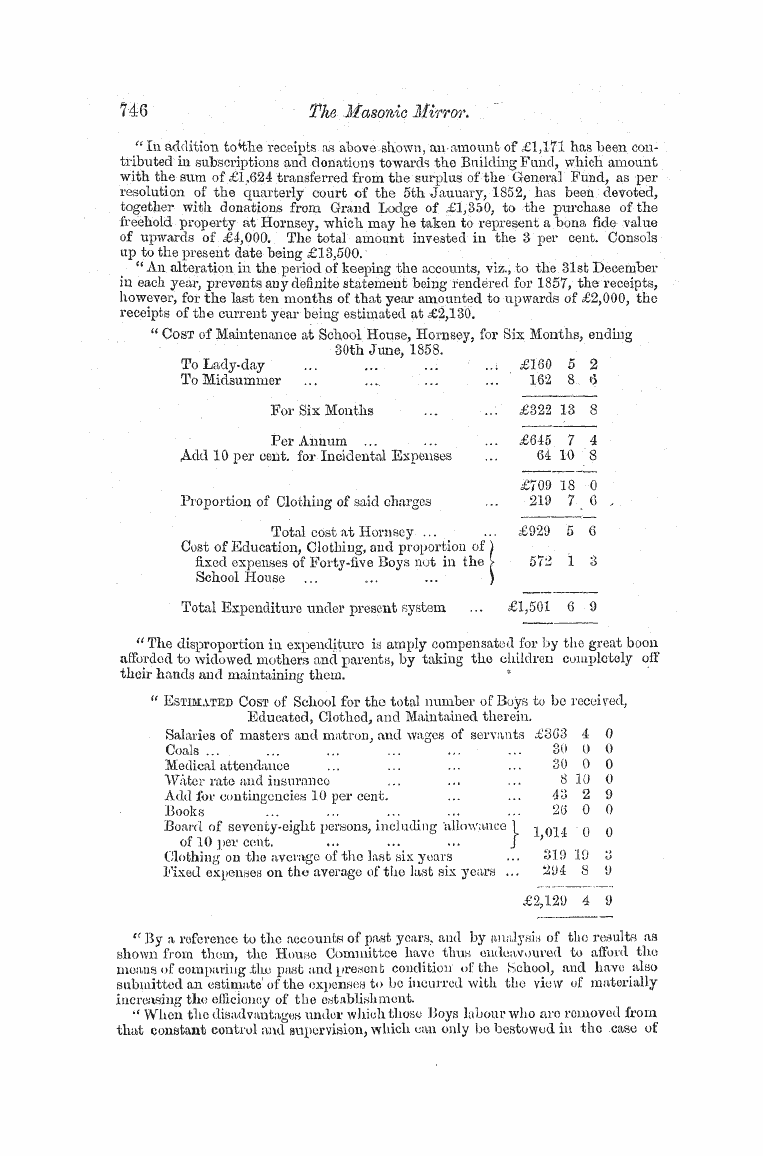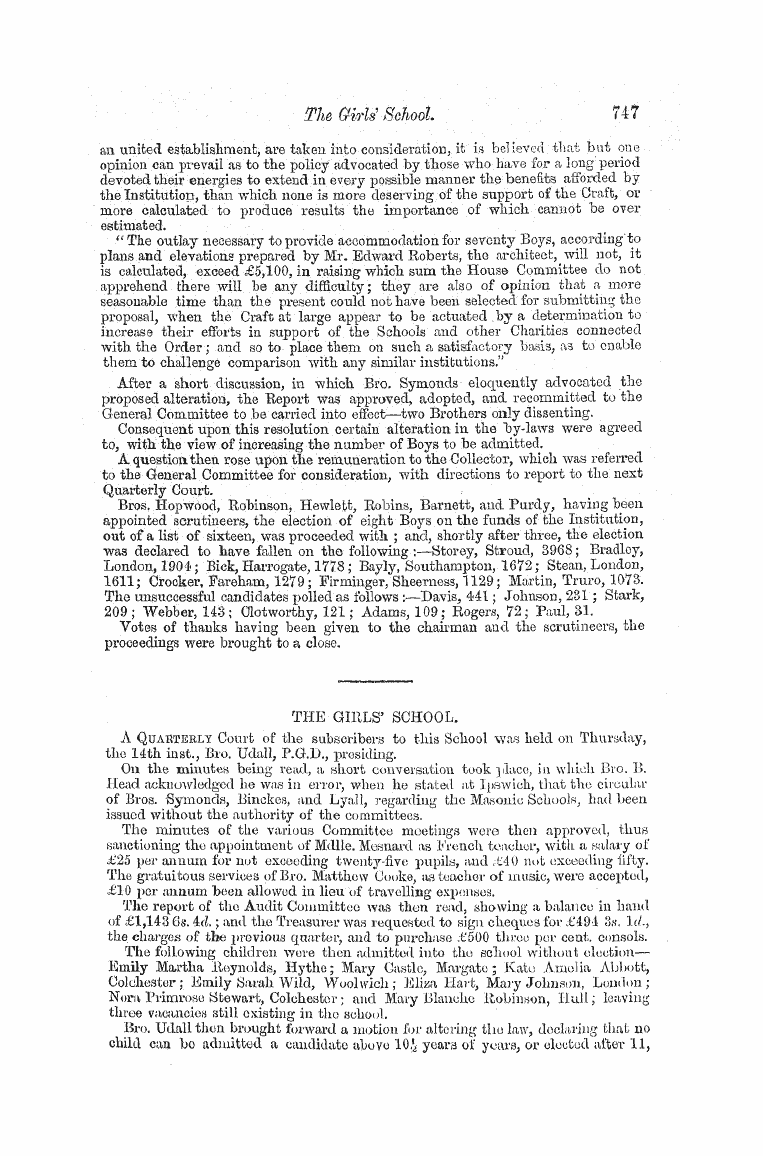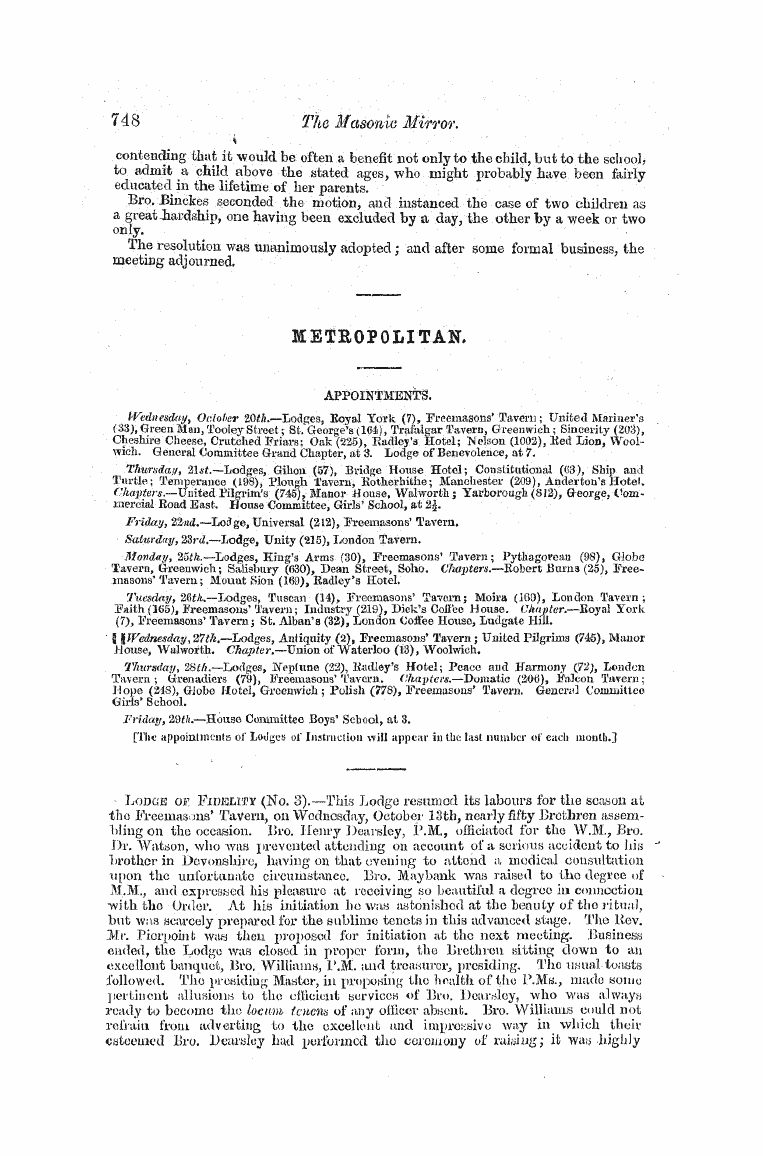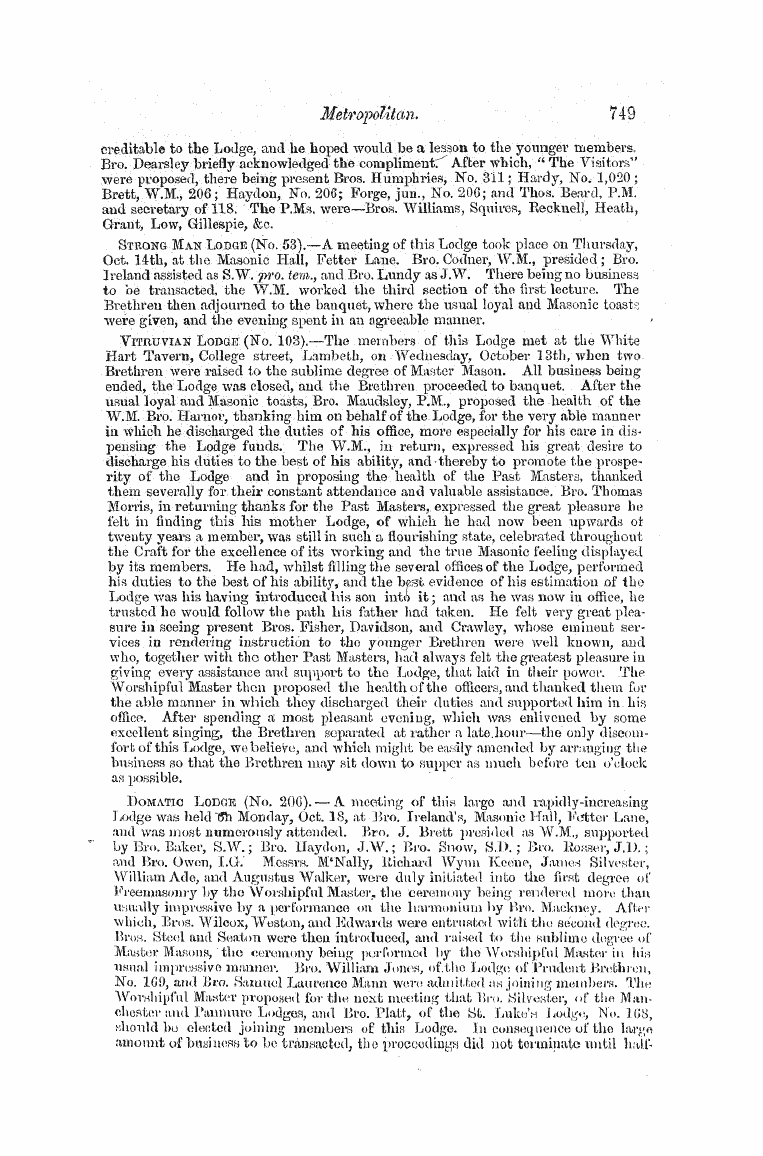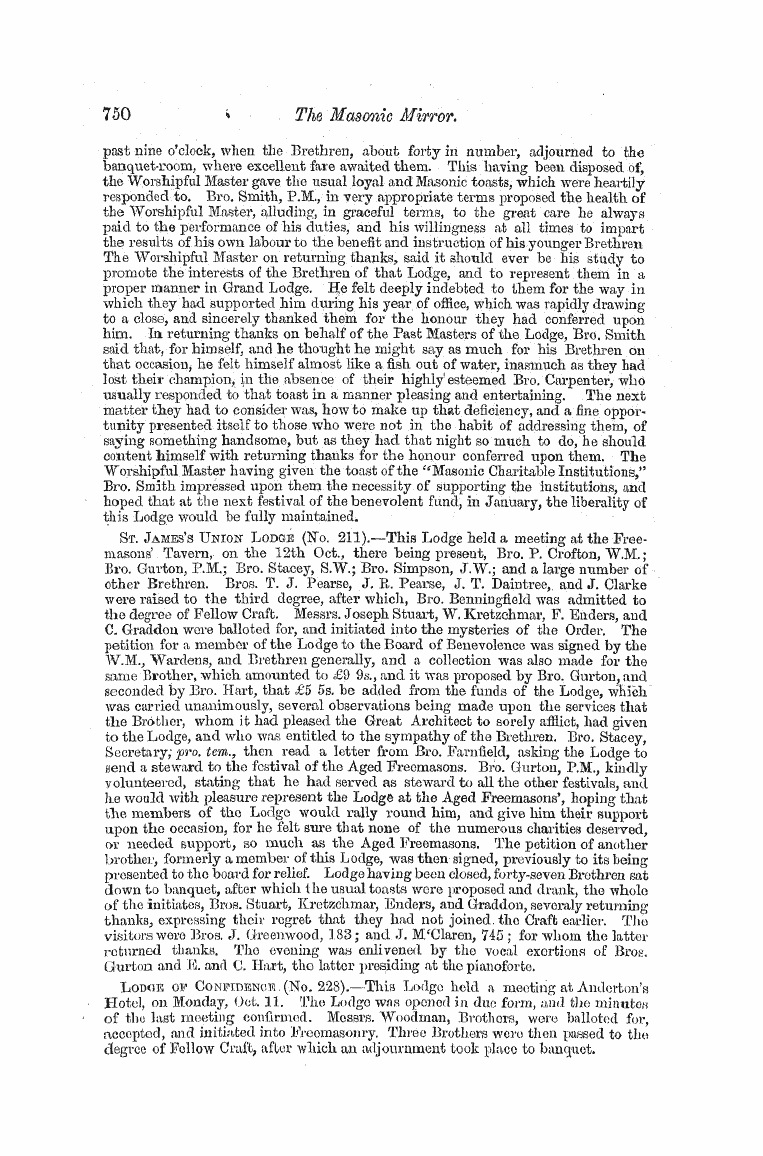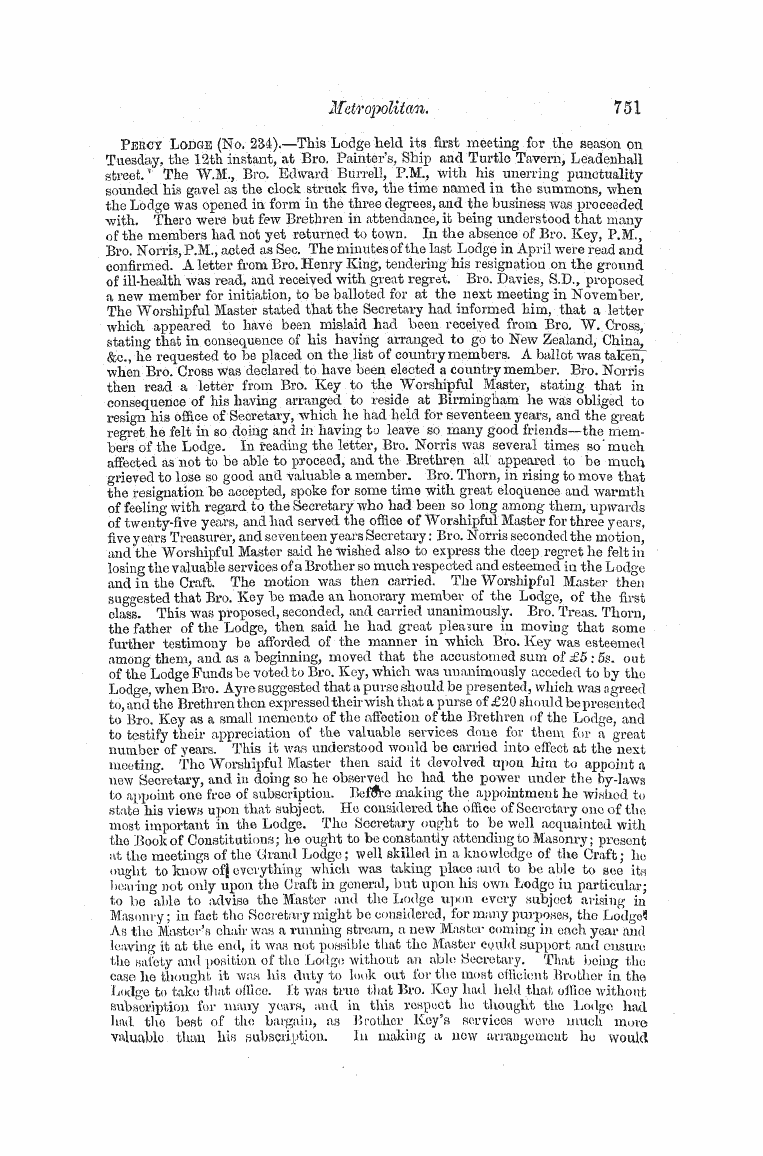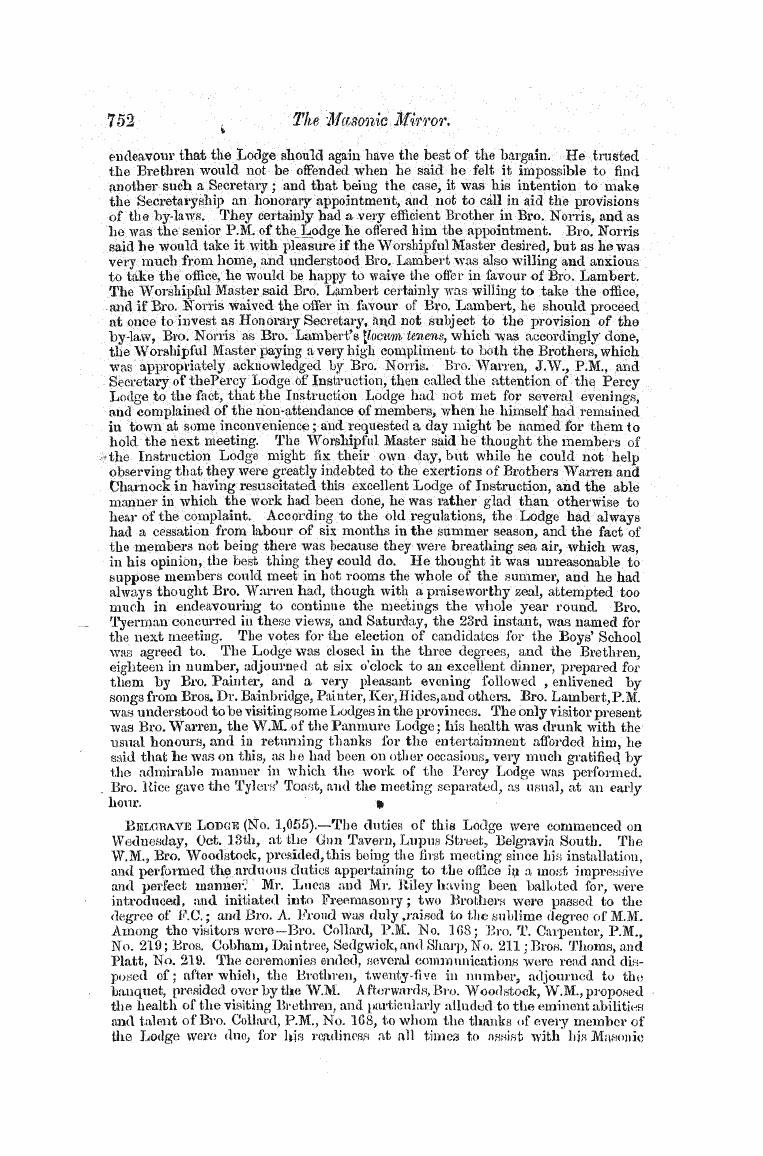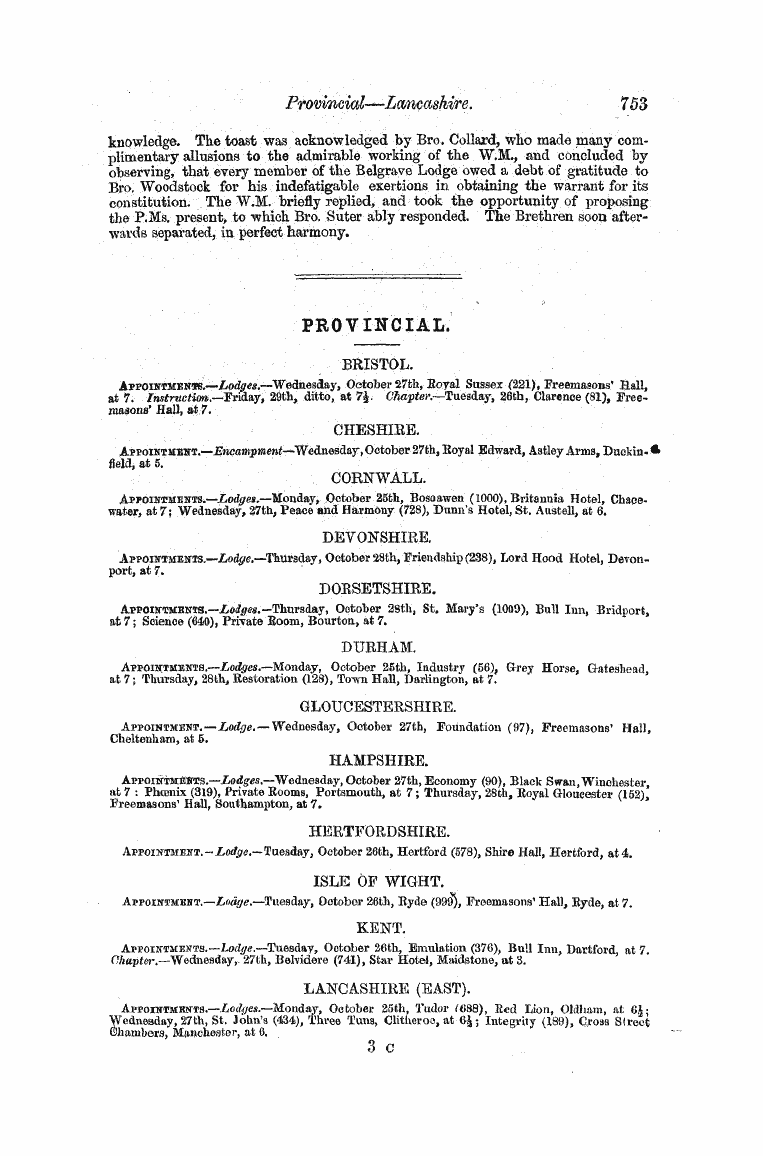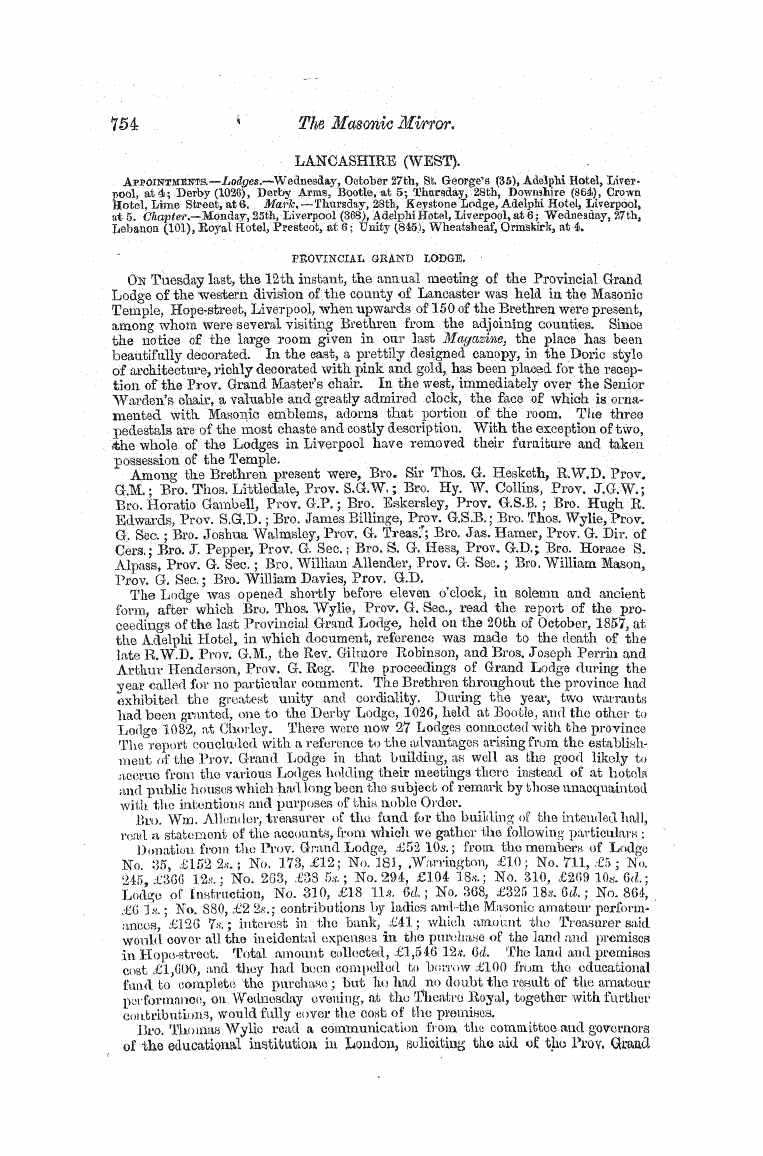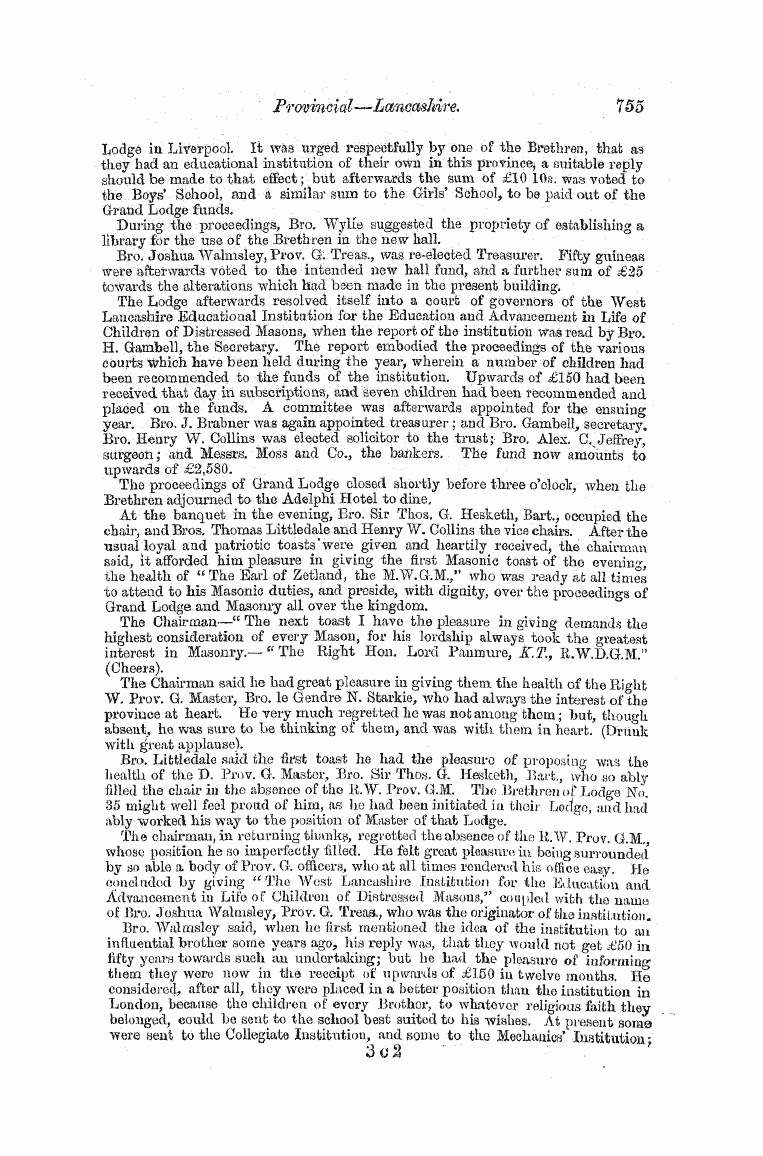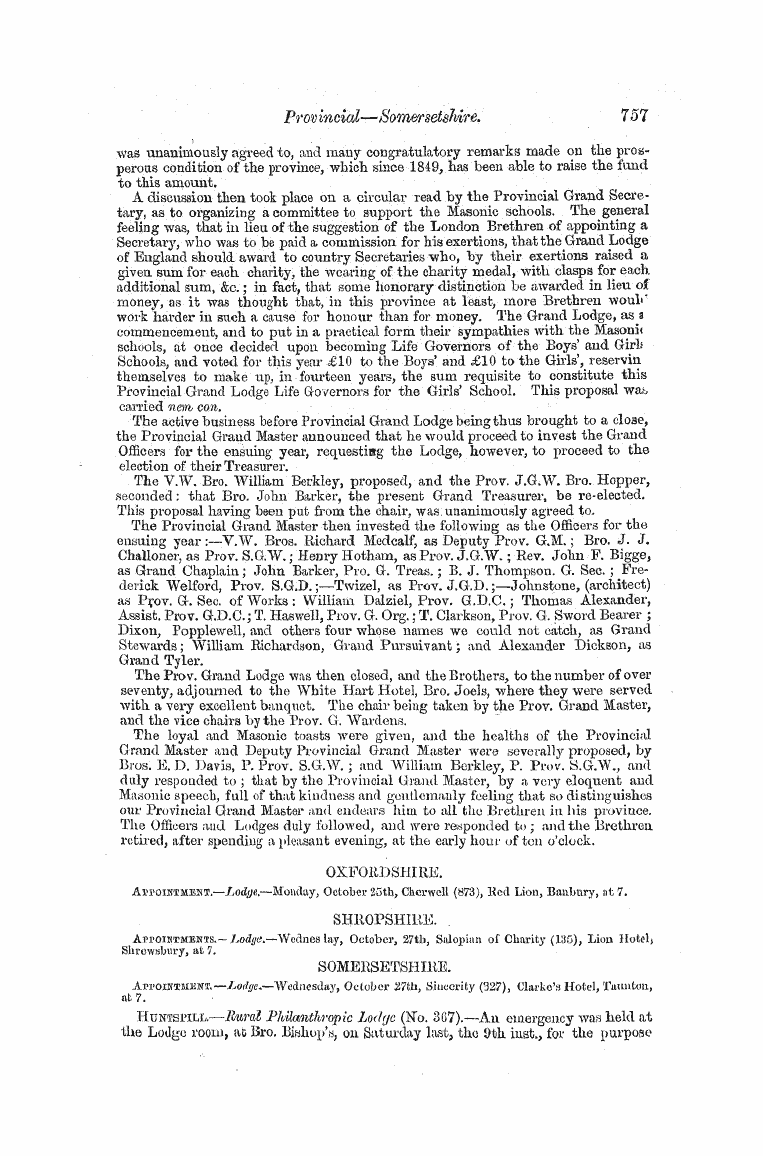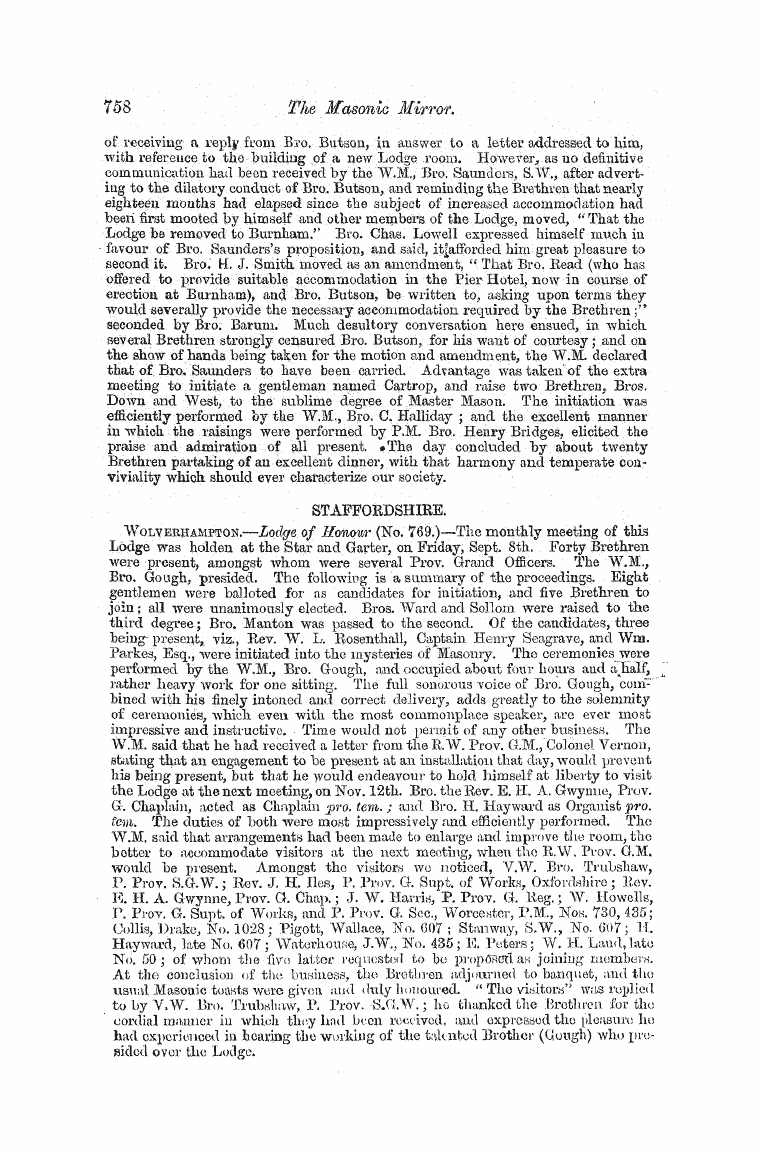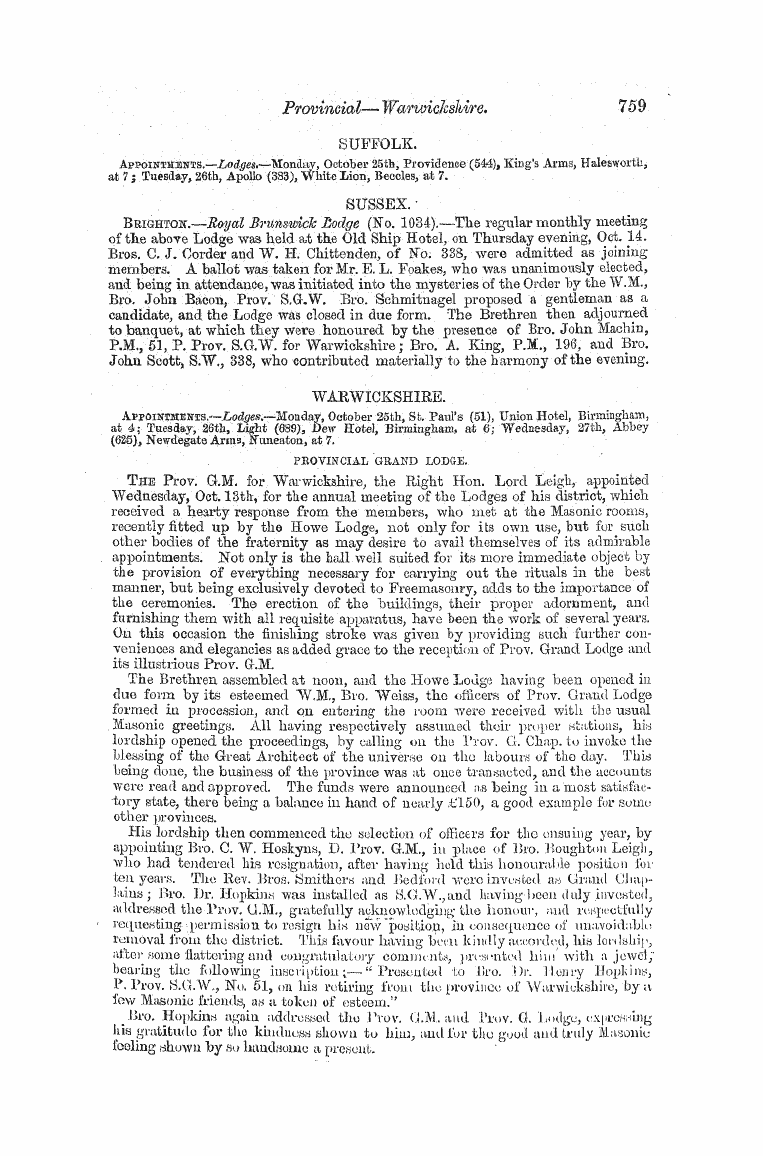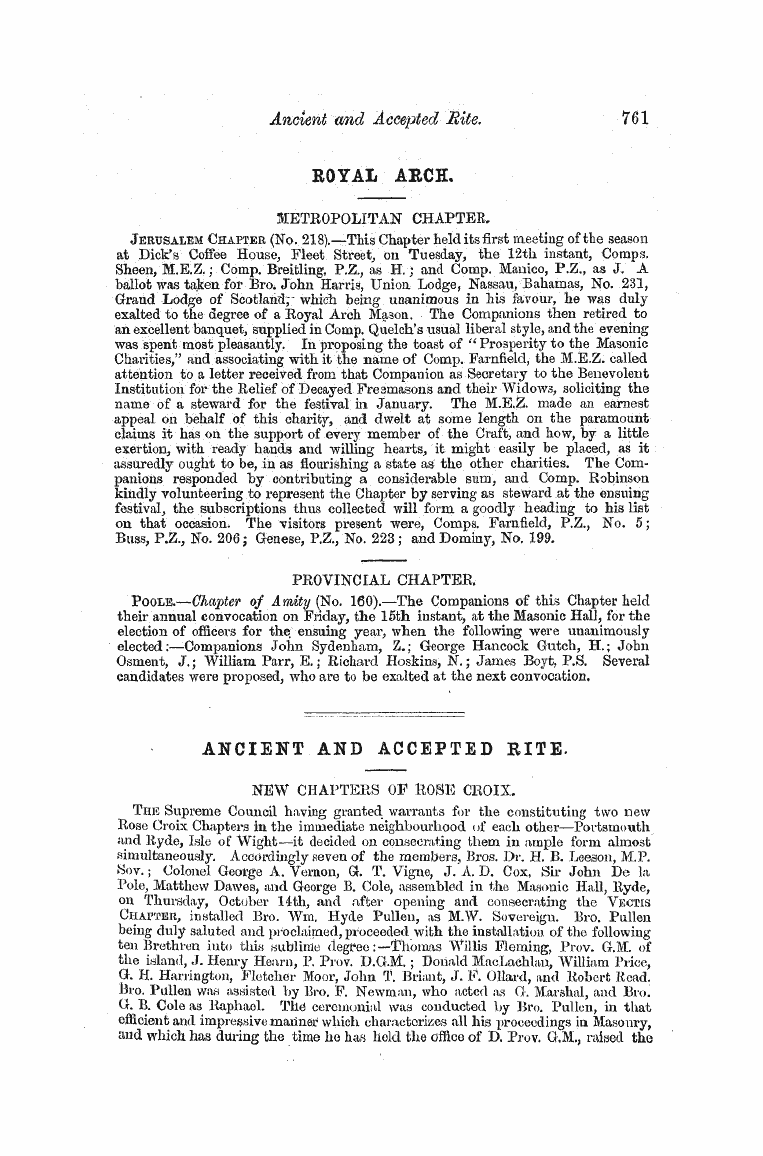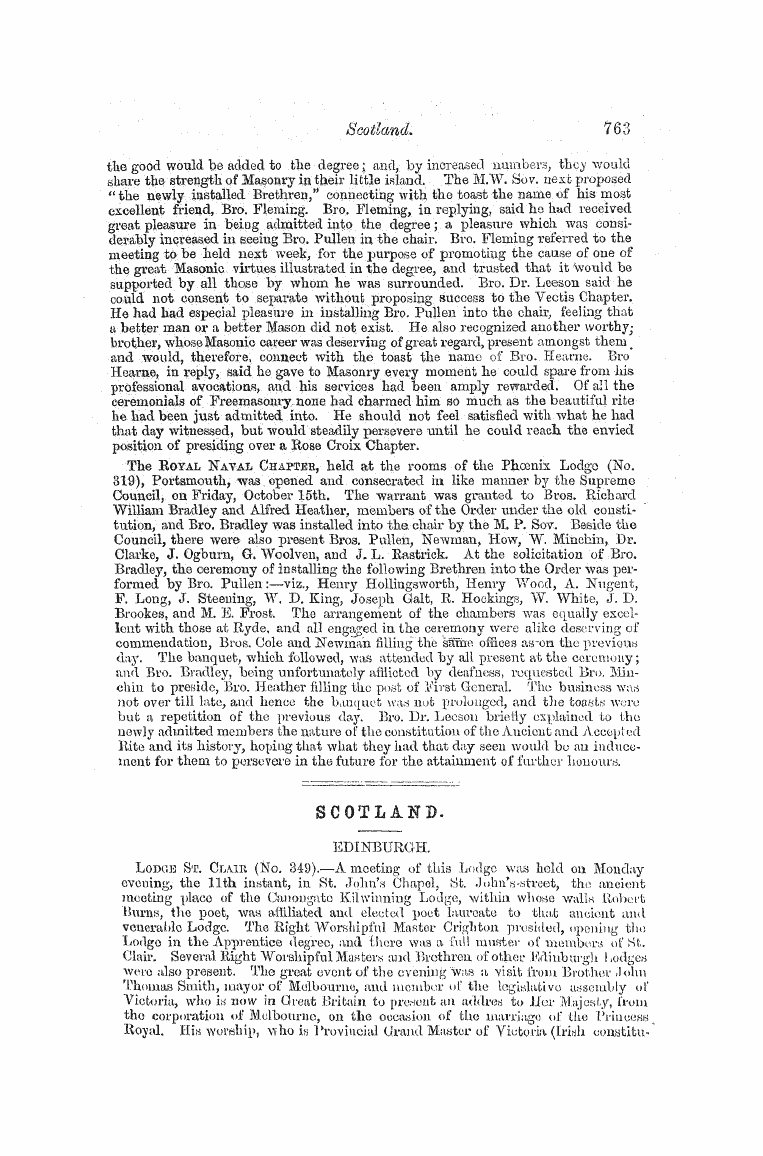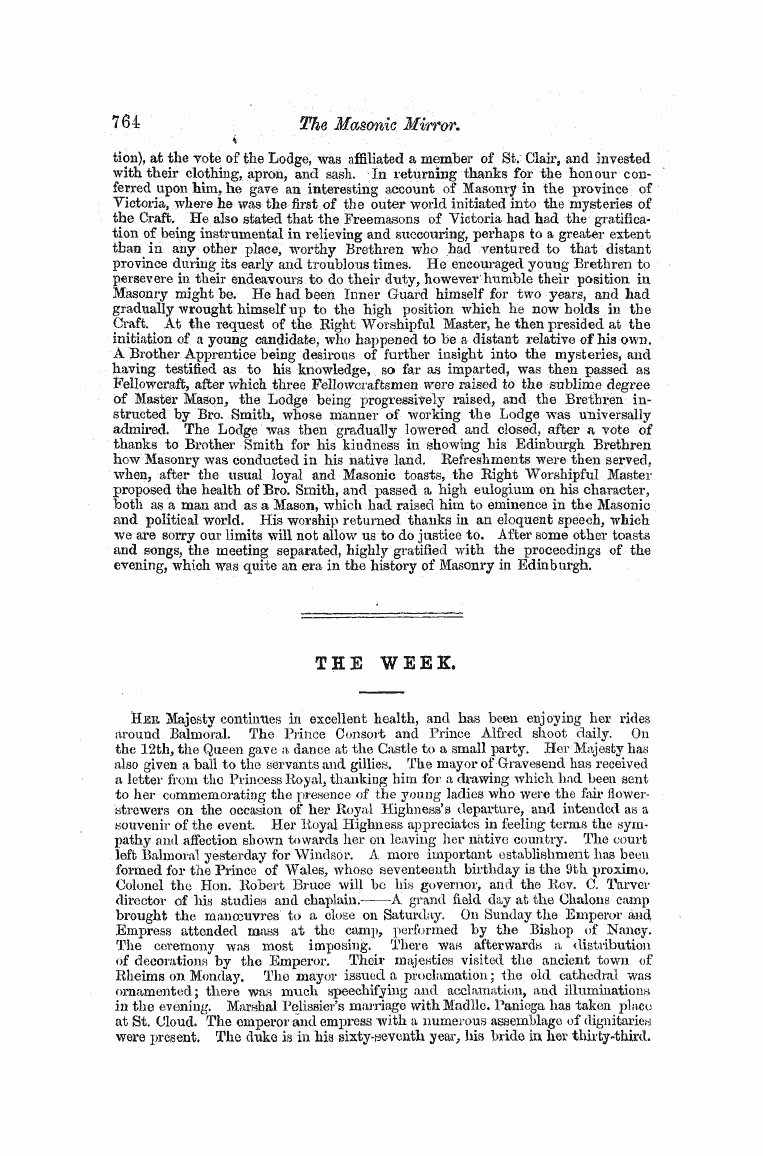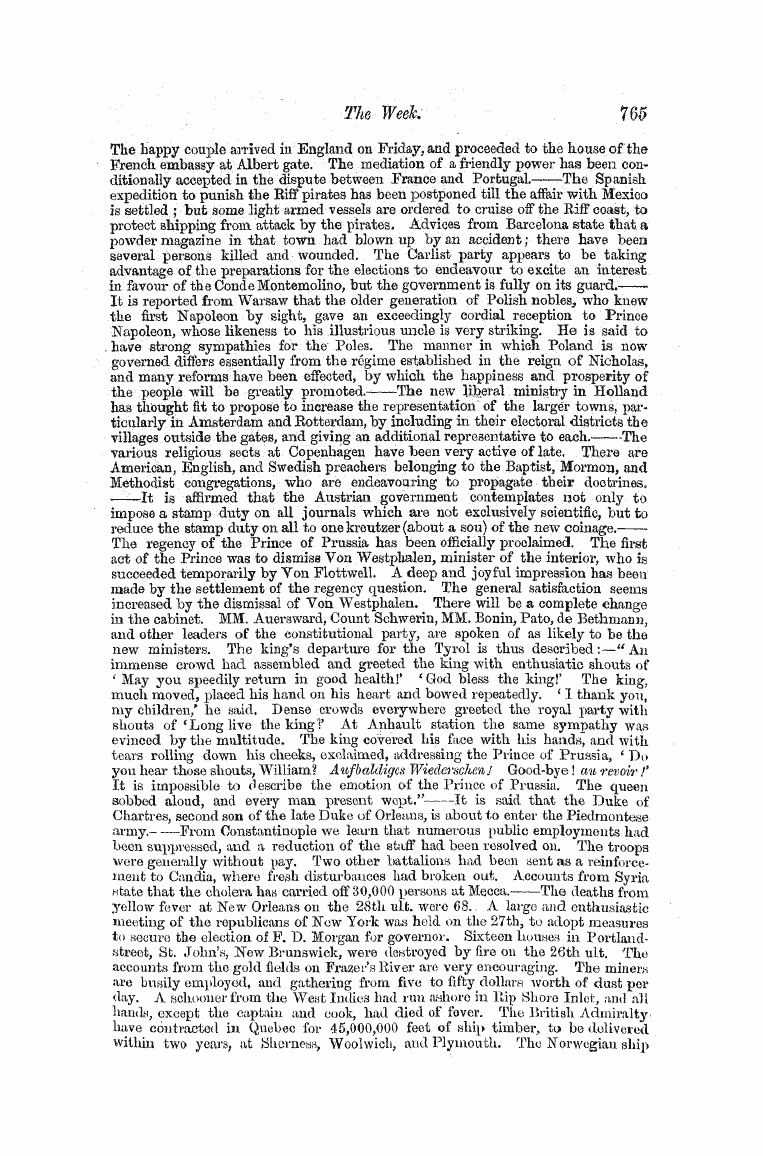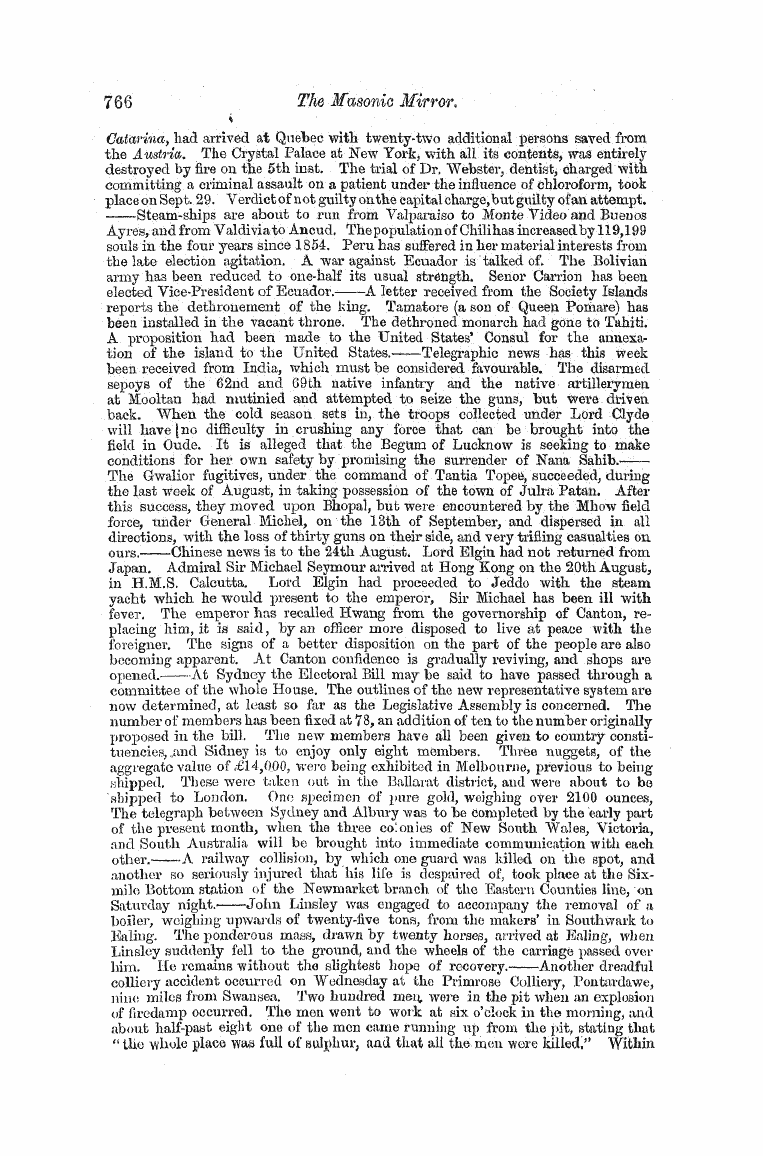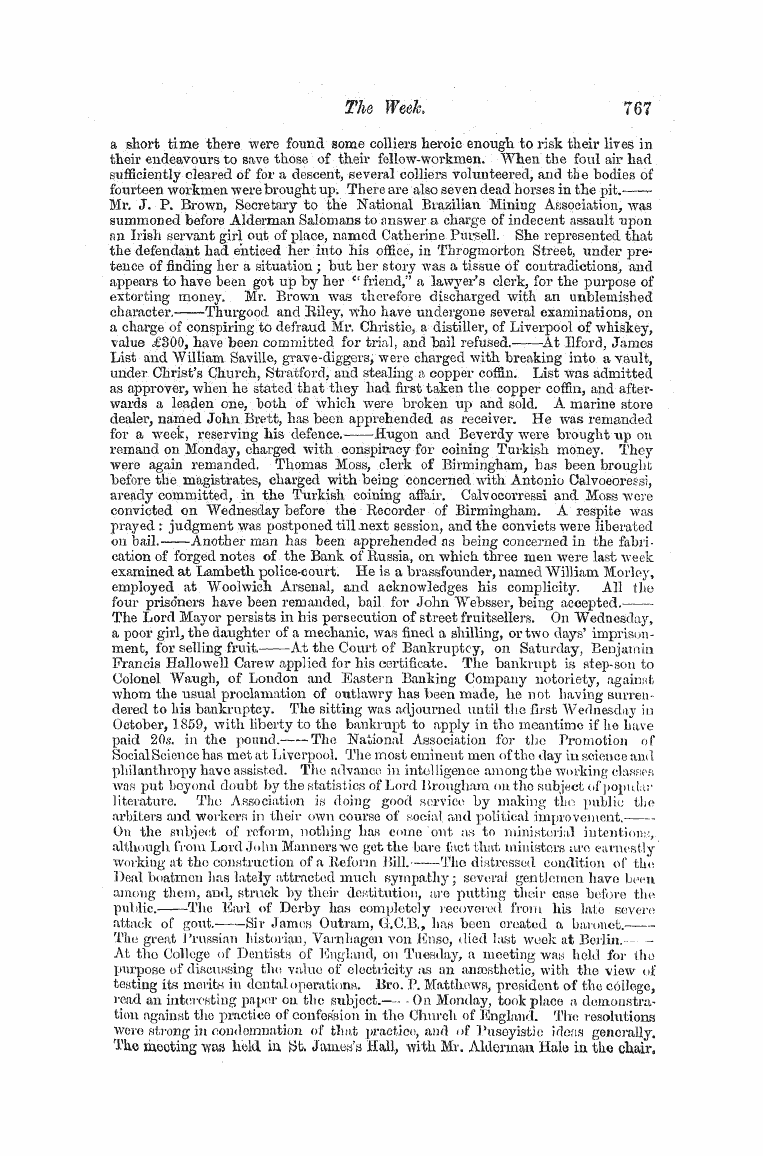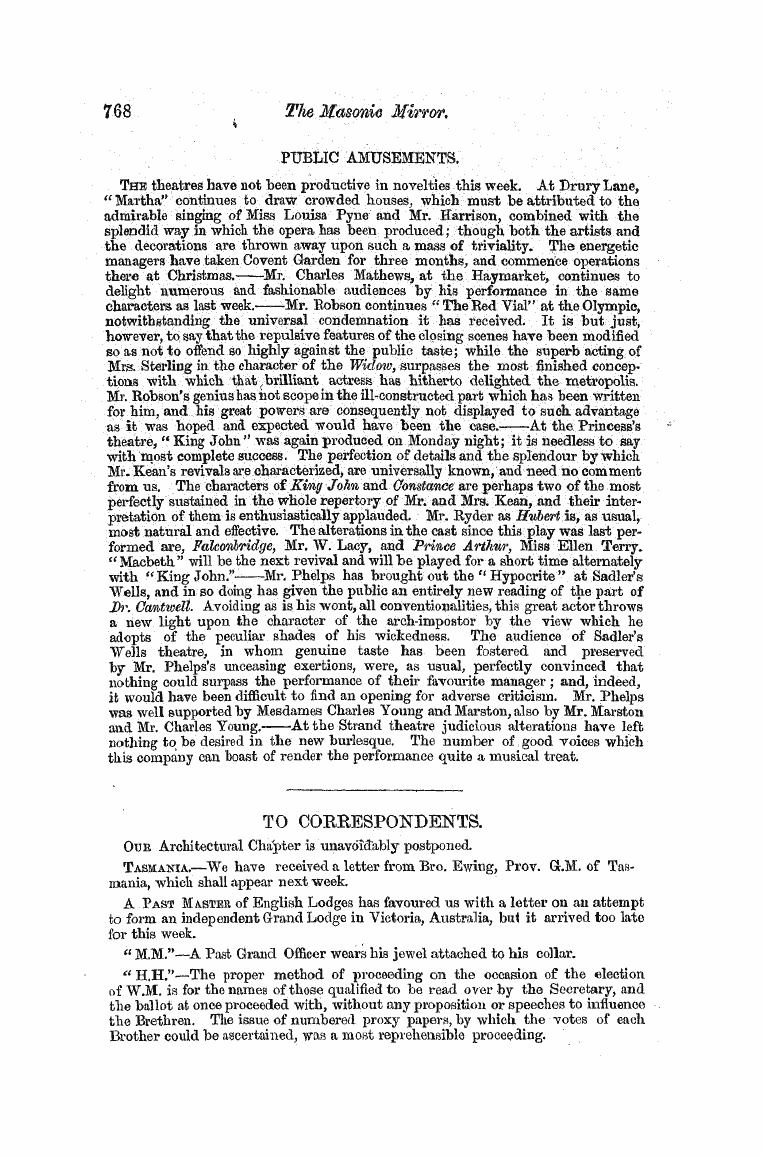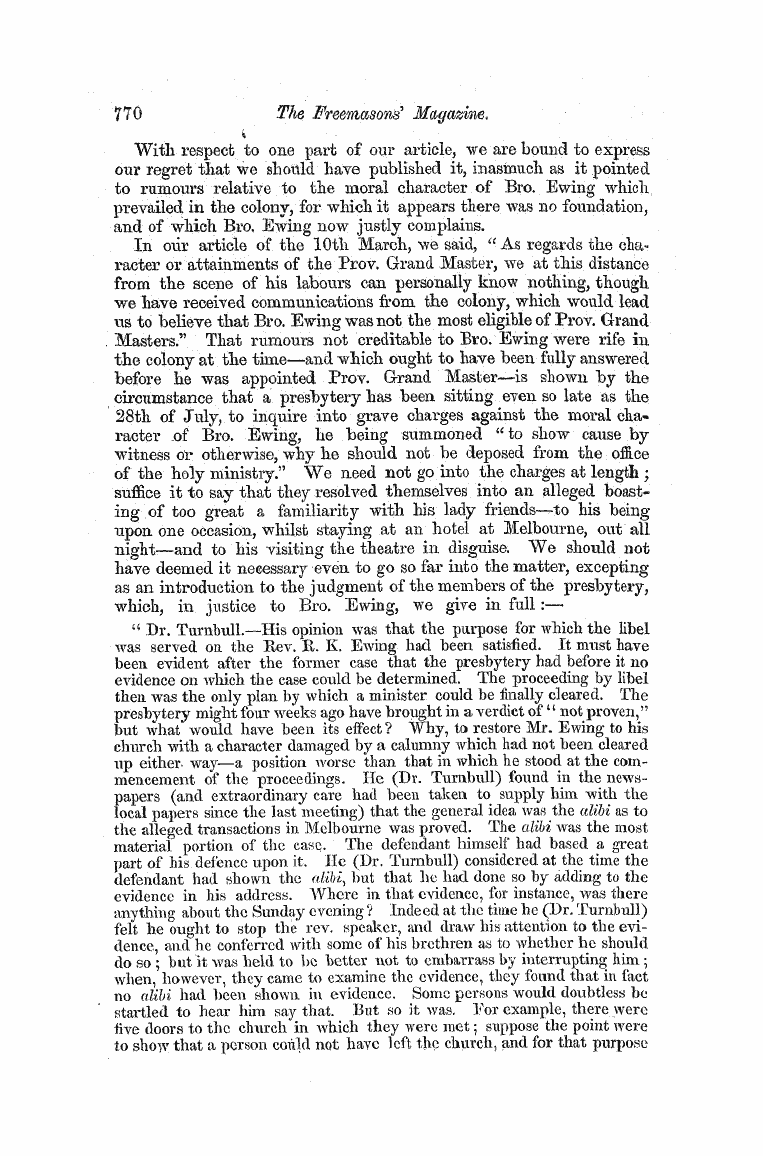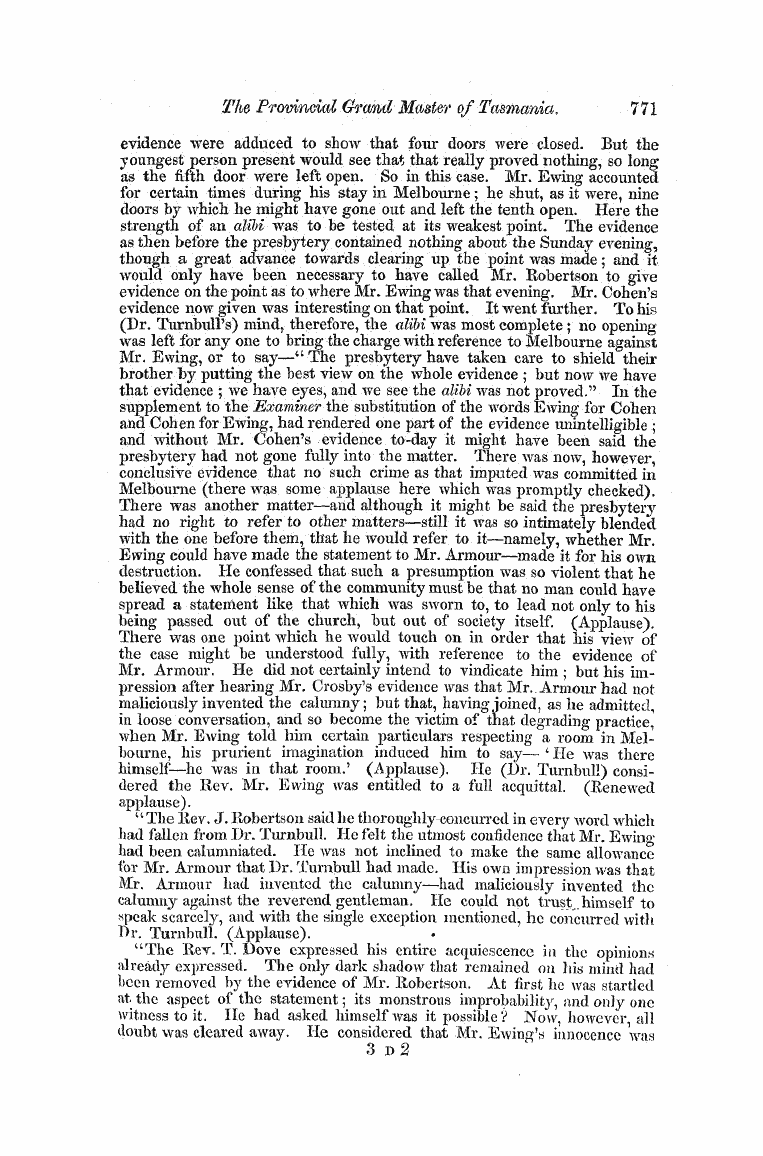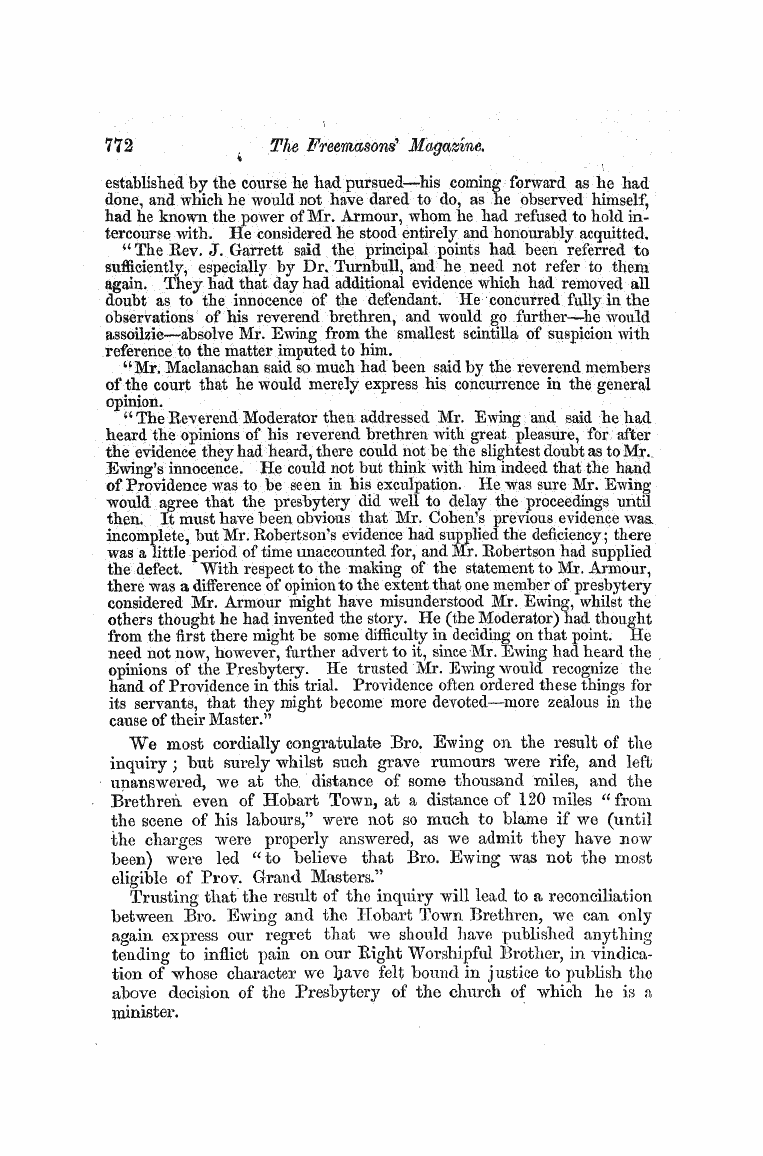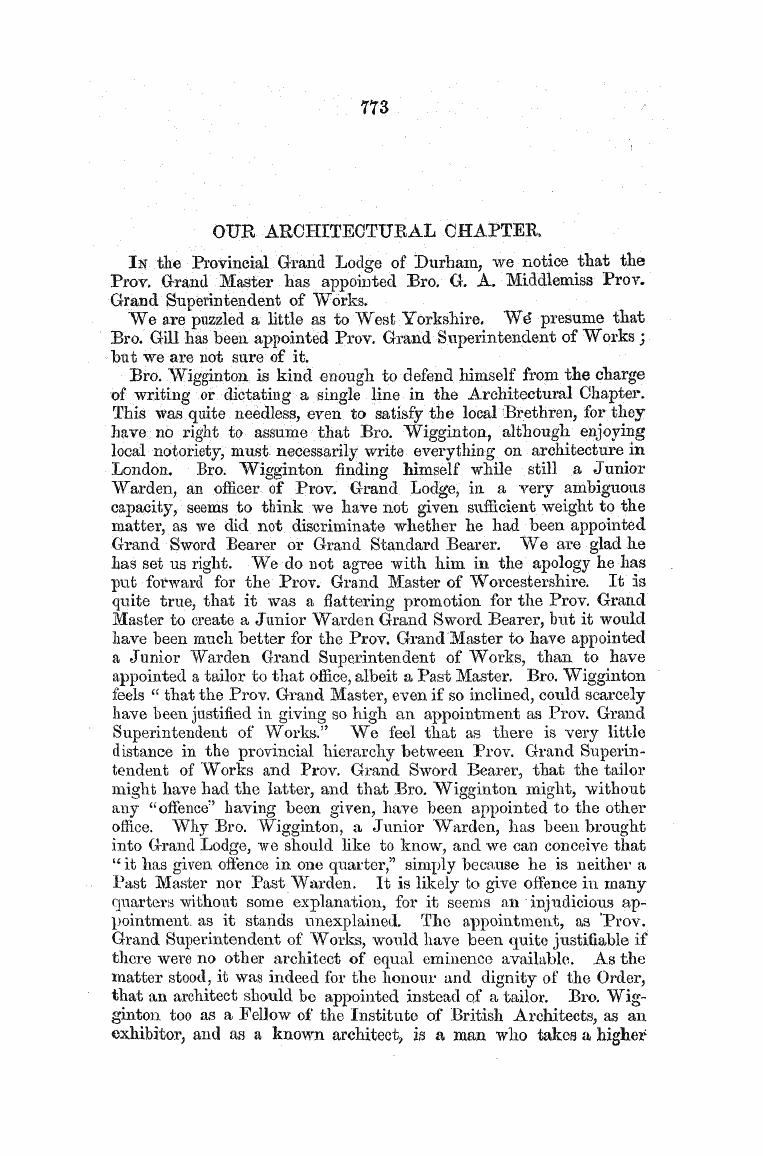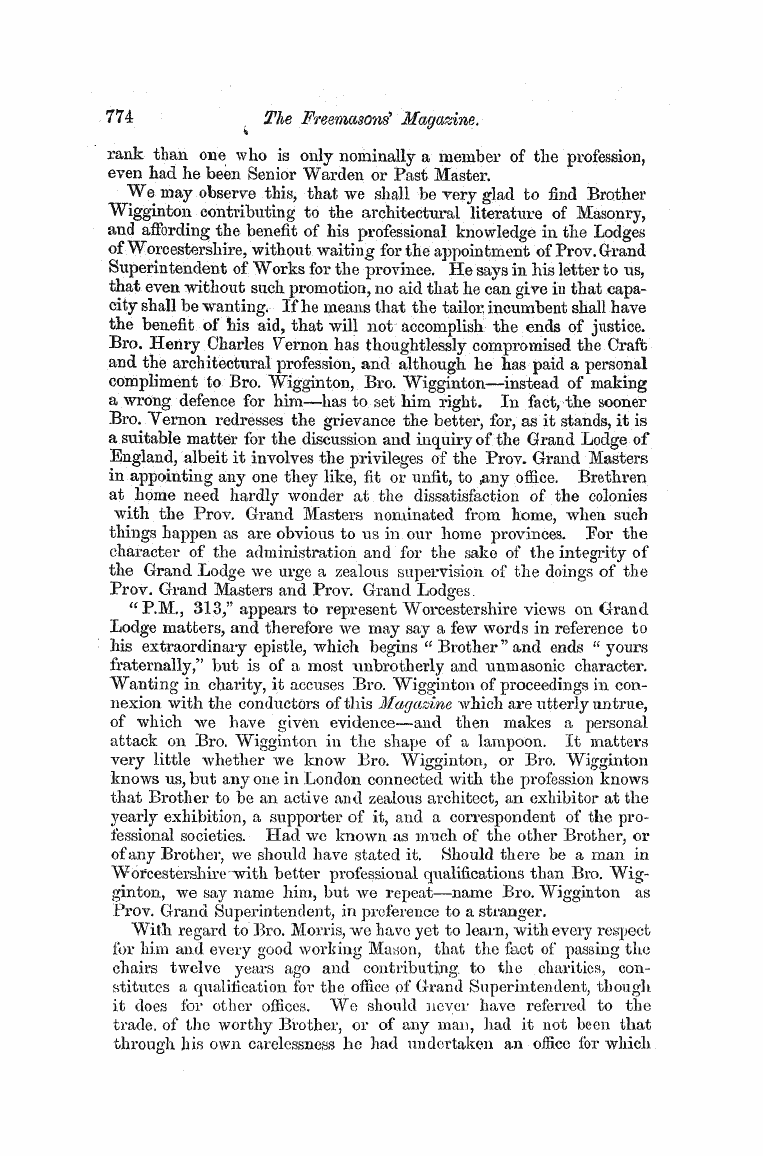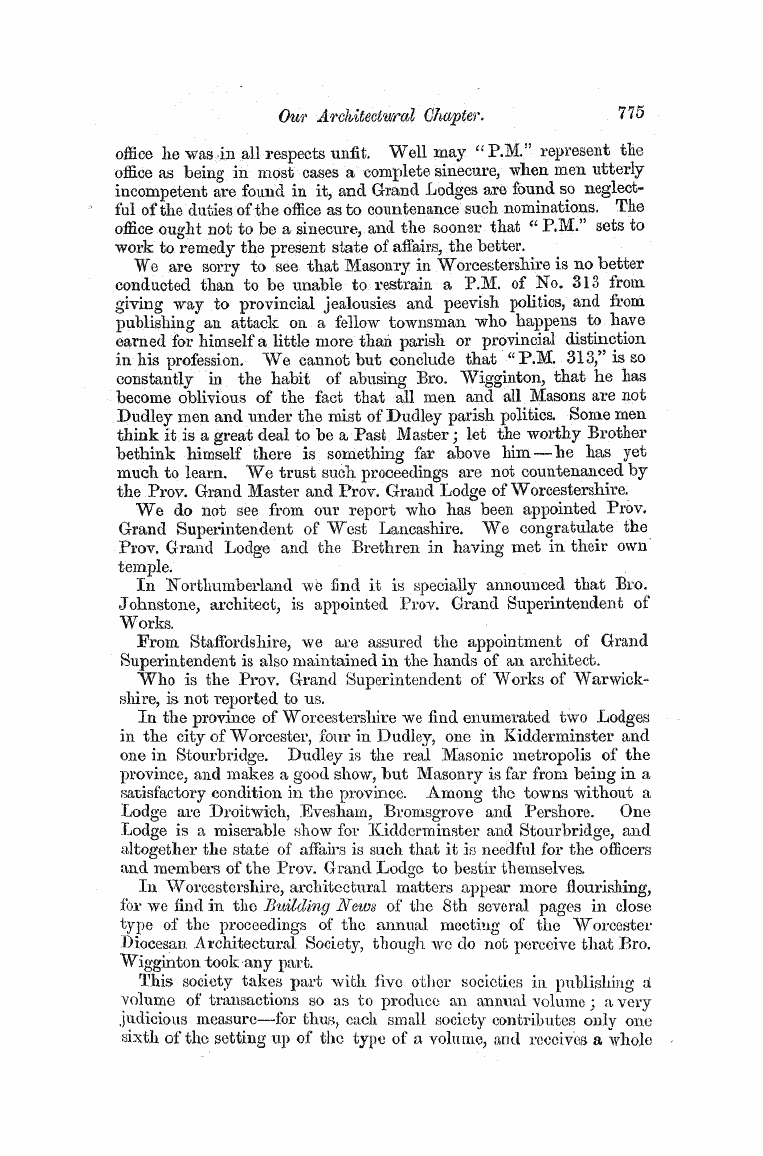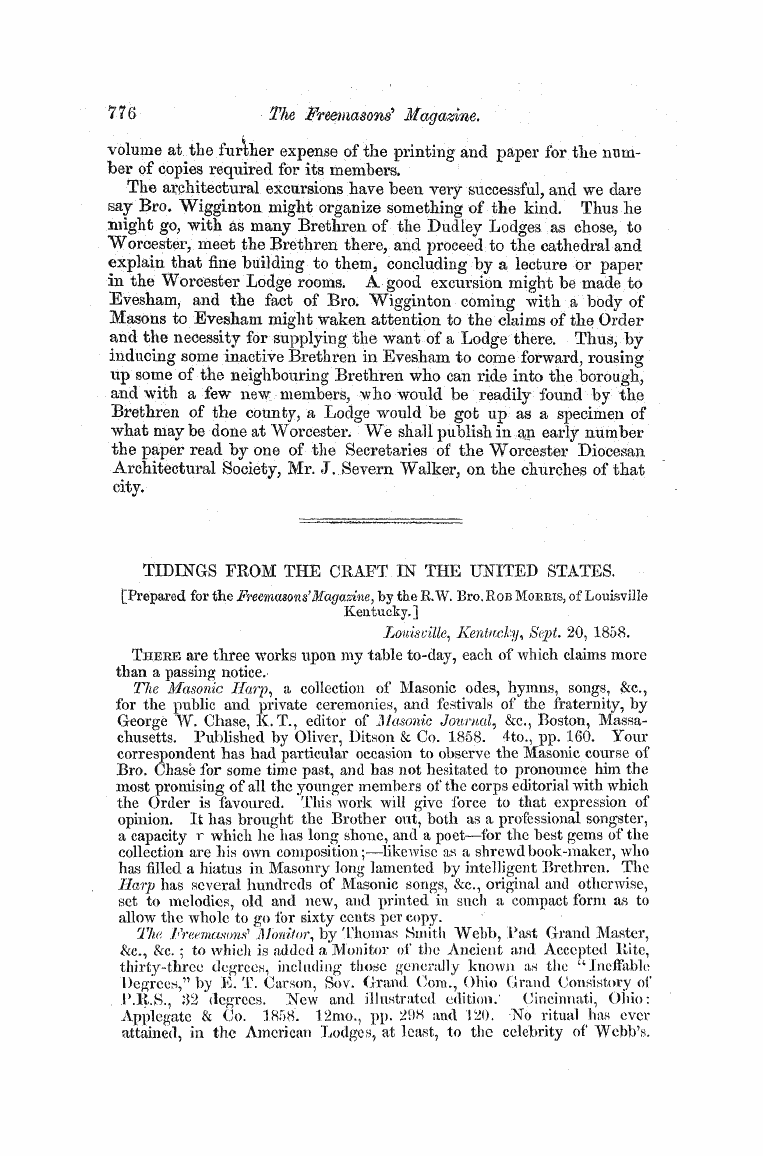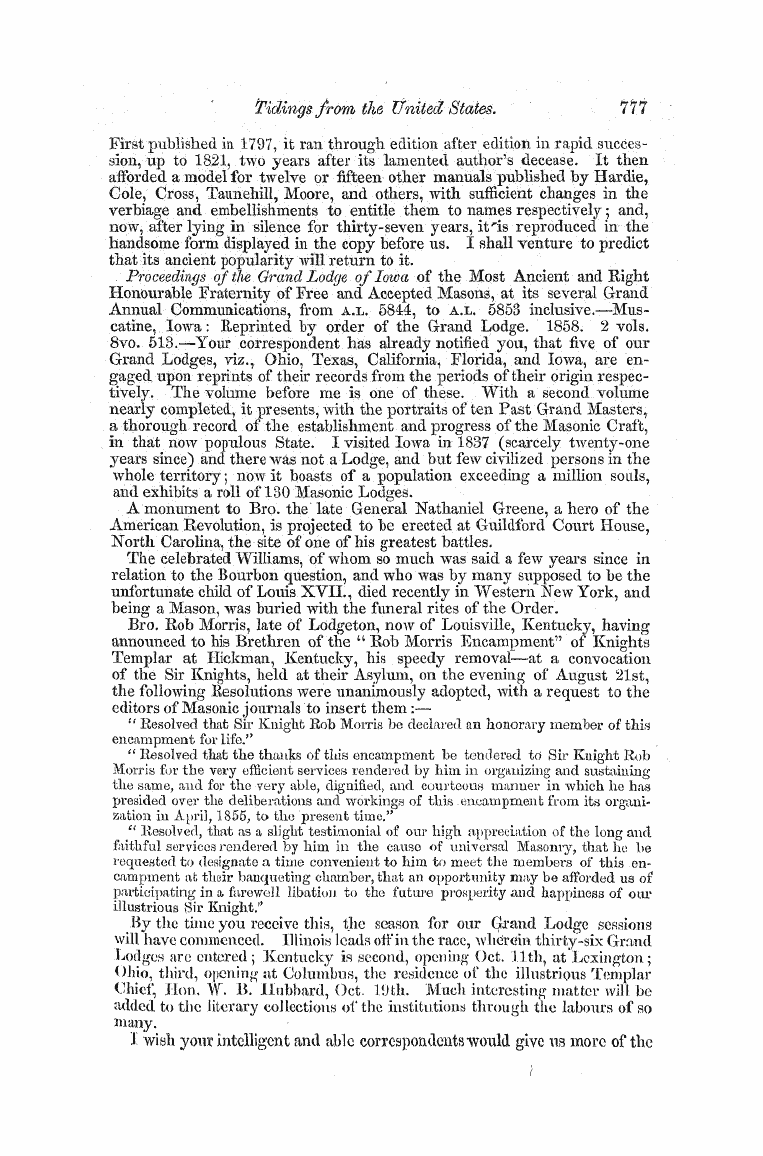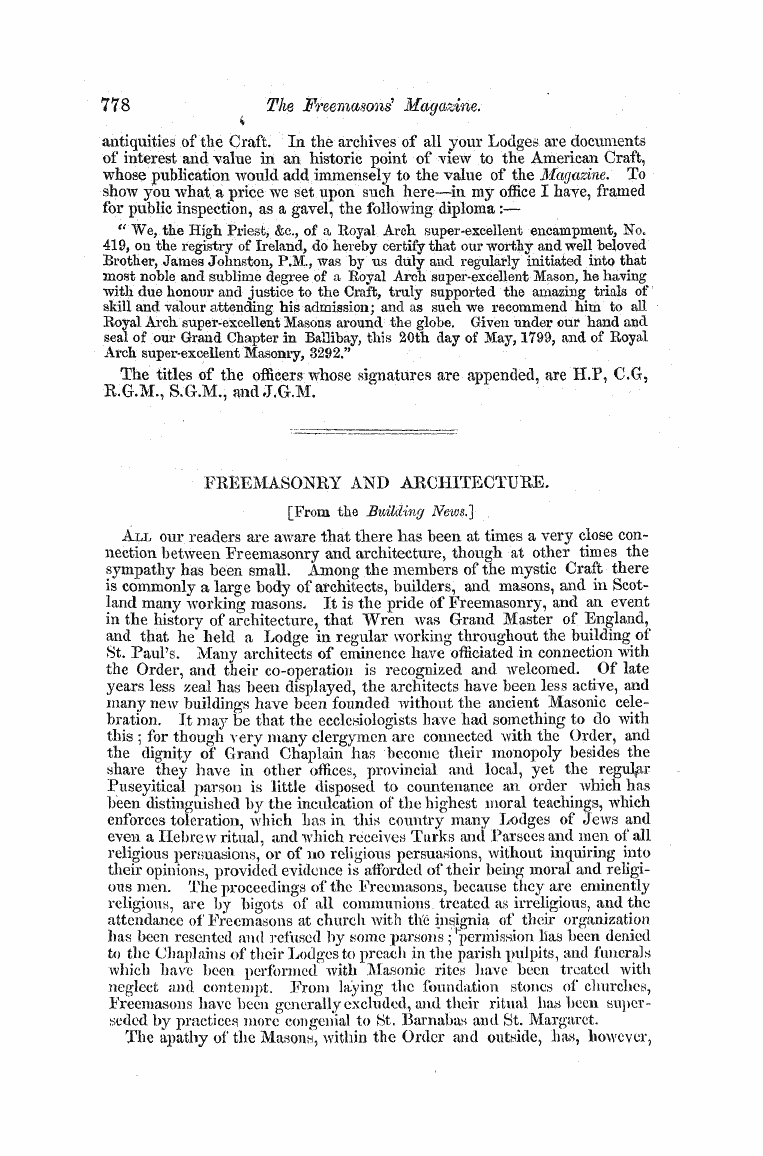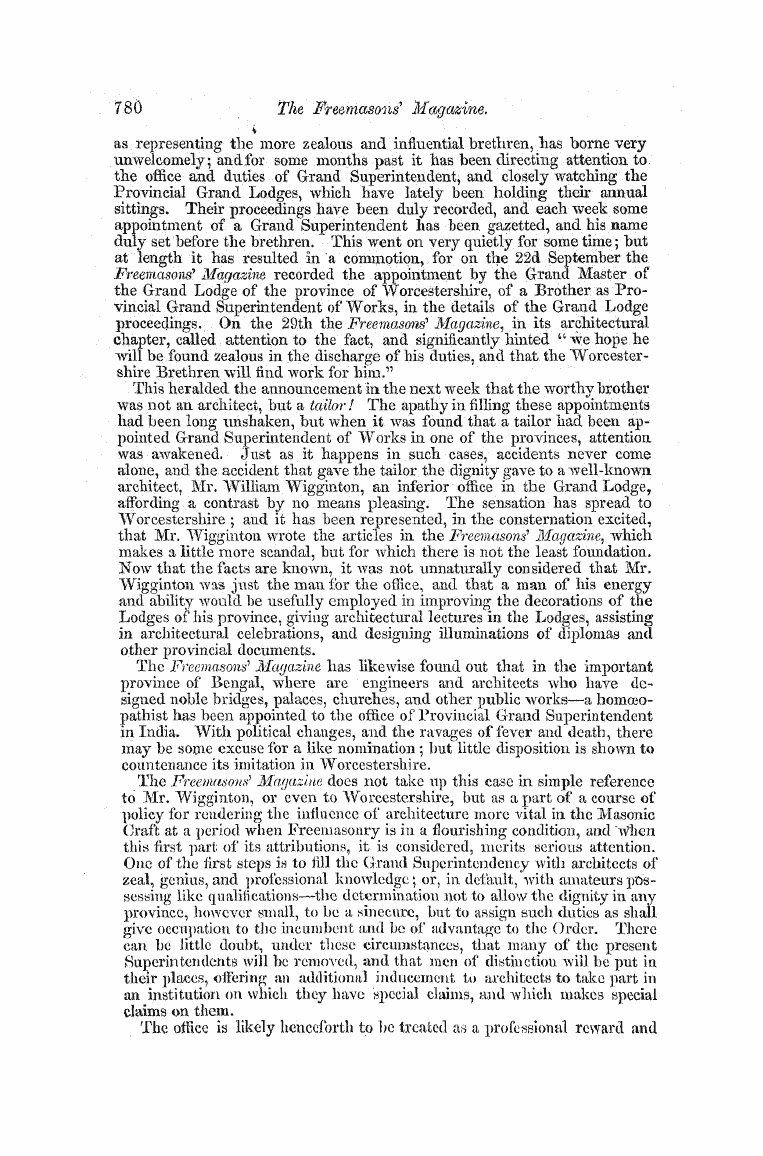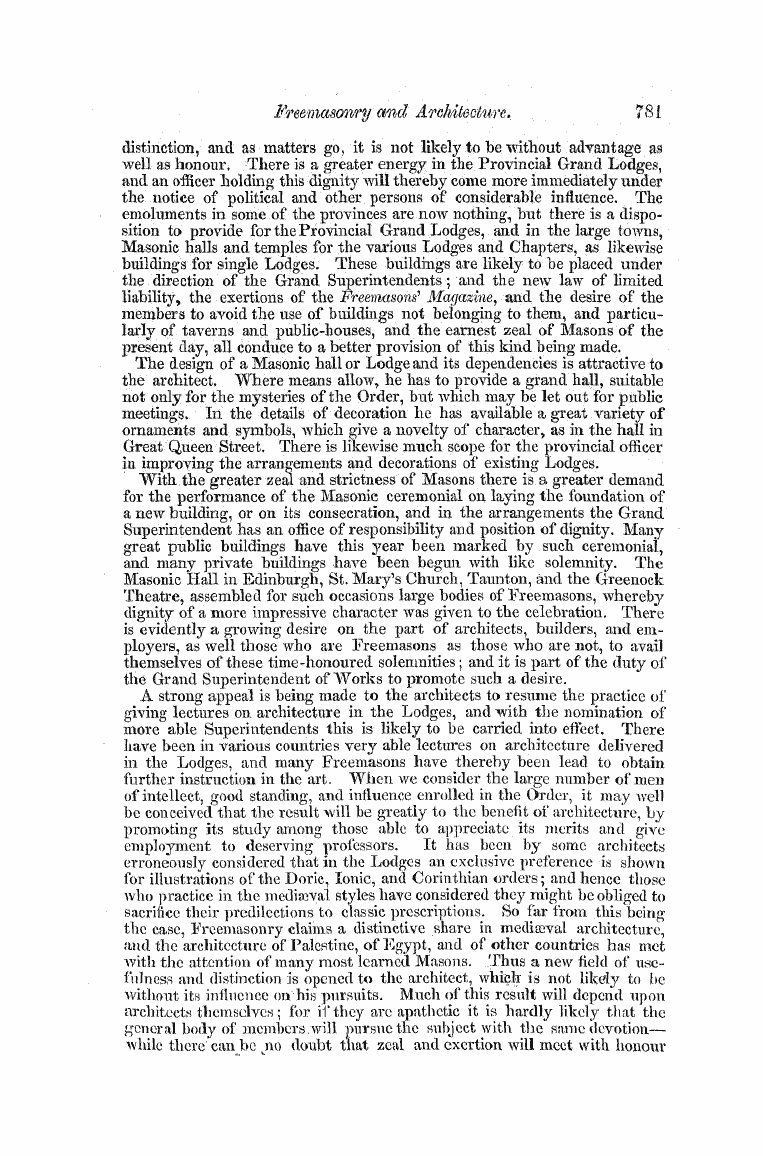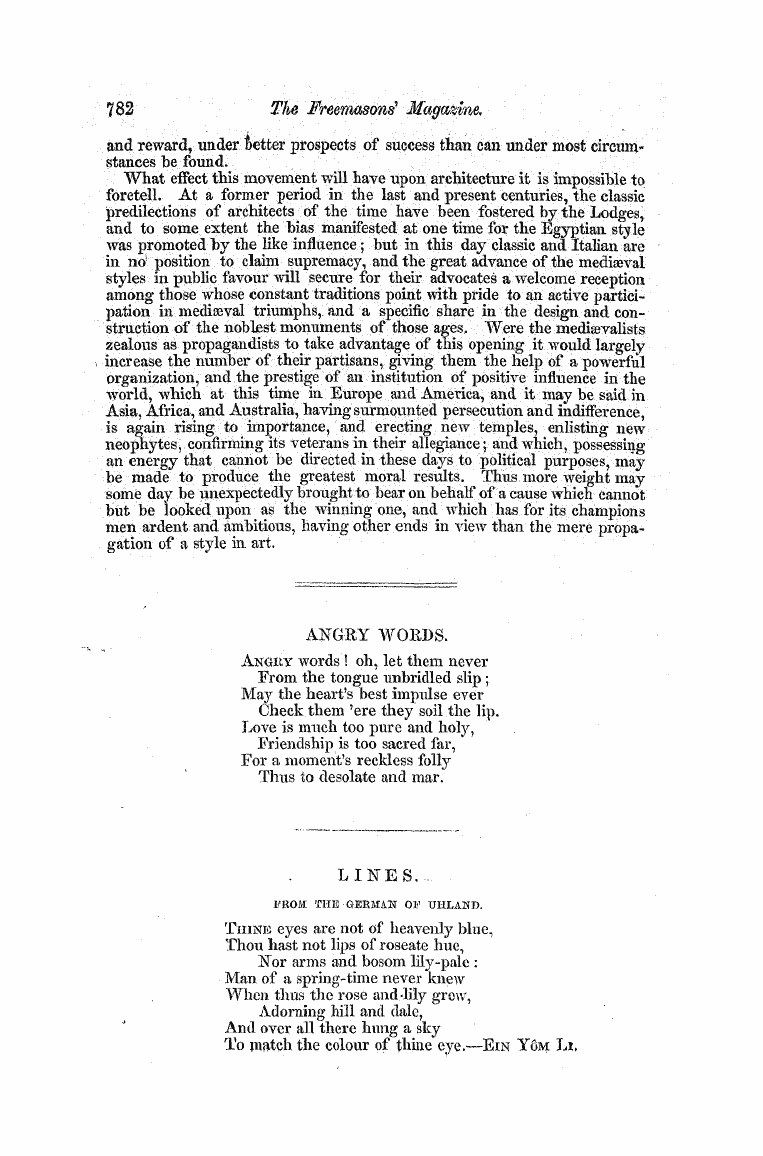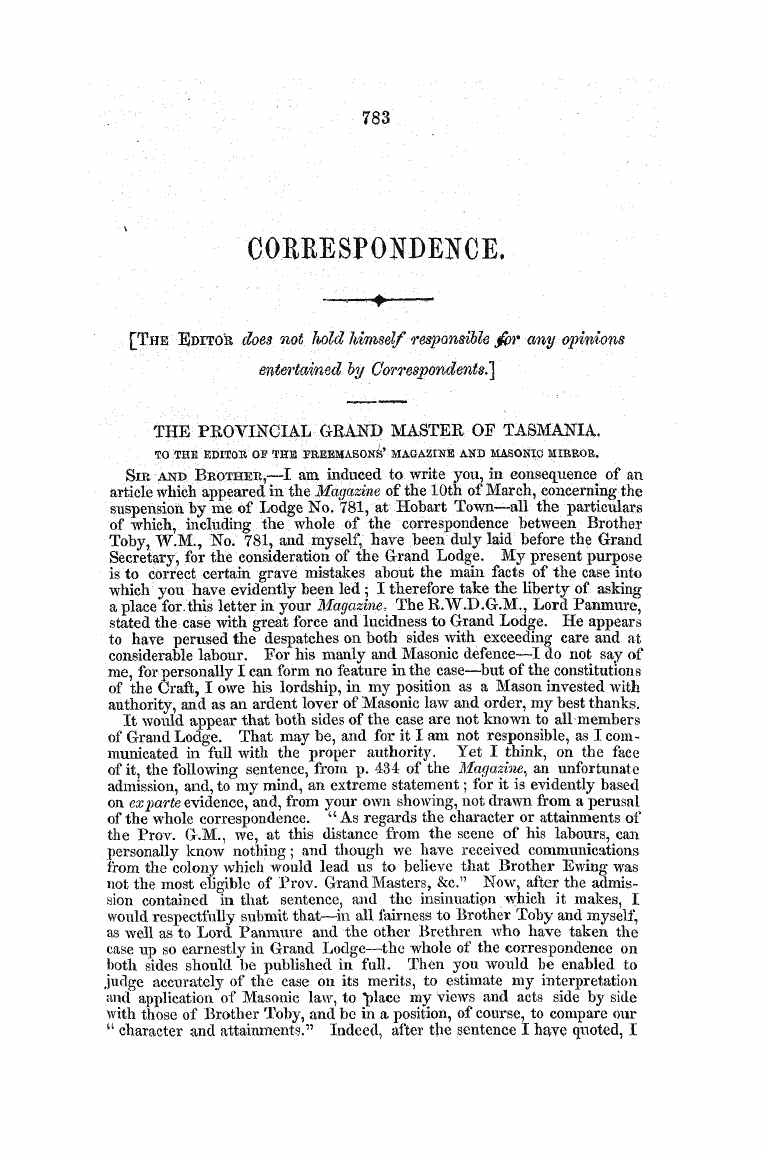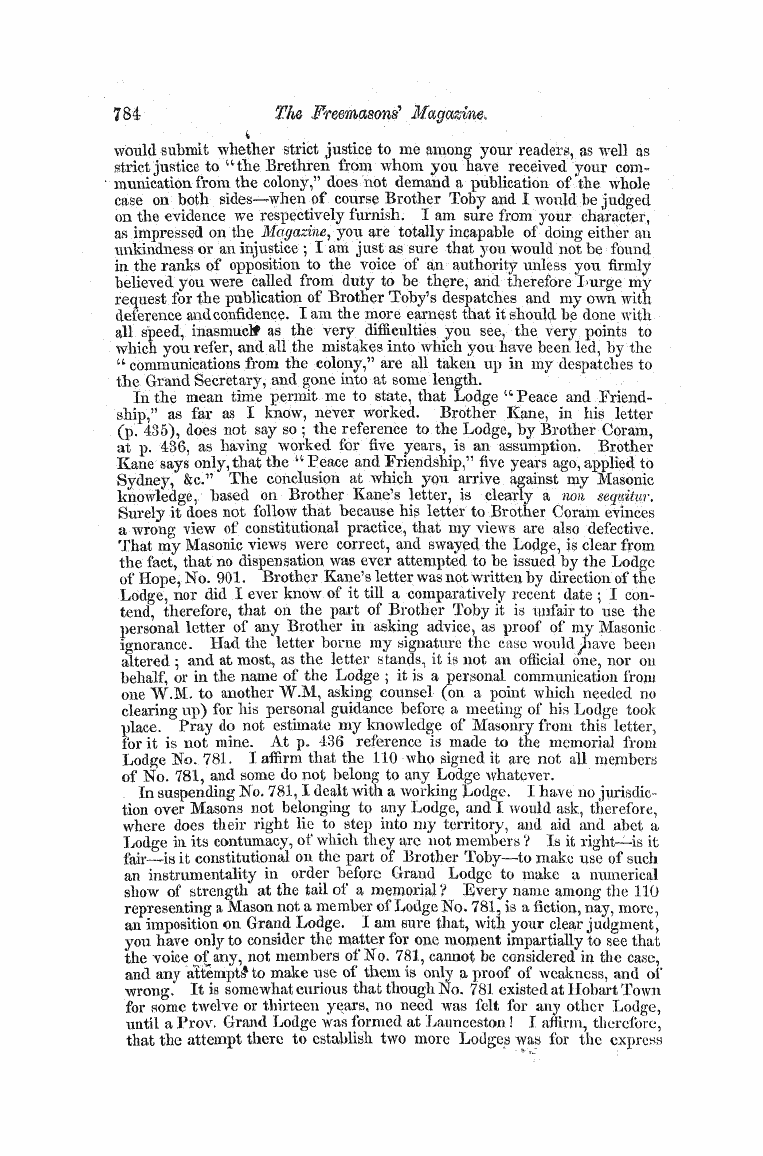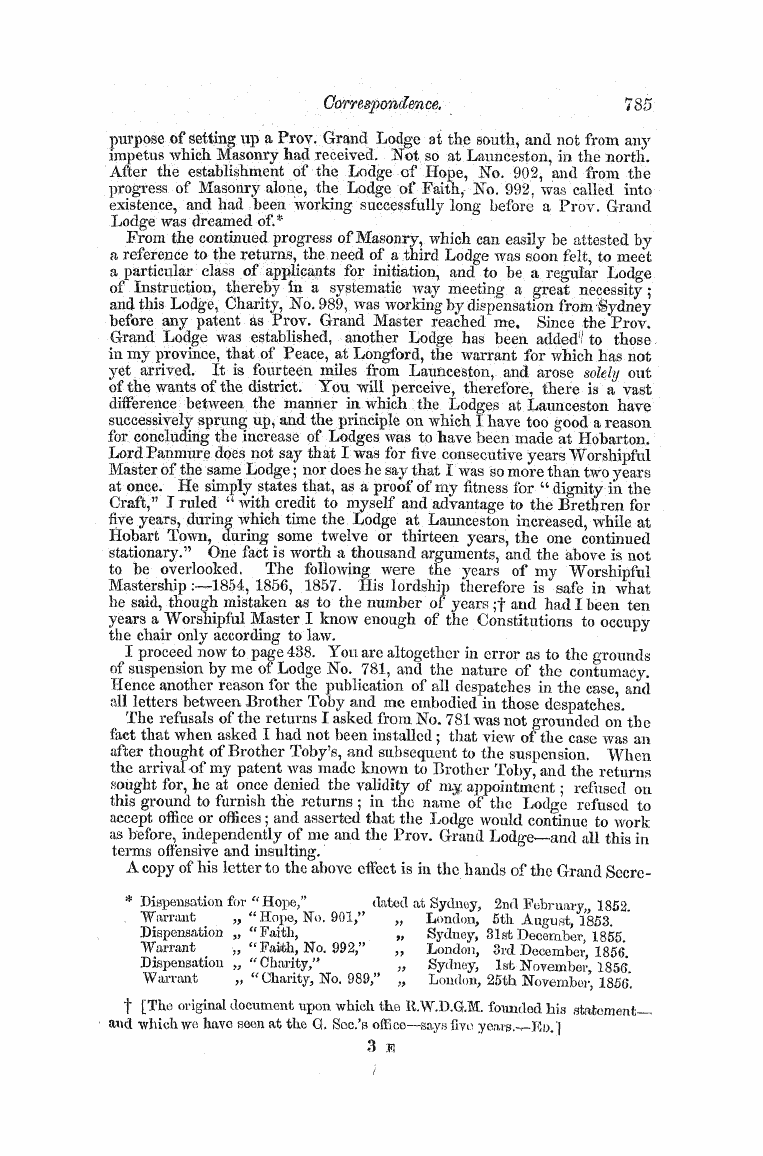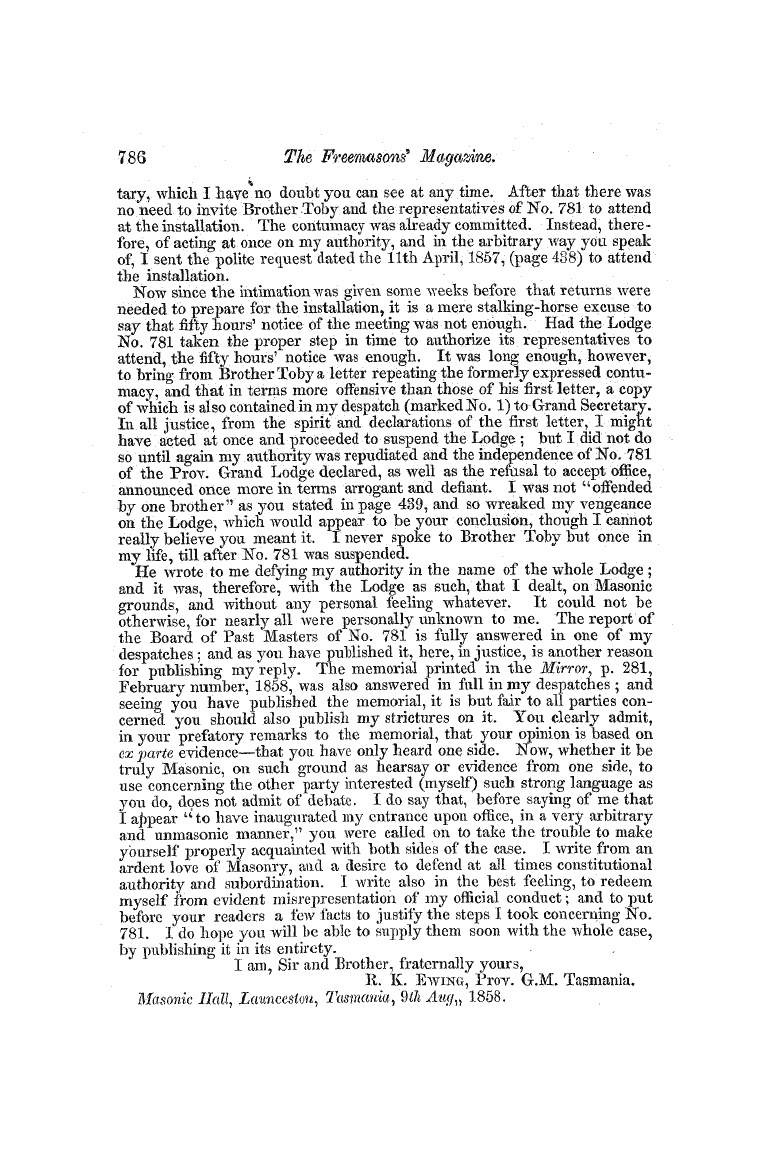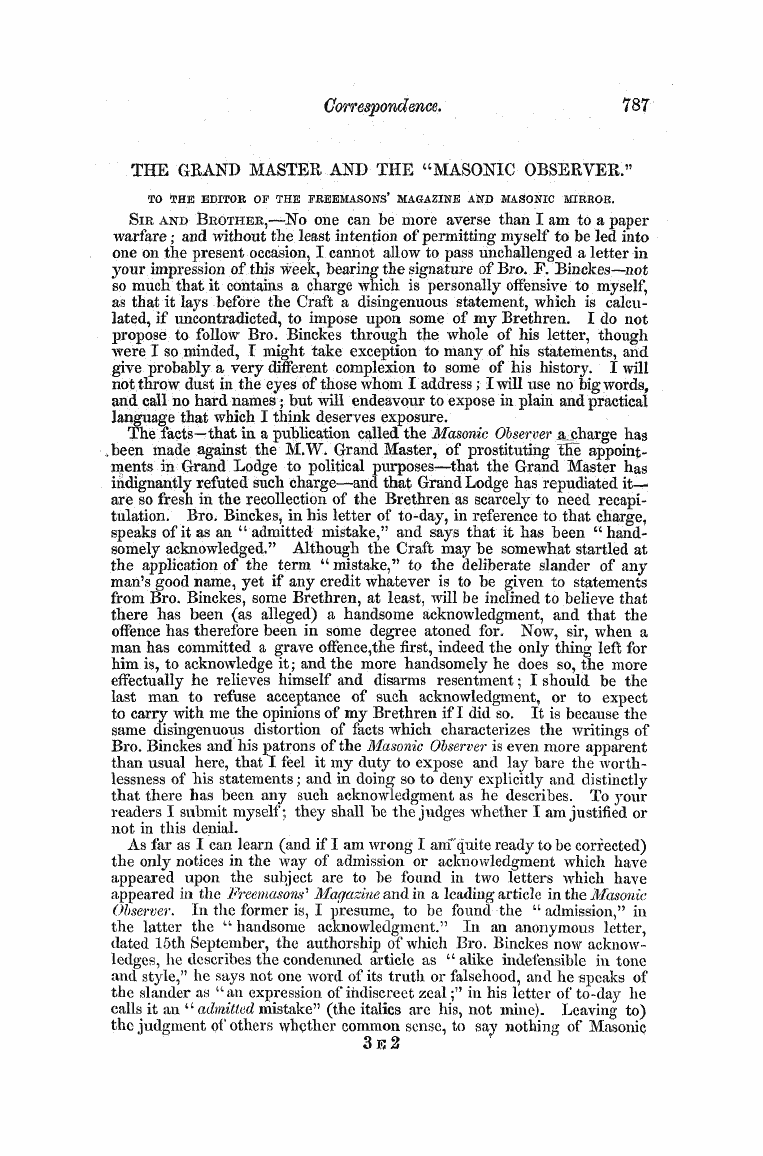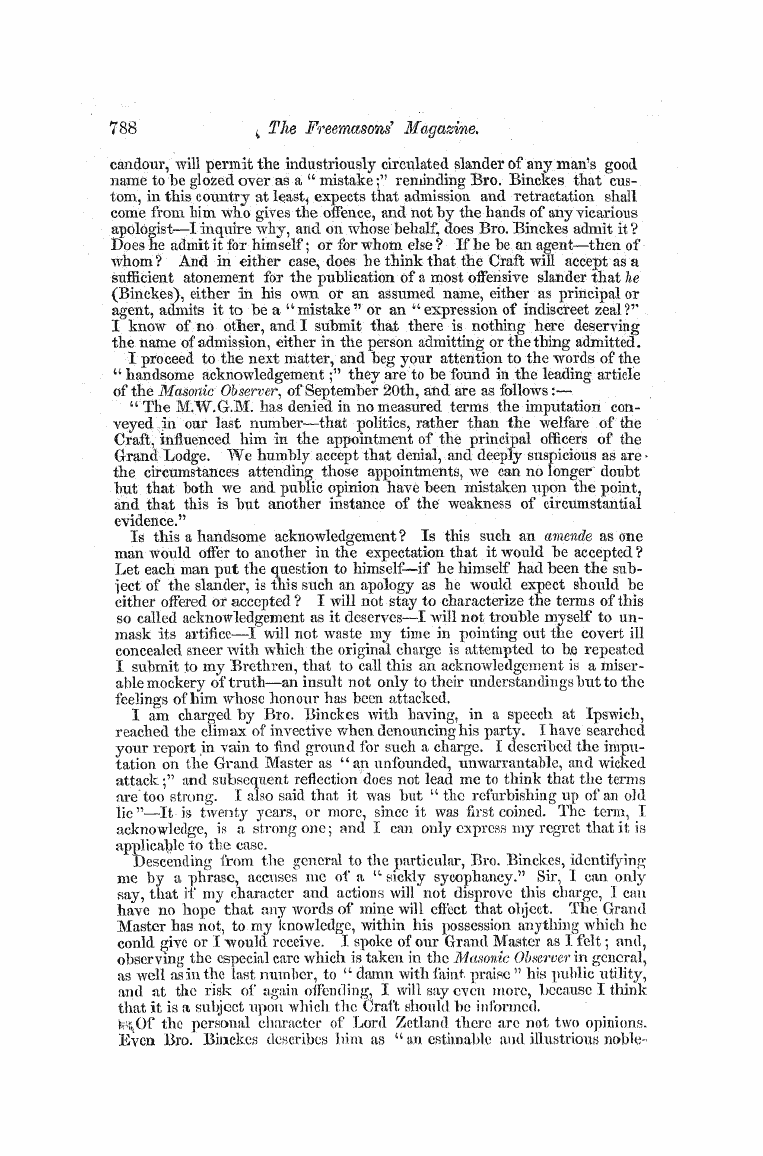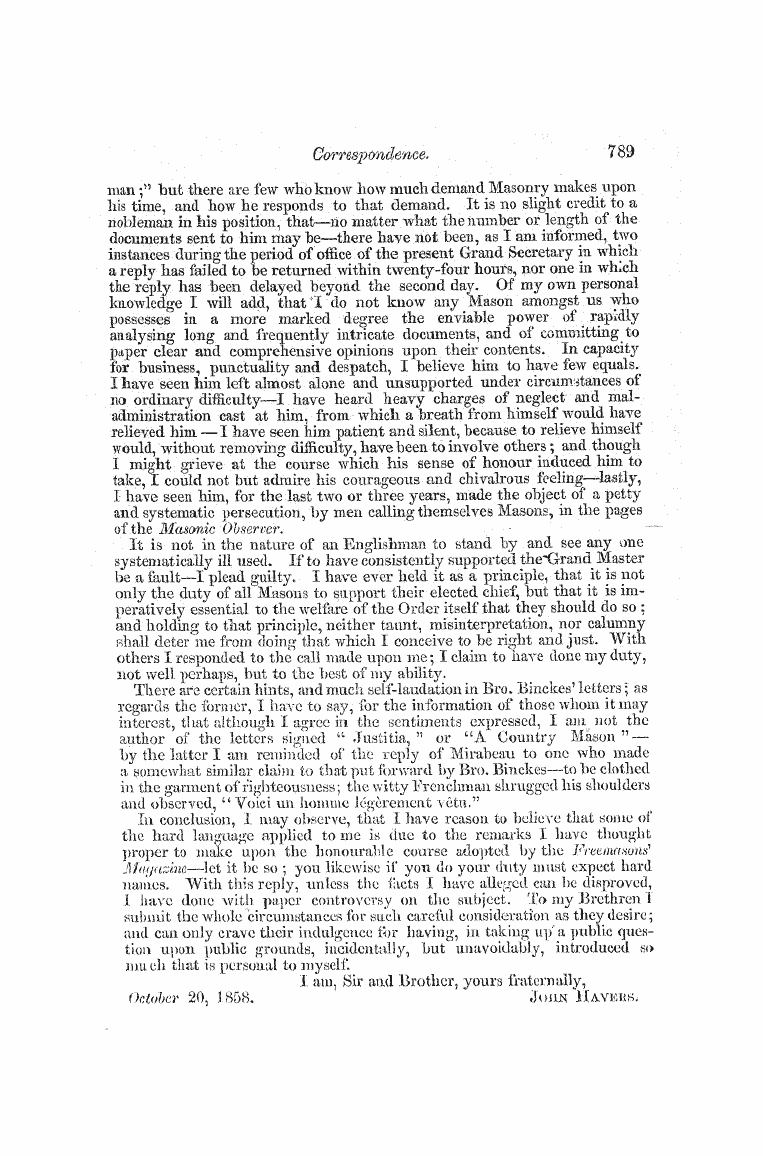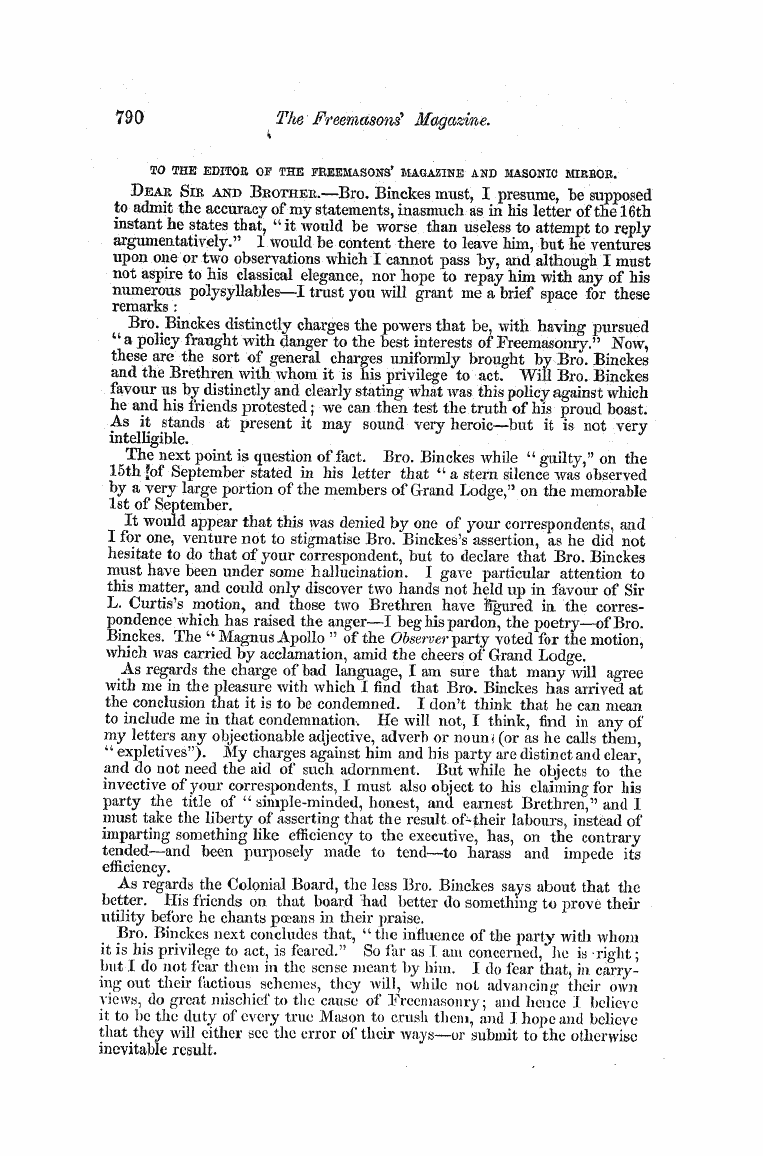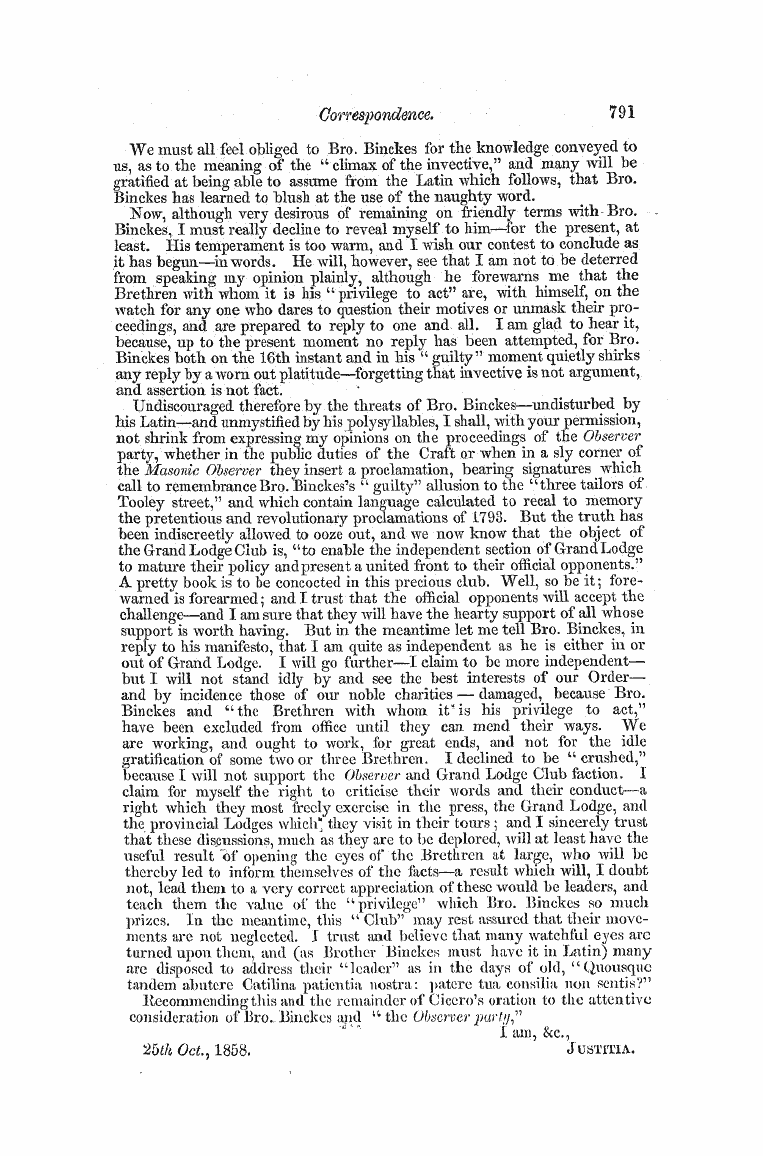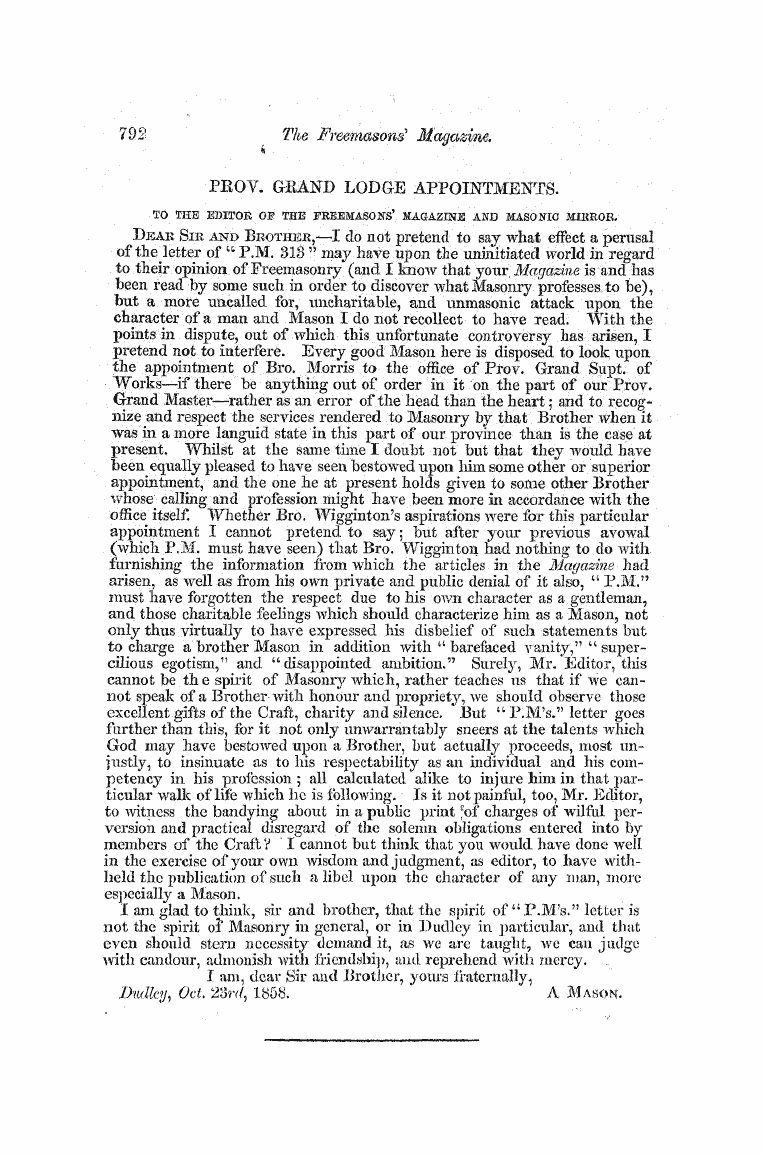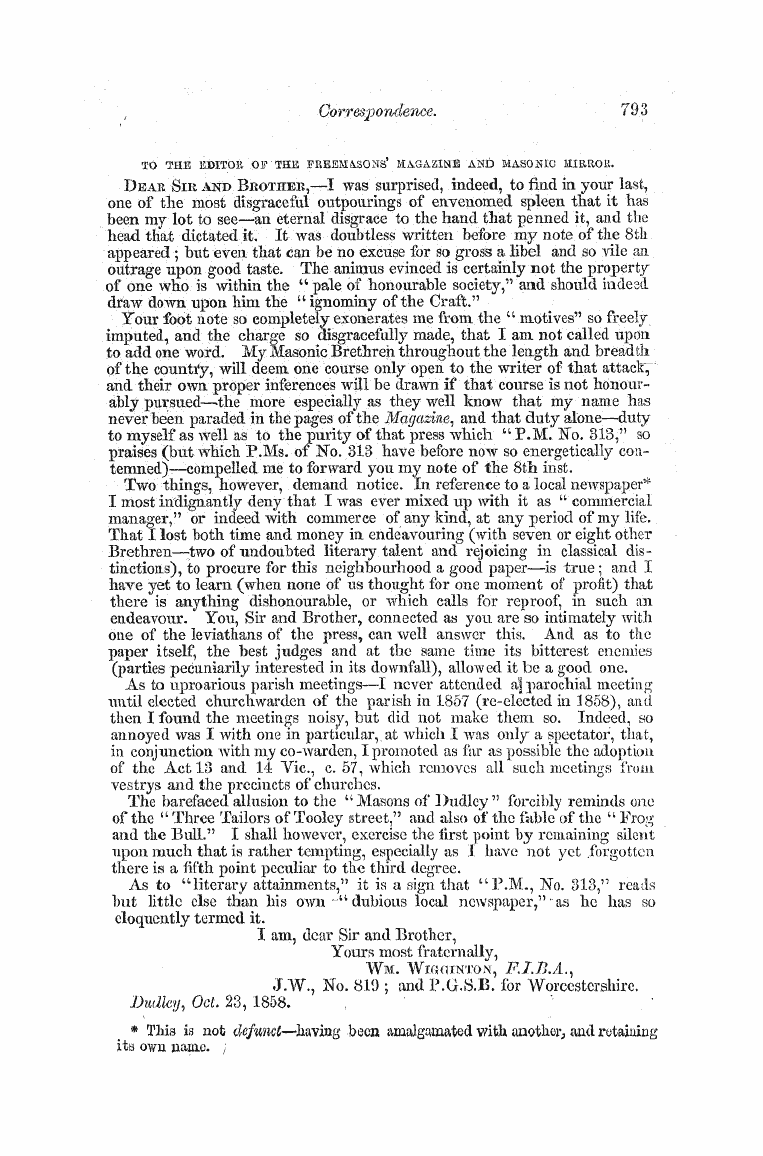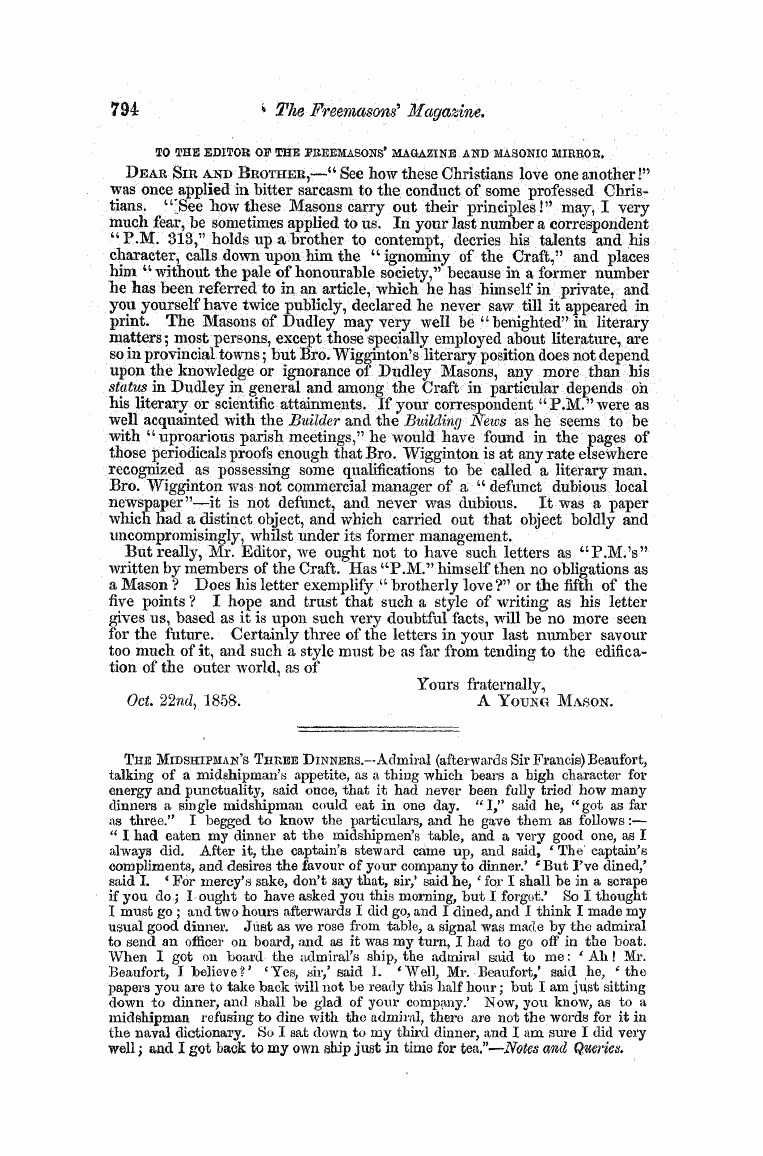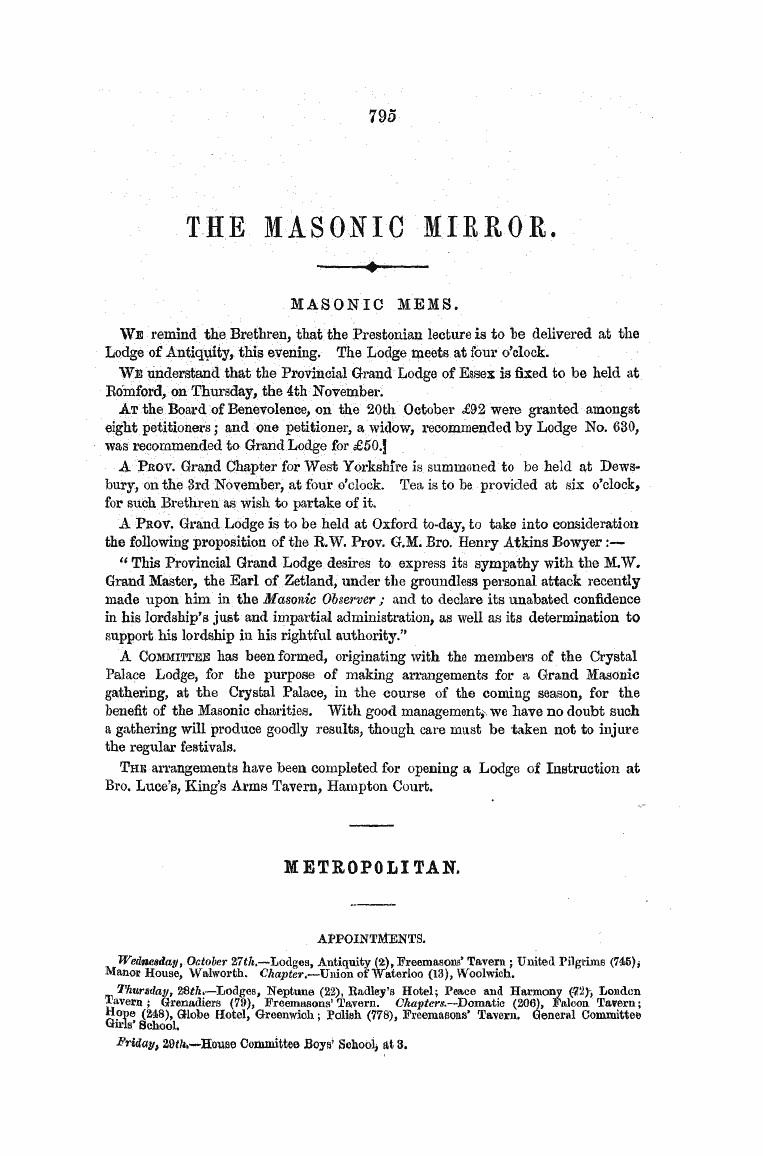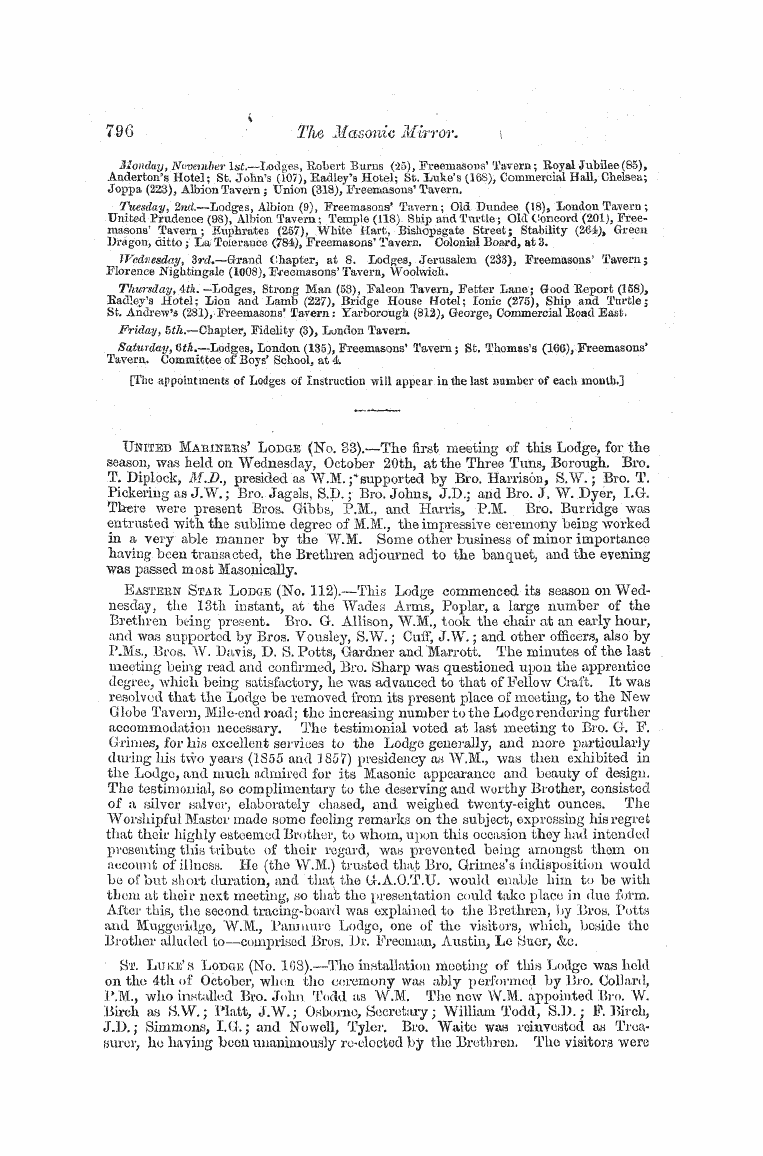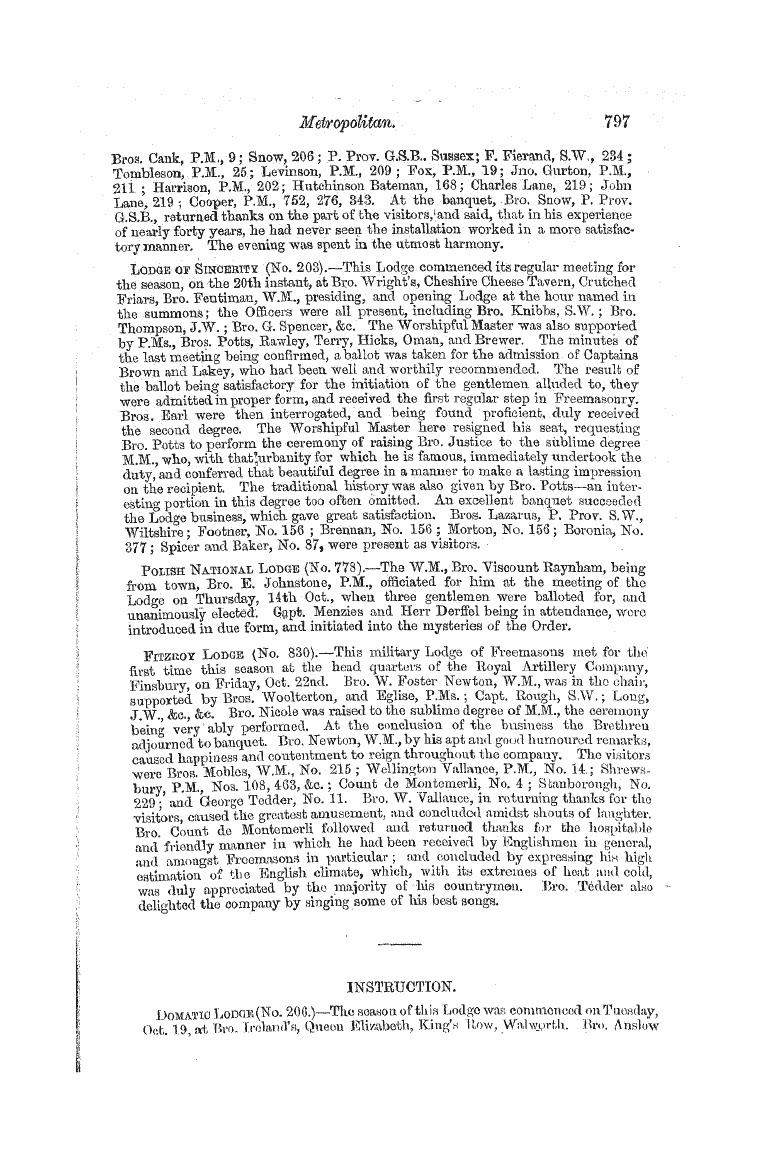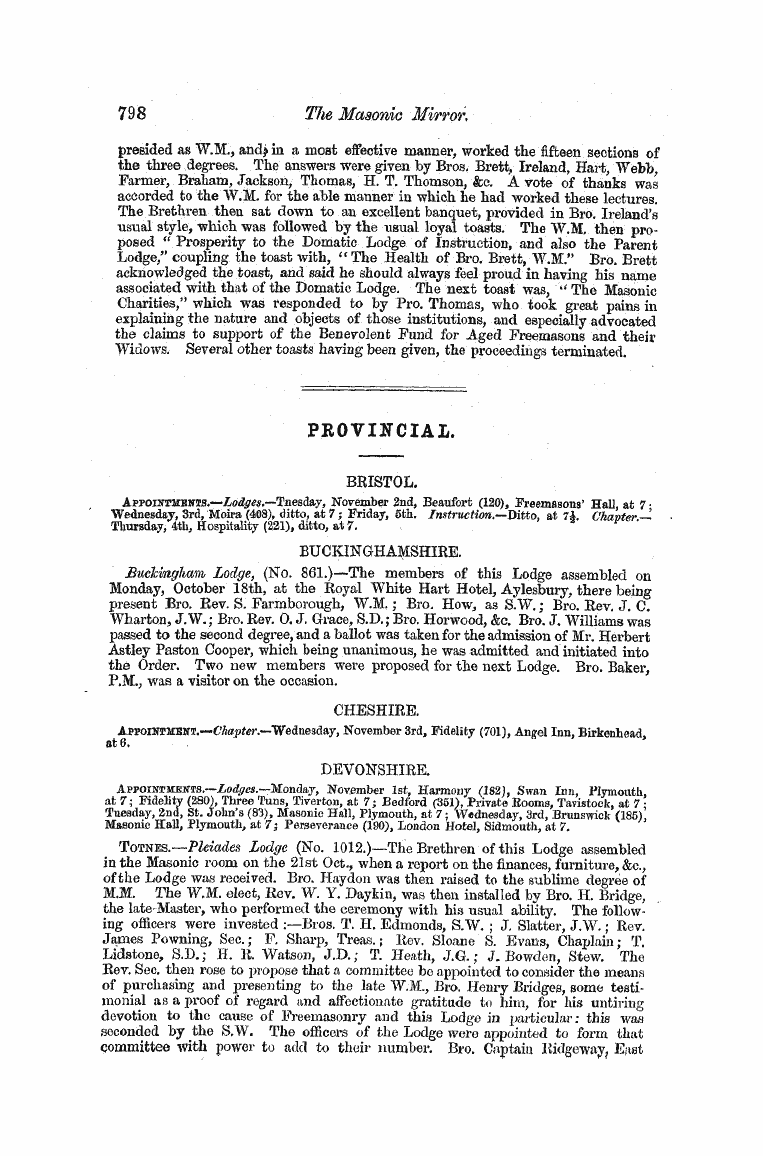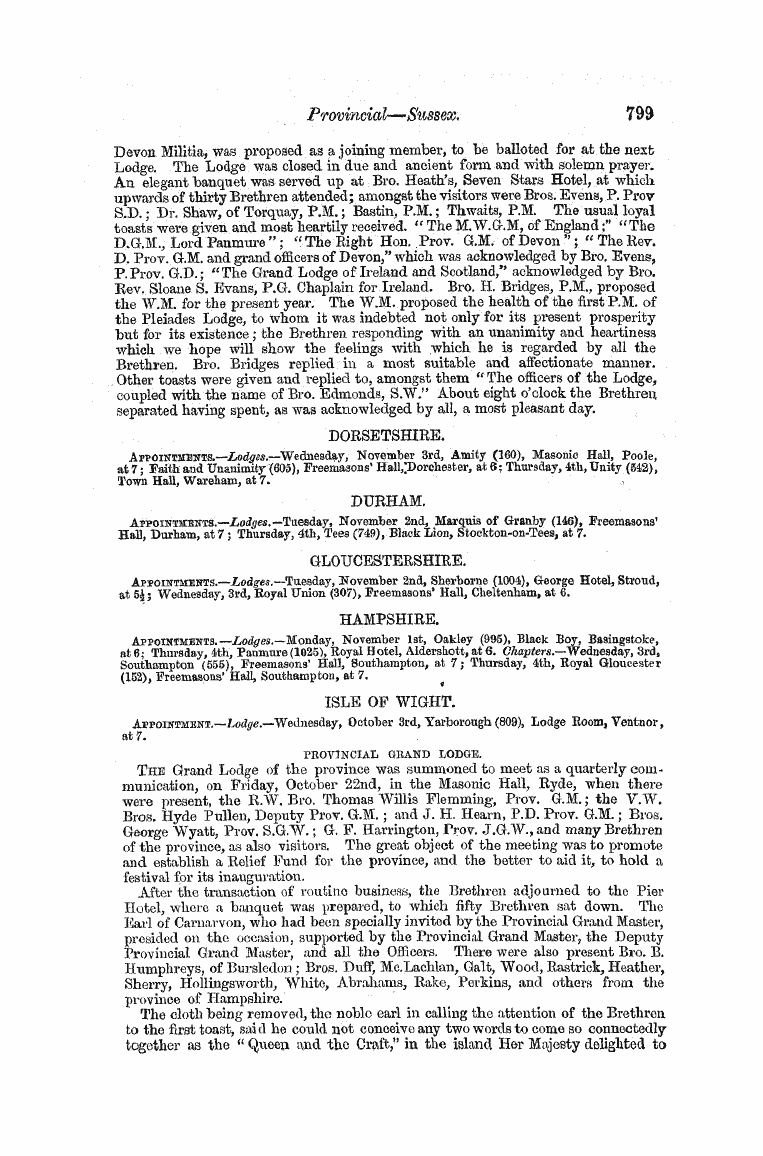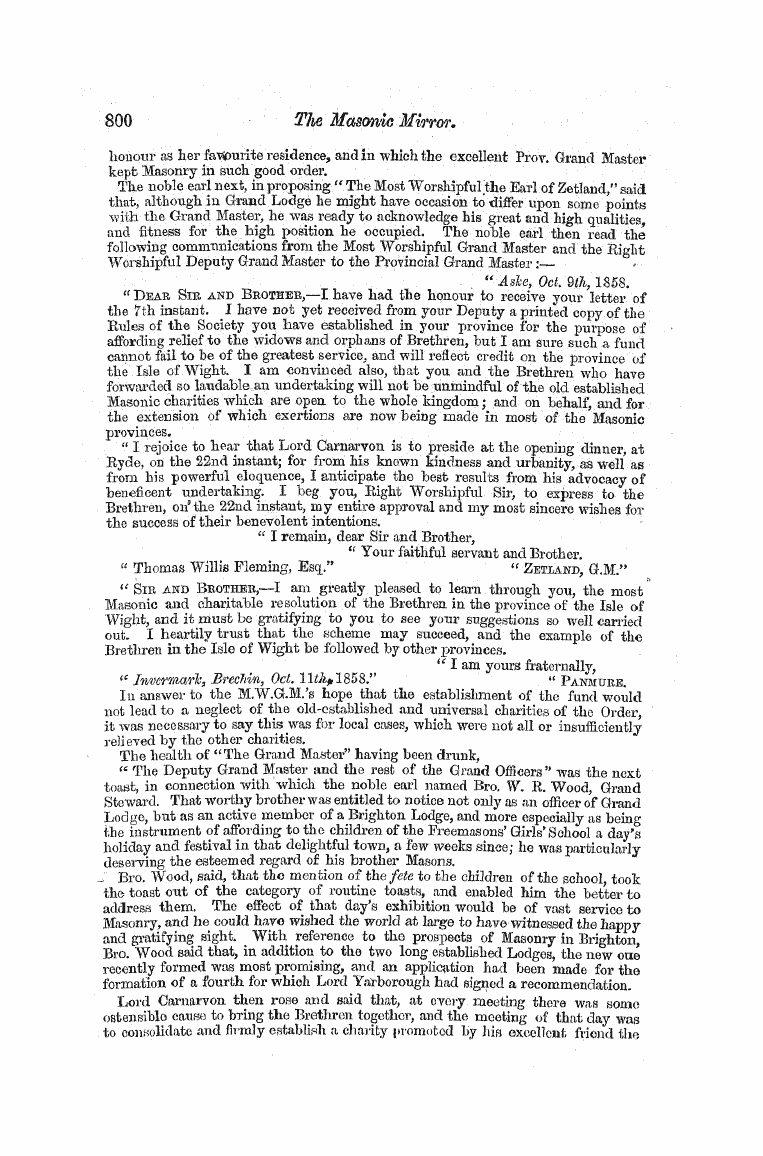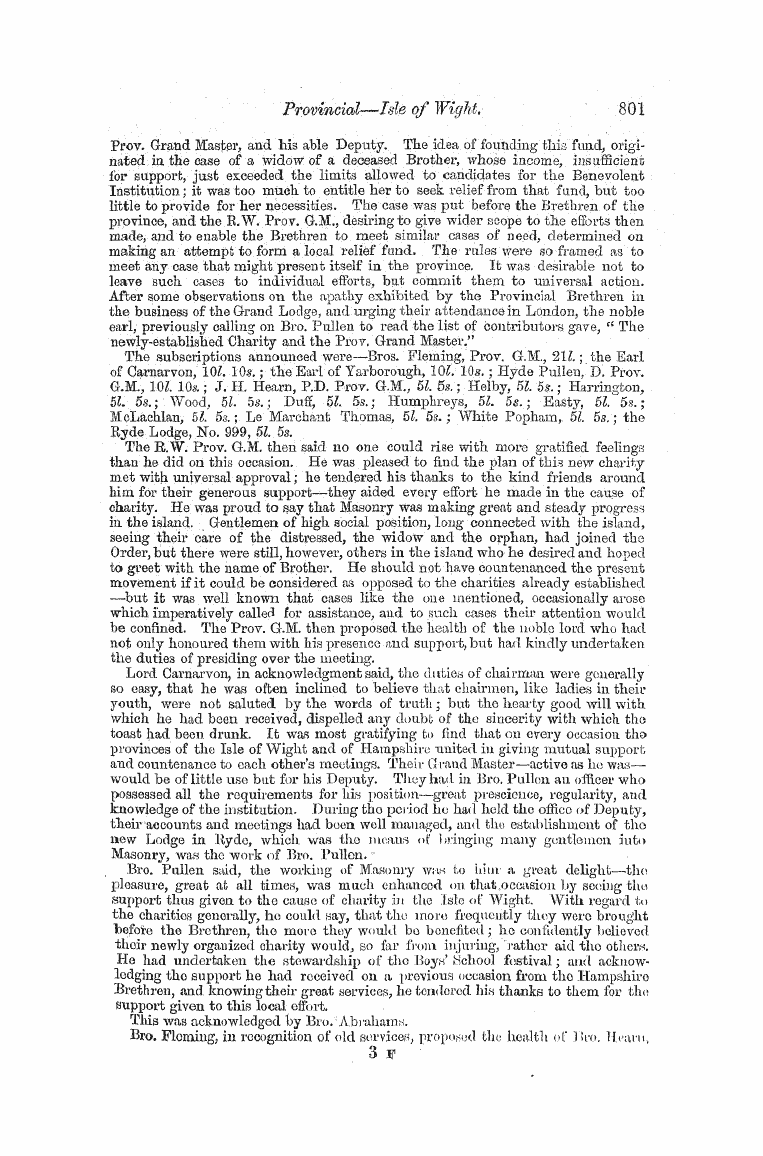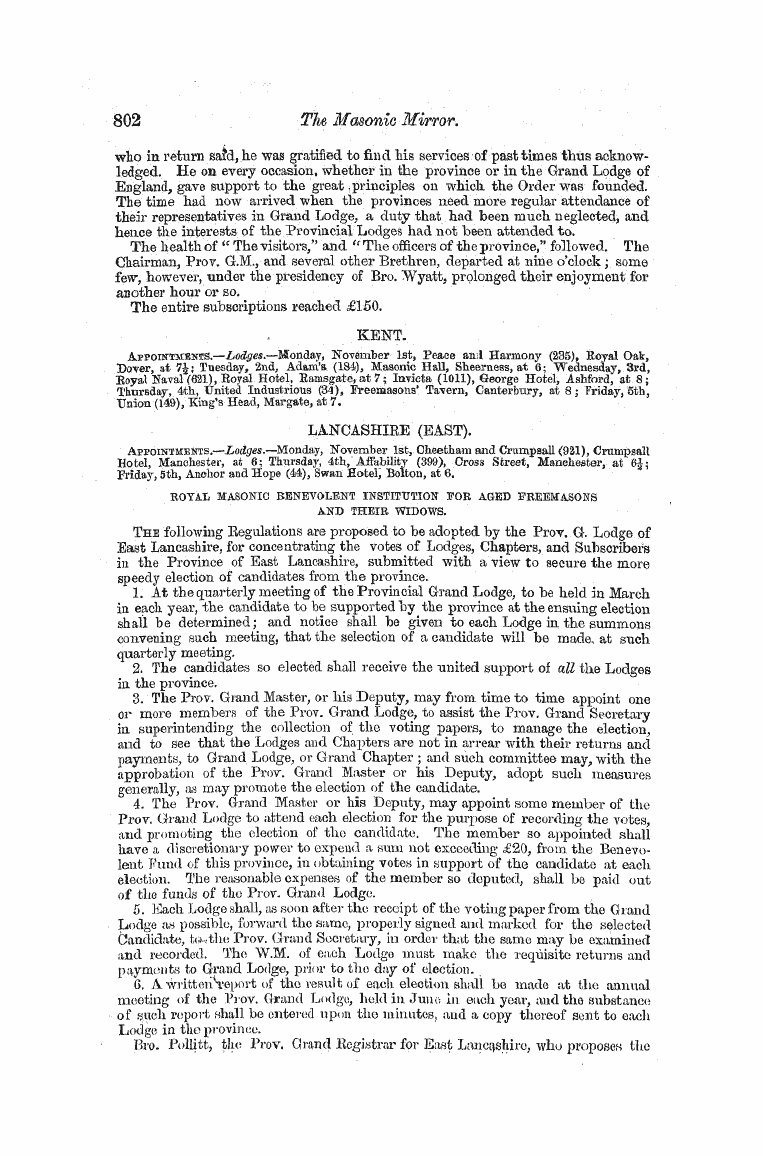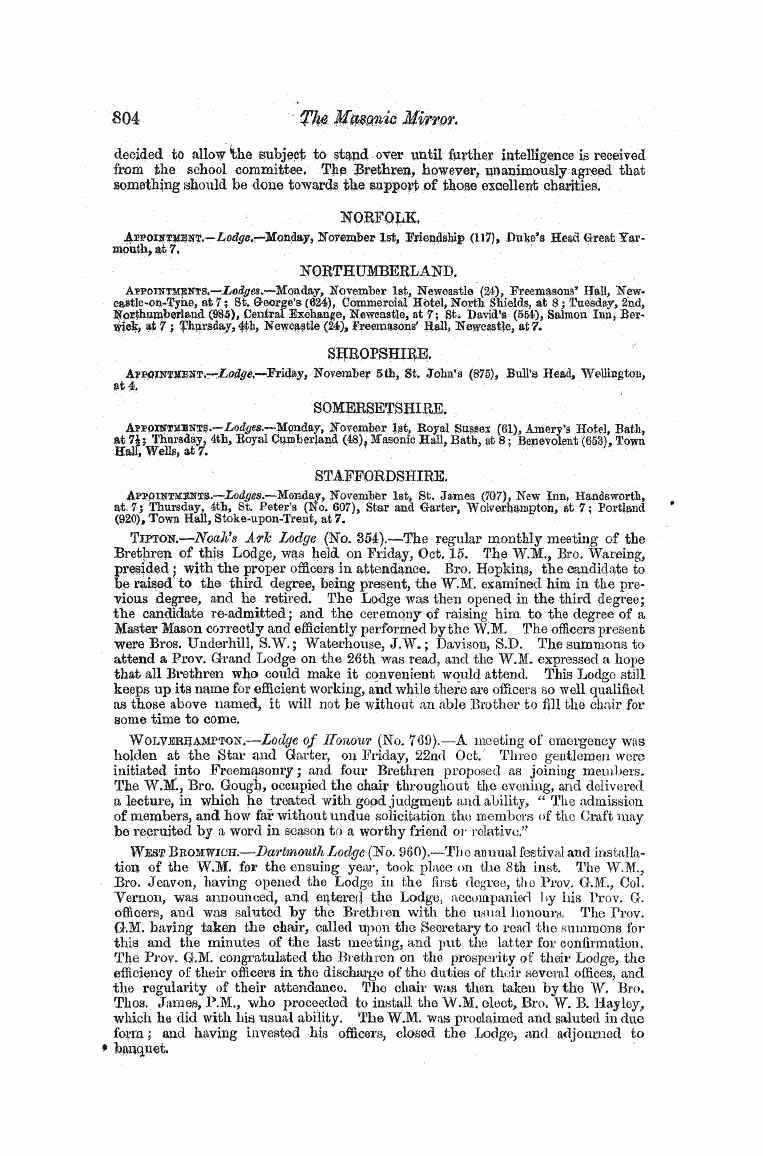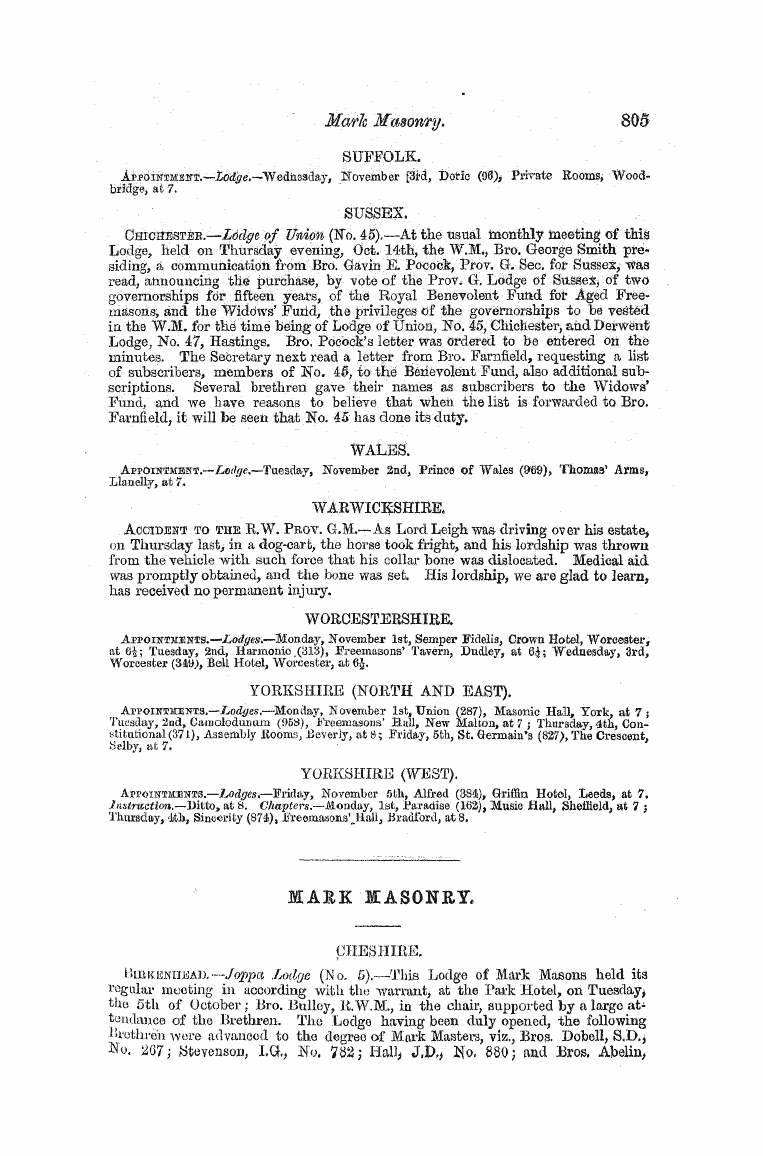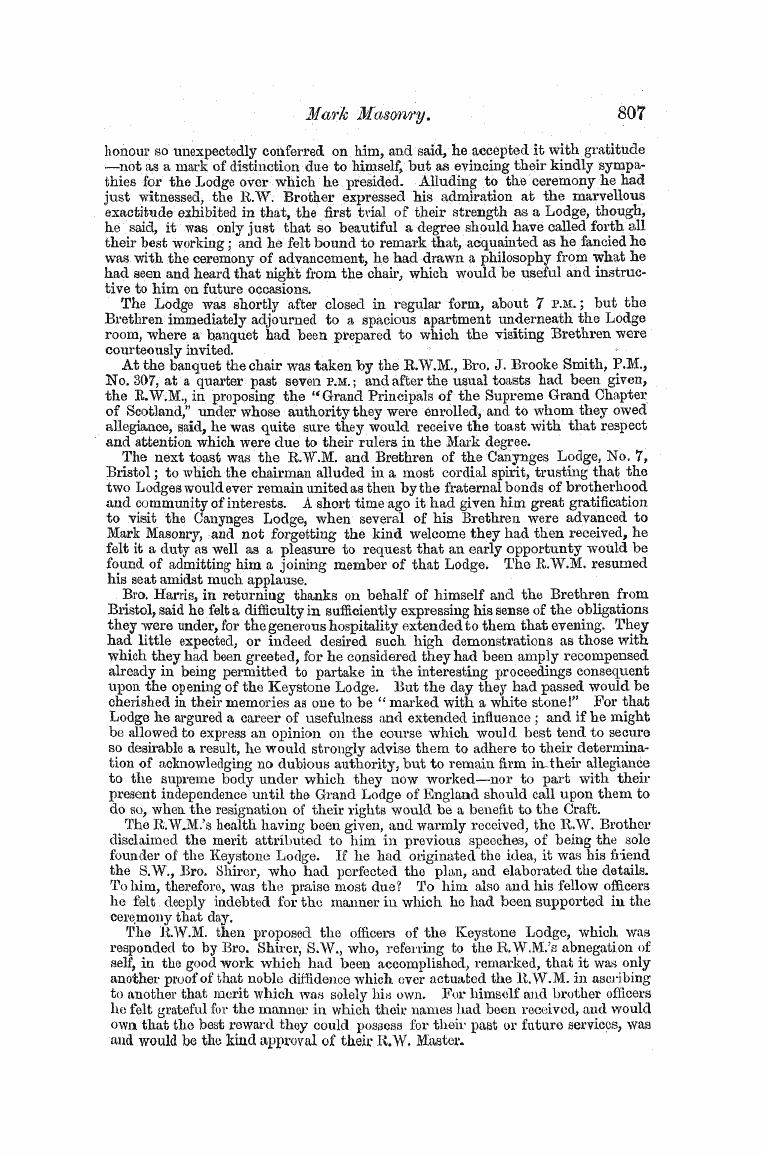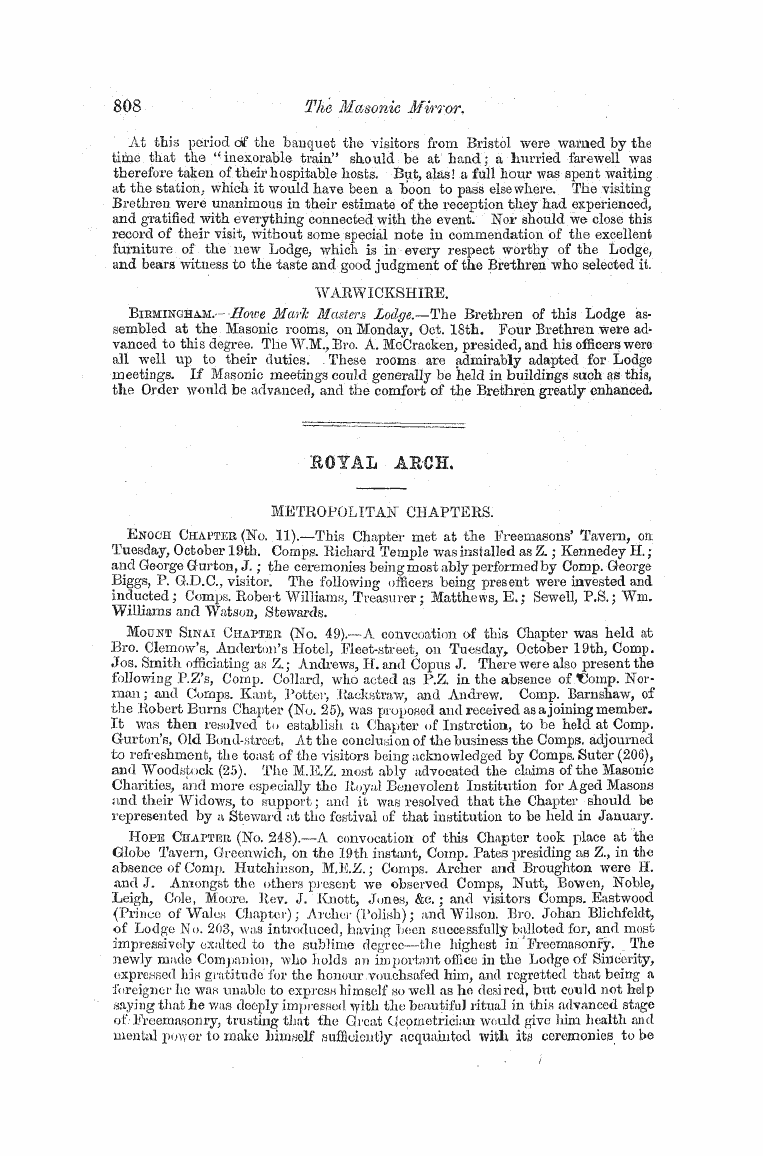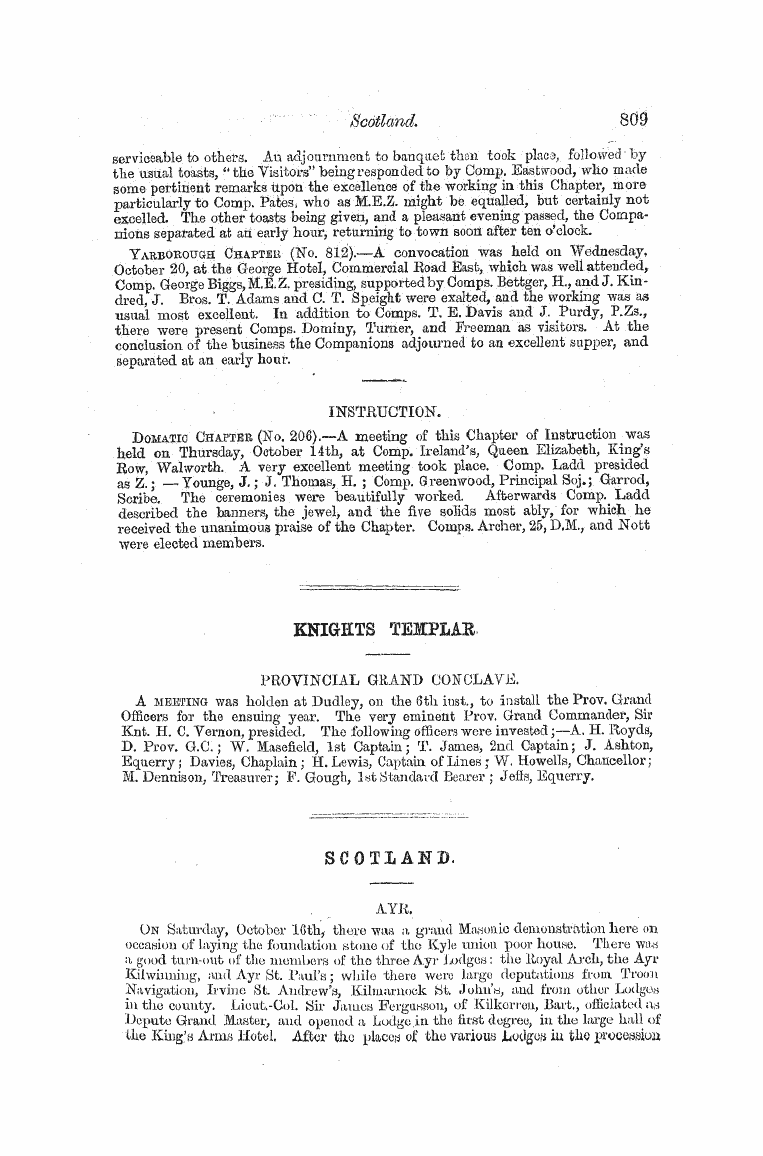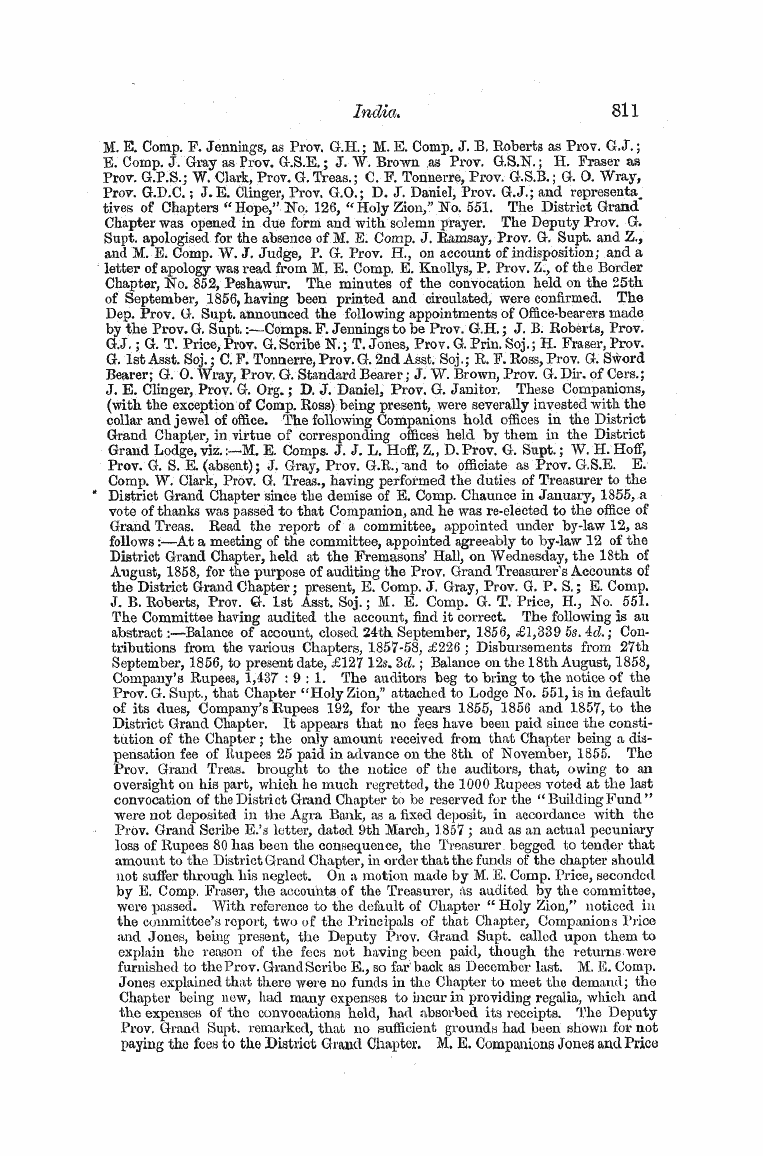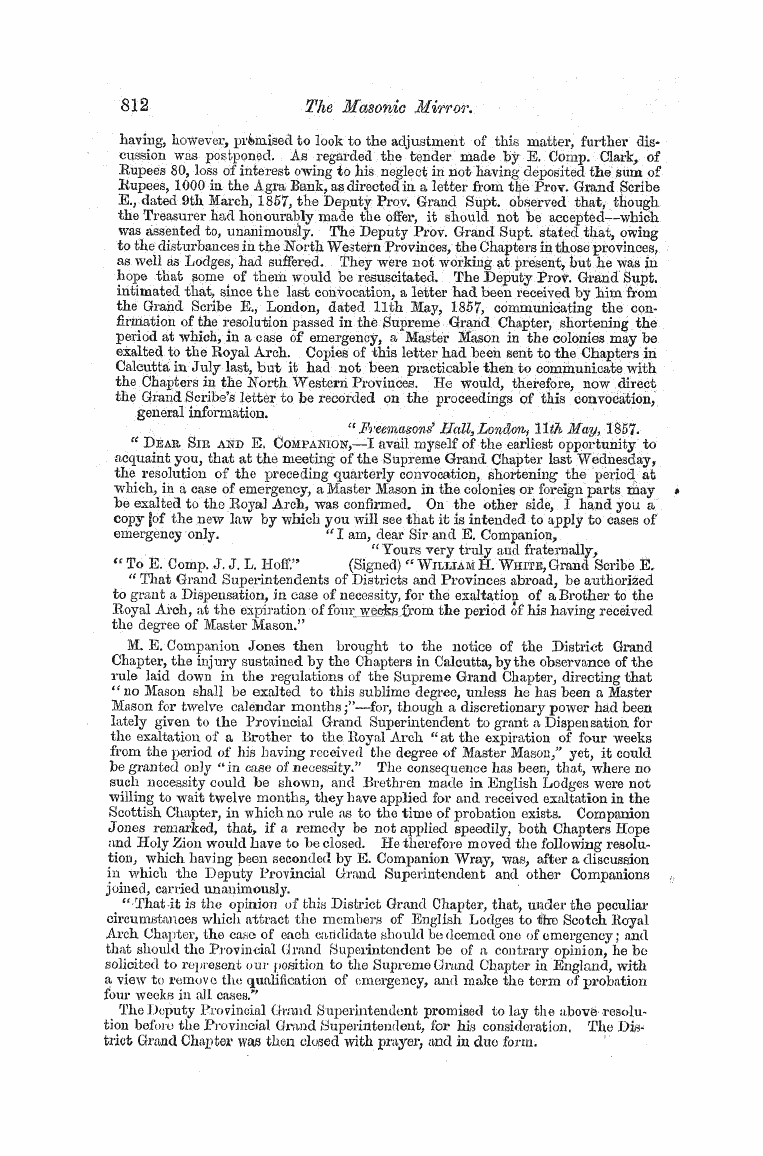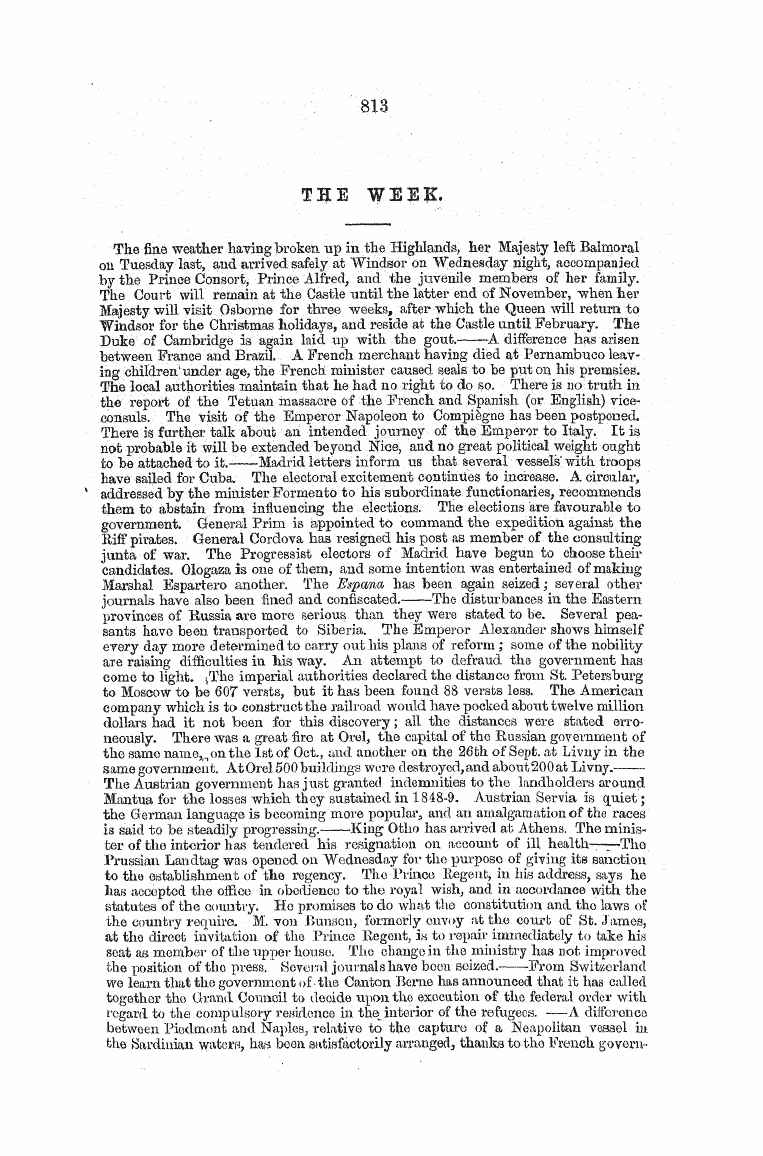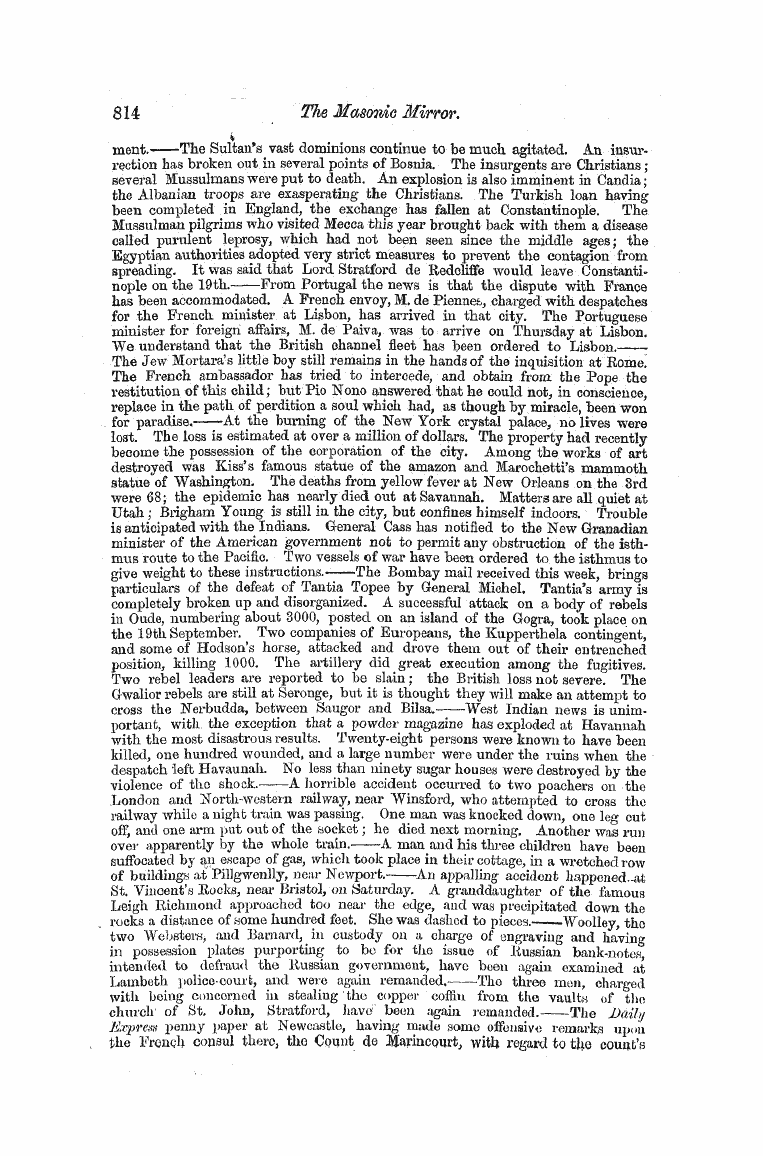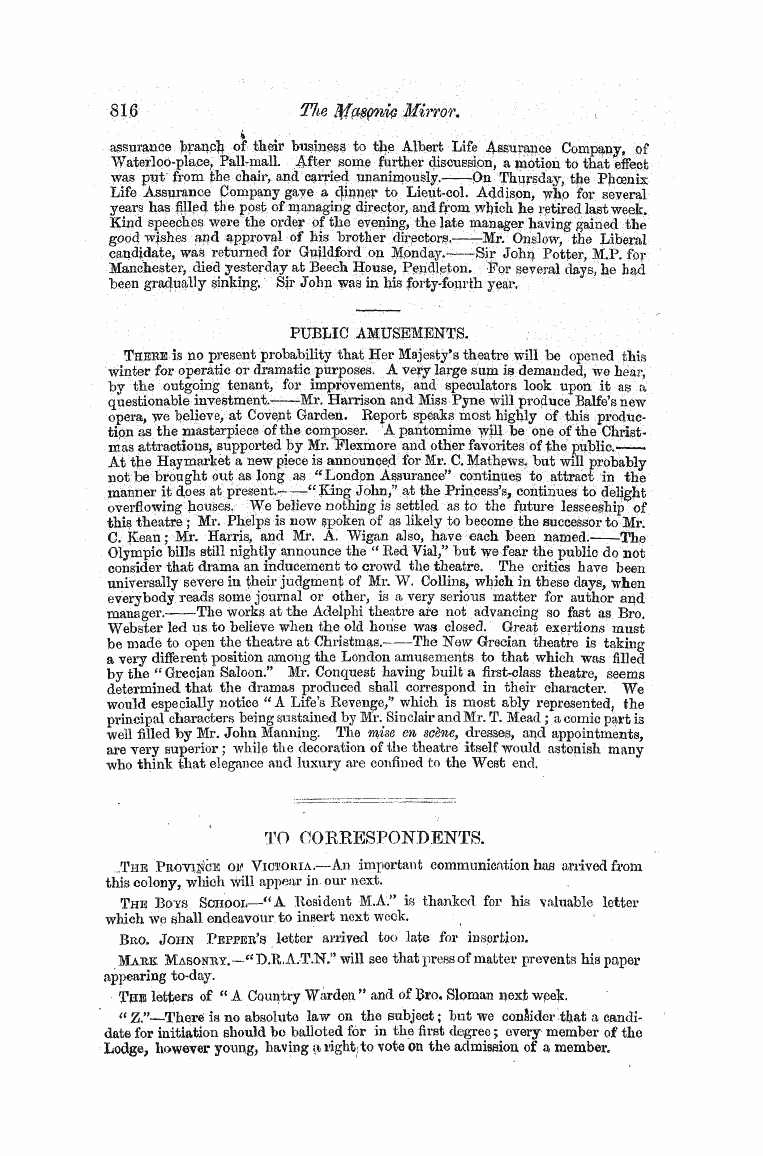-
Articles/Ads
Article ANGLO-SAXON HISTORY ILLUSTRATED BY TOPOG... ← Page 4 of 5 →
Note: This text has been automatically extracted via Optical Character Recognition (OCR) software.
Anglo-Saxon History Illustrated By Topog...
of these latter by theirs Blavonia , the Scandinavian population moved south ; who then were called Danes . The Huns of Bede I identify with the Hunsing , one of the four great tribes of the Erizians , and this relieves him from the classification , of Mongols with Germani .
The Savons are acknowledged . The Boructuari are Imowir as a Germanic people and in close intercourse with the Saxems . To these are to be added Vandals , Burgundians , Eranks , and most likely the Goths and Longbeards . These people , cornmonly called nations , were no more than
confederations of clans , portions of clans , and individuals ; and so far from Kent being occupied by a Jute nation , or Essex by a Saxon nation , each country was occupied by Jutes and Saxons with members of all the other confederations , but in this case formin g mew confederations under the name of . Kent , Essex , and the East English . The same people are to be traced , for instance , by their names , as taking part
in the settlement of the countries comnaonly distinguished as Jutish , Saxon , and Angle . There were differences of nation and dialect among these populations , ancl it is most likely that the Frizian confederations were chiefly composed of members of that race | but also in those days as in these , Erizians , Netlierlanders , and Low Germans of various races and dialects were intermixed . In England there were two strongly marked dialects , distinguished
by their several pronunciations of ch and k ; but these were not kept apart , the one to the north and the other to the south , but alongside of each other throughout the country , though there was a preponderance of one class in the north , and of another in the south . In the neighbourhood of London we find Woolwich and Wickham , Chiswick and Greenwich ; and in the north Chester and Caster . Throughout the country the clans were the same , their members
closely intermixed , so that no clan dominated in any district , as supposed by Kemble ; though where one confederation dominated , as West Saxons , for instance , one type might become prevalent throughout the commonwealth . It is , however , strange to find that the relationship of the East Saxons is with the East English , rather than
with the West Saxons , and of the Mid English with the West baxons rather than with the East English . On examining the names given by Kemble as clan names , it will be seen that many refer to natural objects , and to Buch as could be readily represented . Thus we have animals , trees , the bodies in the heavens , and colours . In conformity with tho theory which would be expected to govern , these names are found conformable in Germania and in Britain ,
showing that the same system prevailed . It is commonly considered , according to modern doctrines , that a man is called Bull or Moon , for some nickname given to him during
Note: This text has been automatically extracted via Optical Character Recognition (OCR) software.
Anglo-Saxon History Illustrated By Topog...
of these latter by theirs Blavonia , the Scandinavian population moved south ; who then were called Danes . The Huns of Bede I identify with the Hunsing , one of the four great tribes of the Erizians , and this relieves him from the classification , of Mongols with Germani .
The Savons are acknowledged . The Boructuari are Imowir as a Germanic people and in close intercourse with the Saxems . To these are to be added Vandals , Burgundians , Eranks , and most likely the Goths and Longbeards . These people , cornmonly called nations , were no more than
confederations of clans , portions of clans , and individuals ; and so far from Kent being occupied by a Jute nation , or Essex by a Saxon nation , each country was occupied by Jutes and Saxons with members of all the other confederations , but in this case formin g mew confederations under the name of . Kent , Essex , and the East English . The same people are to be traced , for instance , by their names , as taking part
in the settlement of the countries comnaonly distinguished as Jutish , Saxon , and Angle . There were differences of nation and dialect among these populations , ancl it is most likely that the Frizian confederations were chiefly composed of members of that race | but also in those days as in these , Erizians , Netlierlanders , and Low Germans of various races and dialects were intermixed . In England there were two strongly marked dialects , distinguished
by their several pronunciations of ch and k ; but these were not kept apart , the one to the north and the other to the south , but alongside of each other throughout the country , though there was a preponderance of one class in the north , and of another in the south . In the neighbourhood of London we find Woolwich and Wickham , Chiswick and Greenwich ; and in the north Chester and Caster . Throughout the country the clans were the same , their members
closely intermixed , so that no clan dominated in any district , as supposed by Kemble ; though where one confederation dominated , as West Saxons , for instance , one type might become prevalent throughout the commonwealth . It is , however , strange to find that the relationship of the East Saxons is with the East English , rather than
with the West Saxons , and of the Mid English with the West baxons rather than with the East English . On examining the names given by Kemble as clan names , it will be seen that many refer to natural objects , and to Buch as could be readily represented . Thus we have animals , trees , the bodies in the heavens , and colours . In conformity with tho theory which would be expected to govern , these names are found conformable in Germania and in Britain ,
showing that the same system prevailed . It is commonly considered , according to modern doctrines , that a man is called Bull or Moon , for some nickname given to him during































































